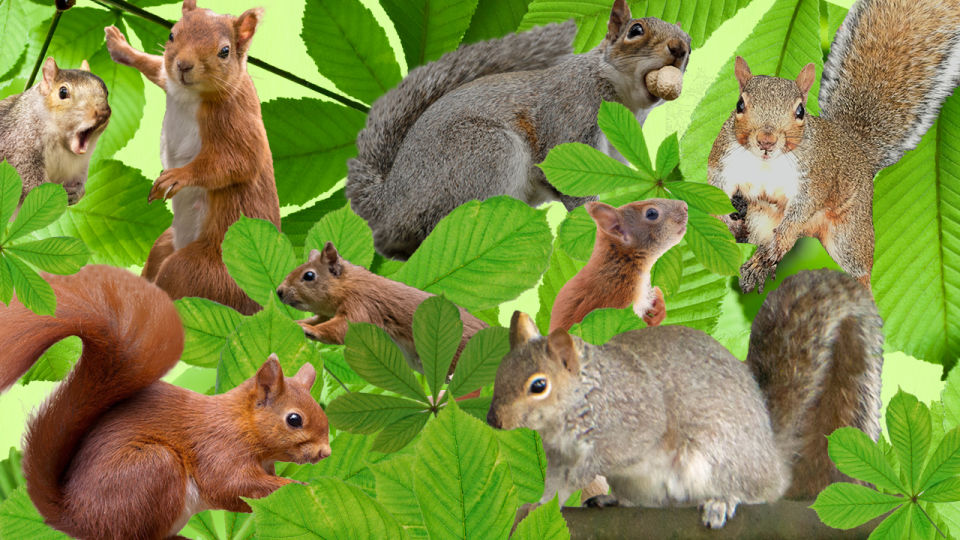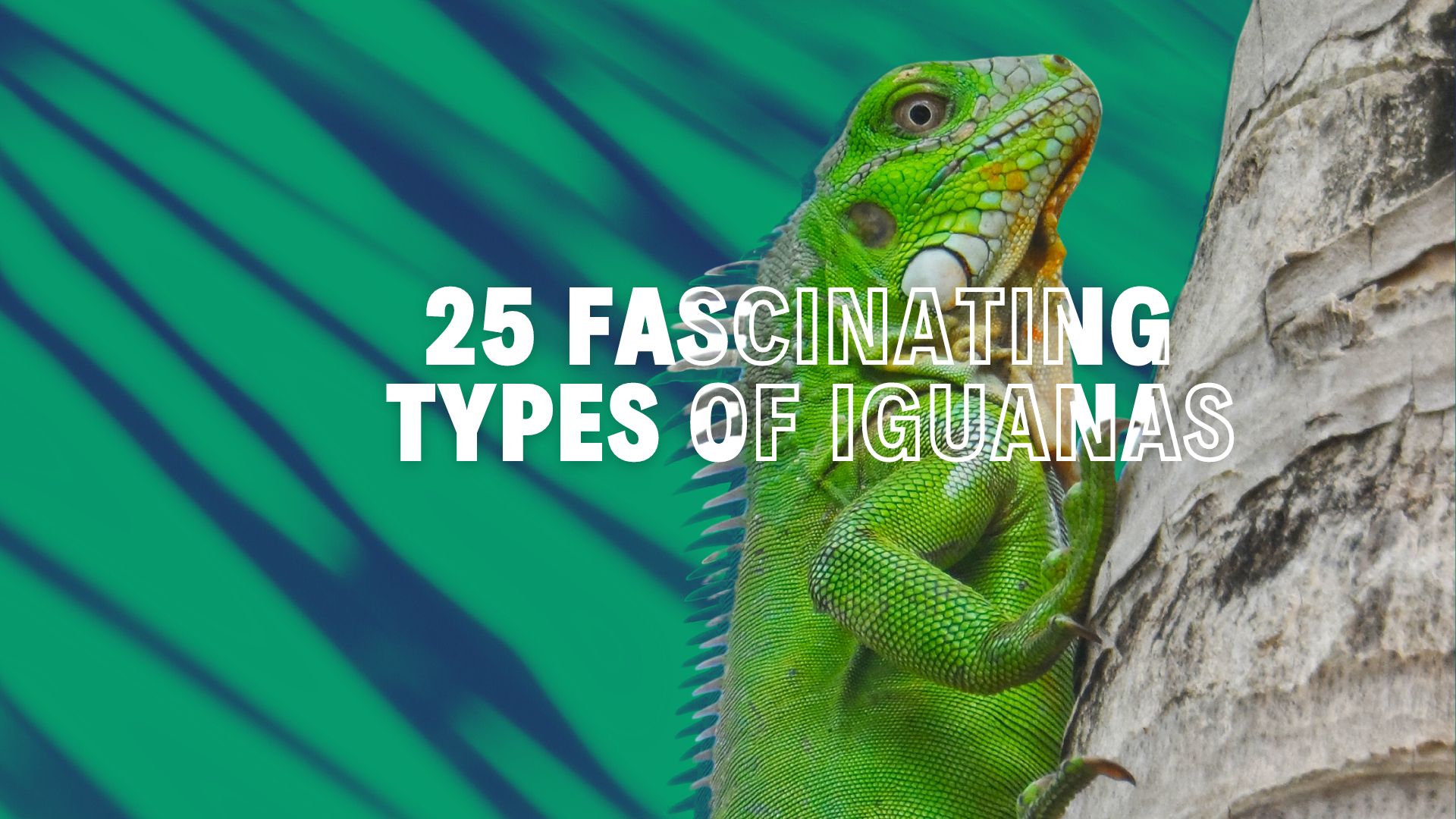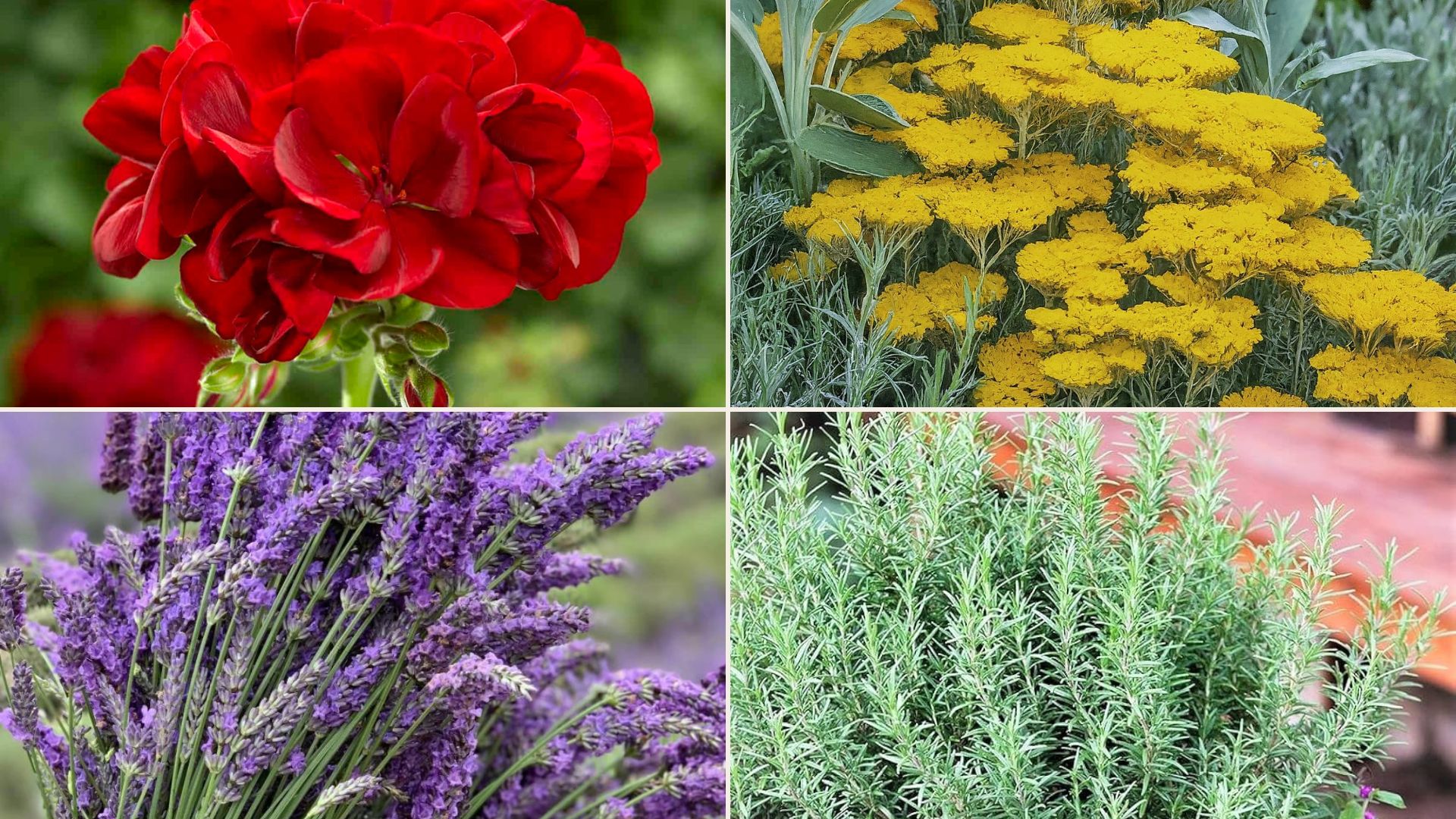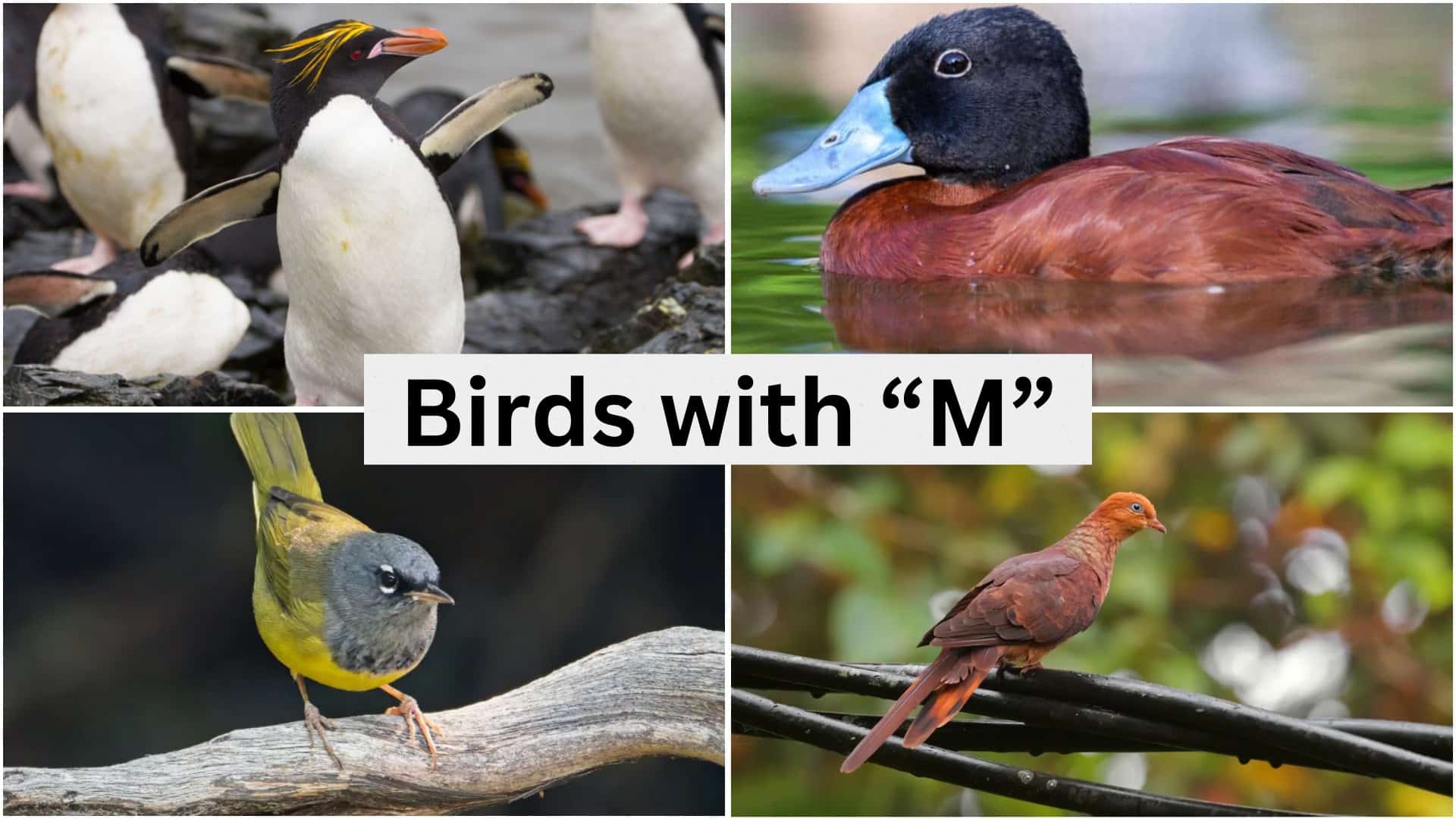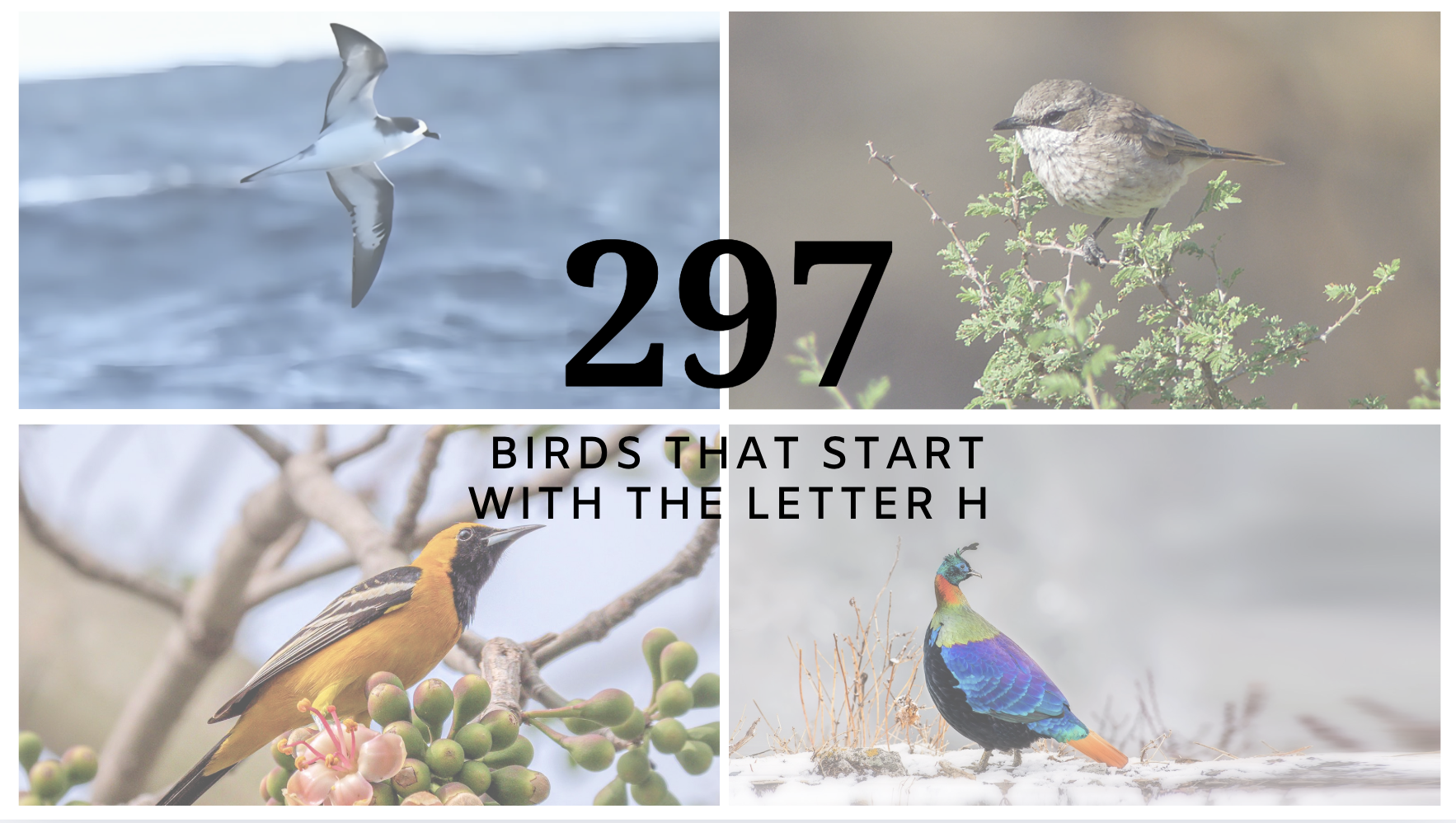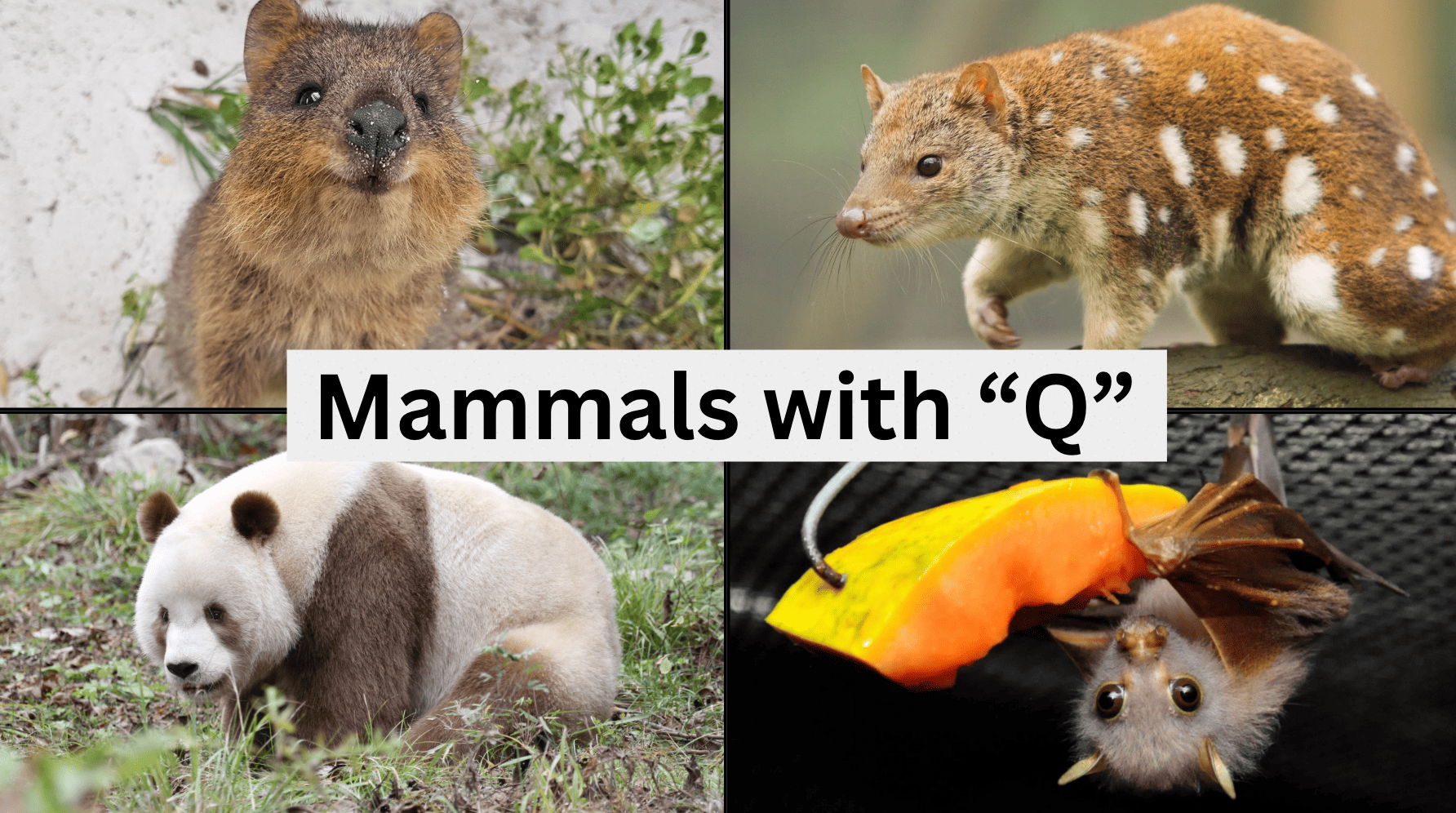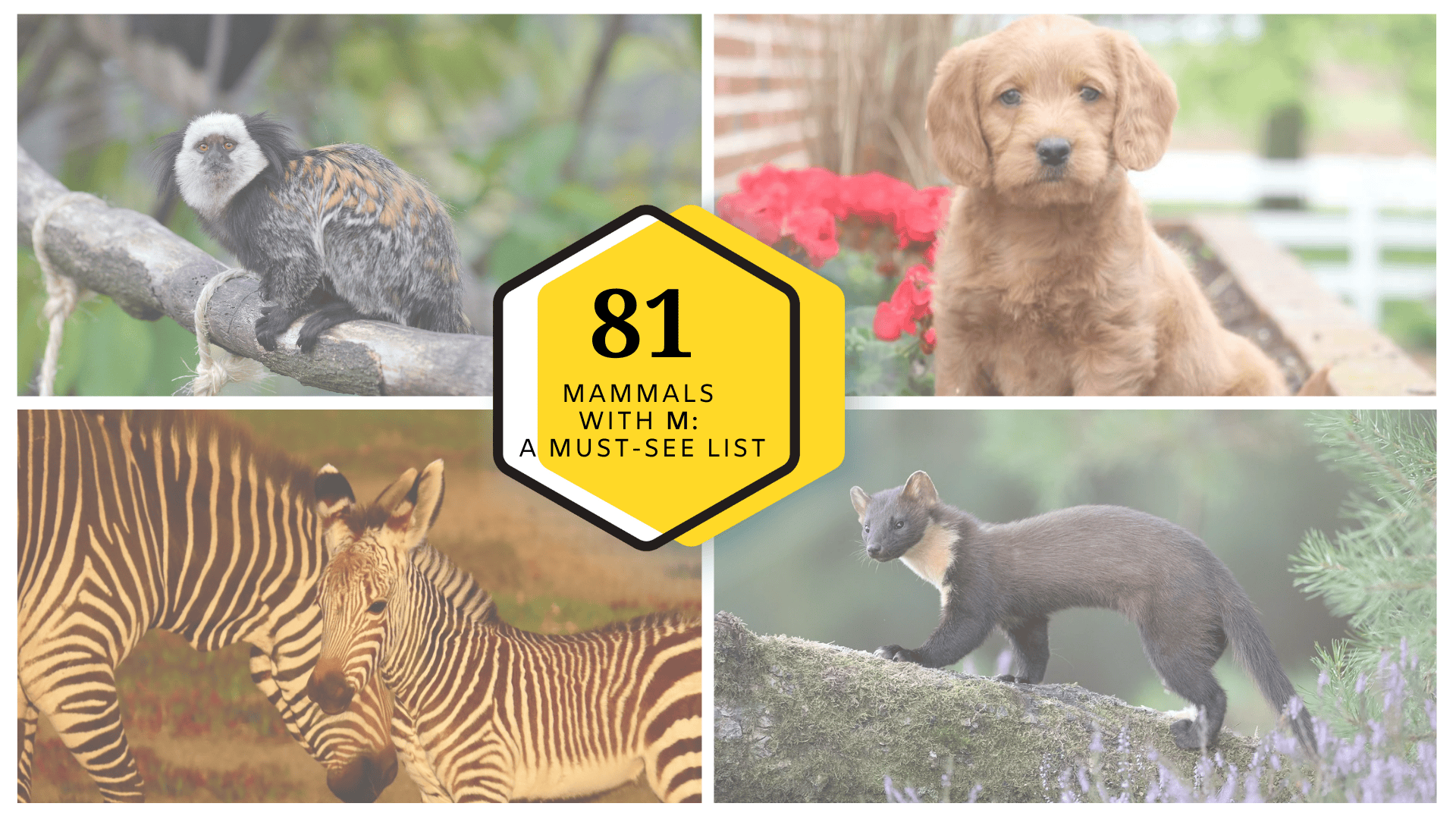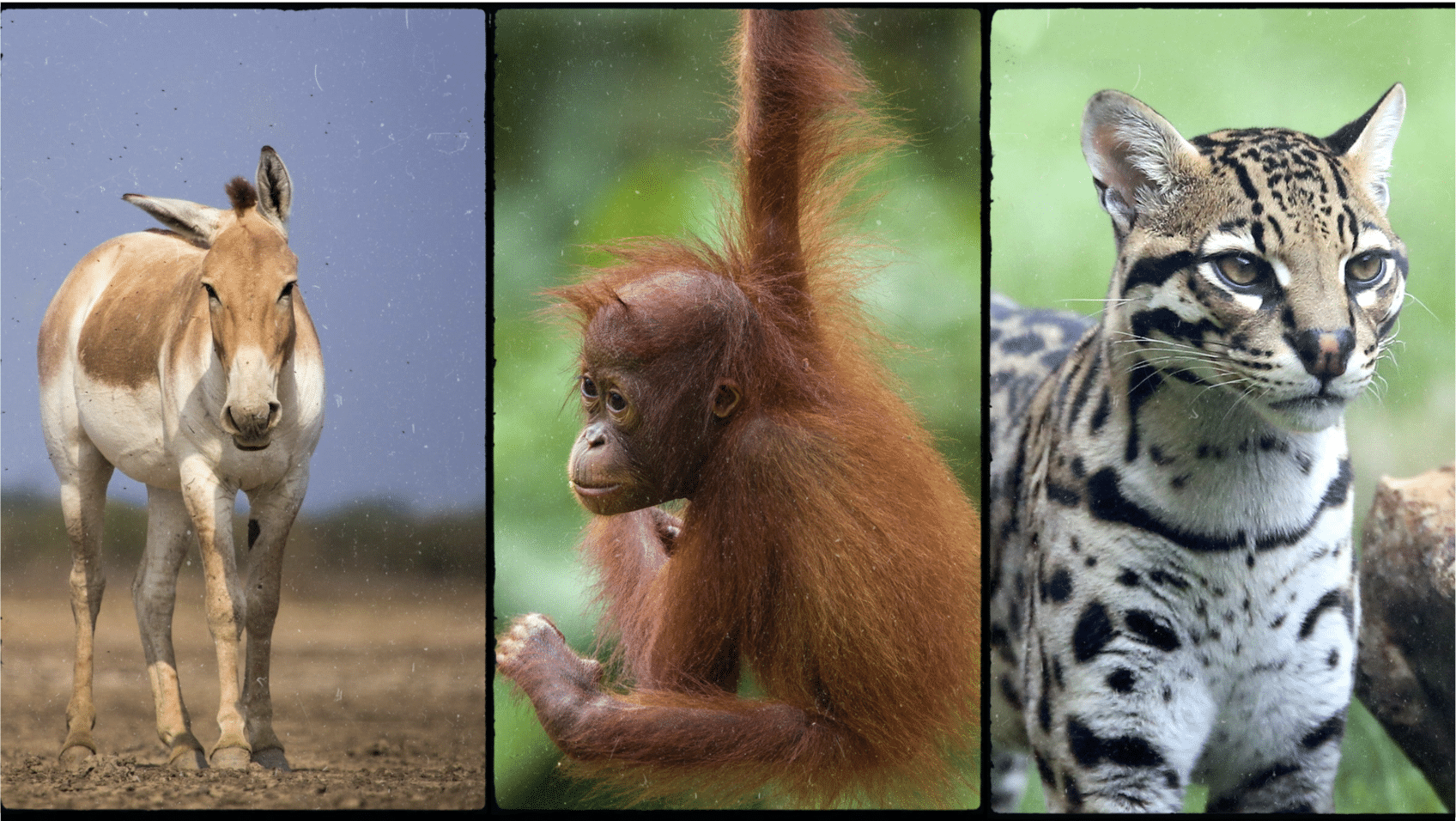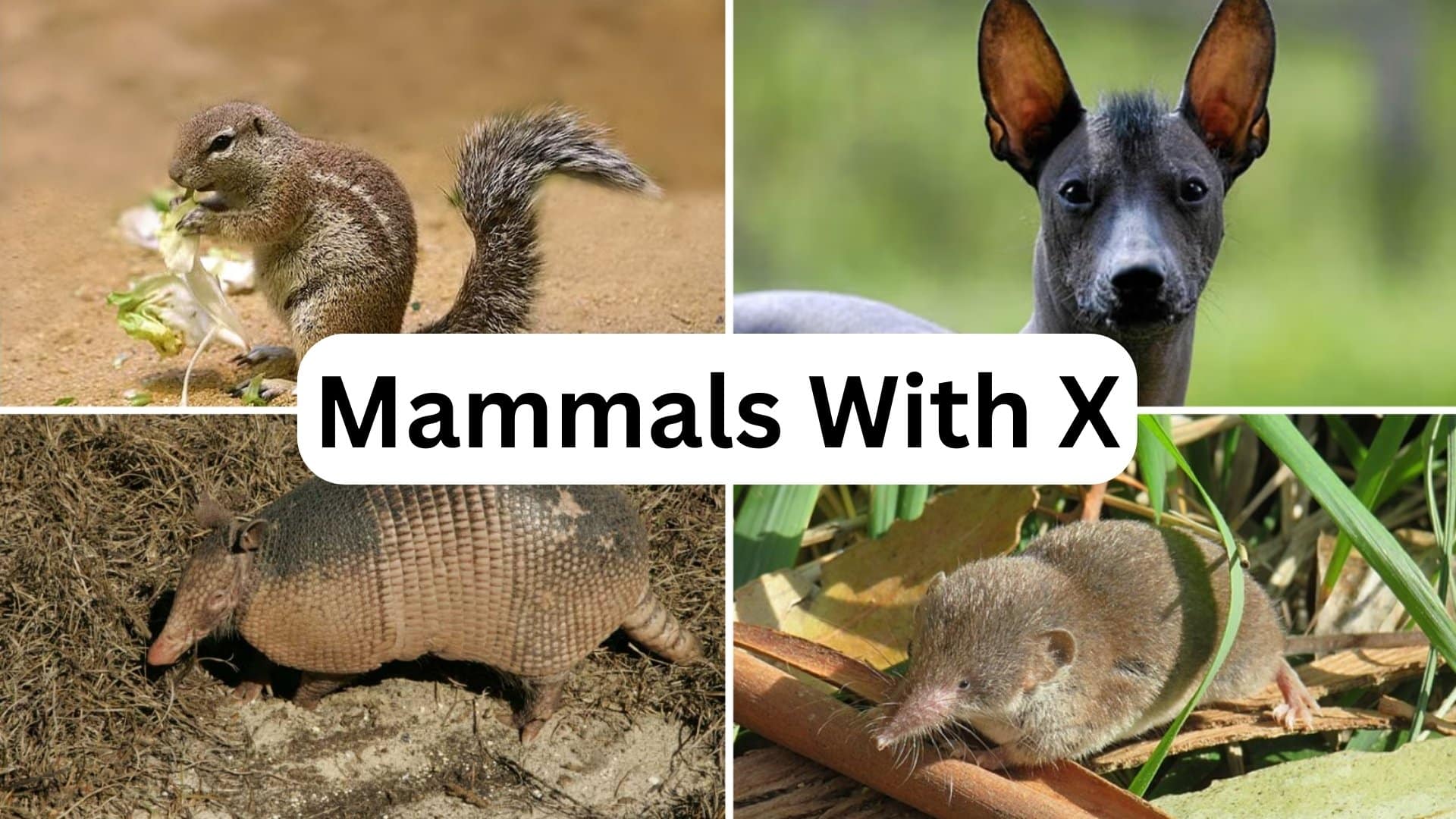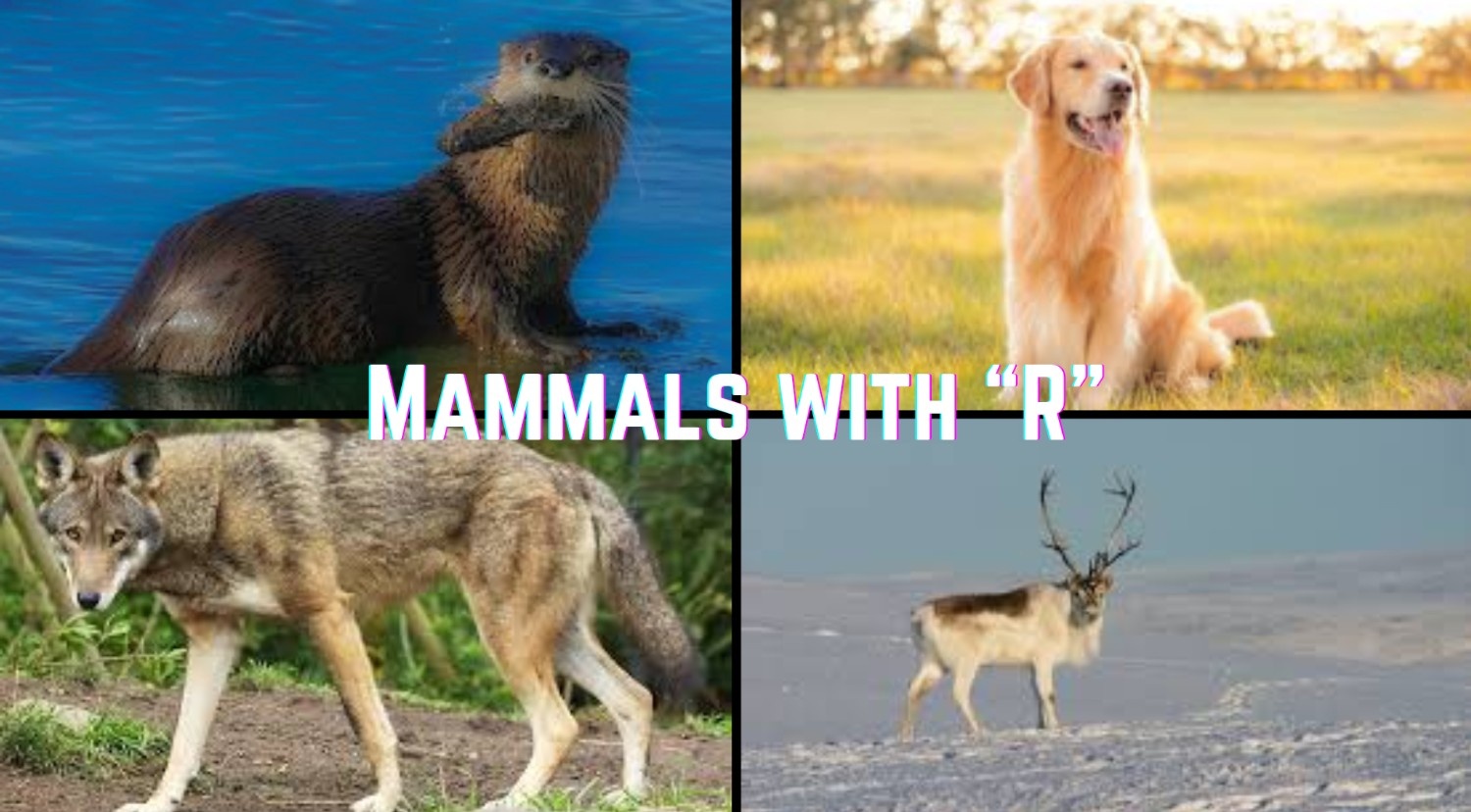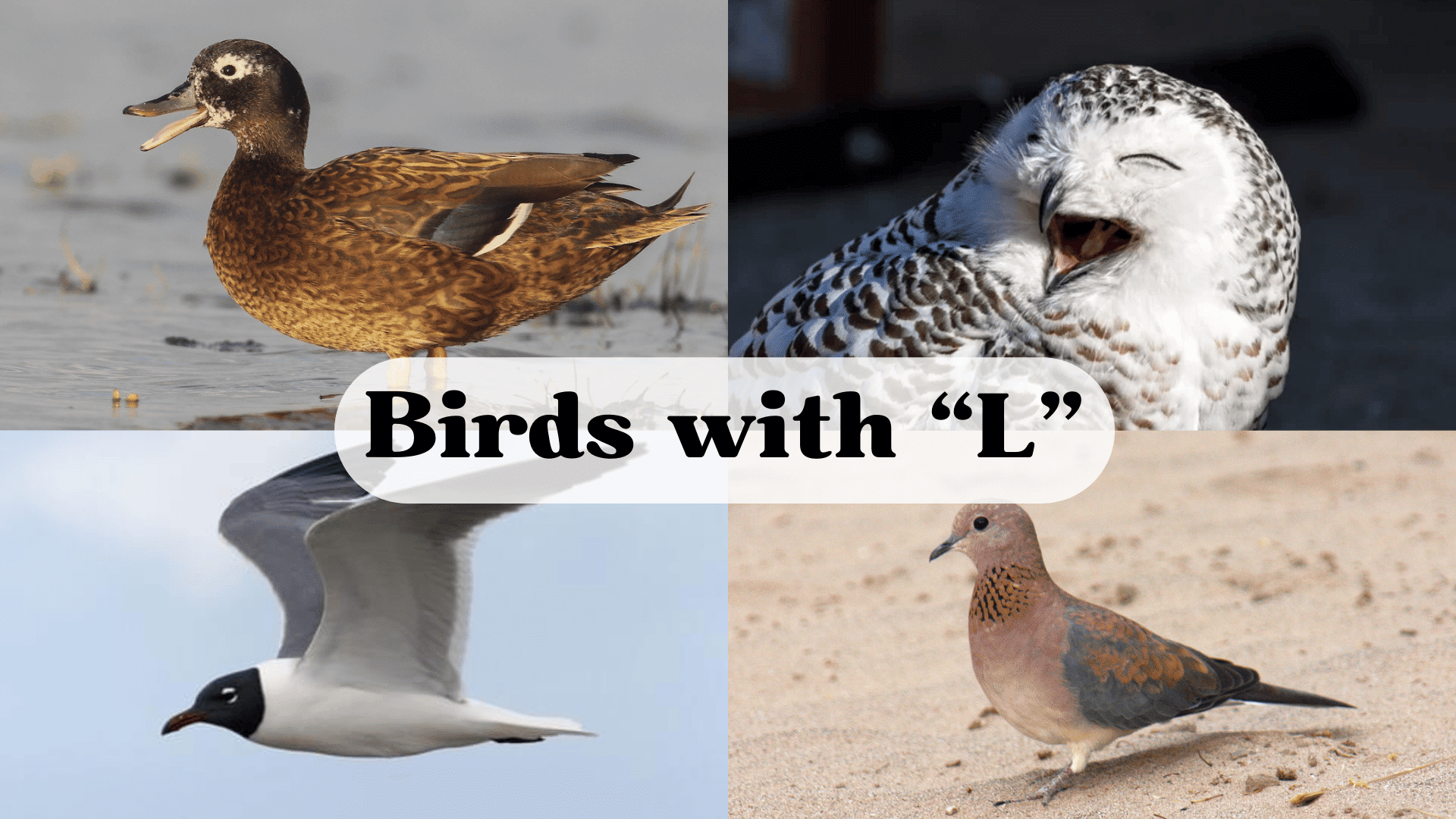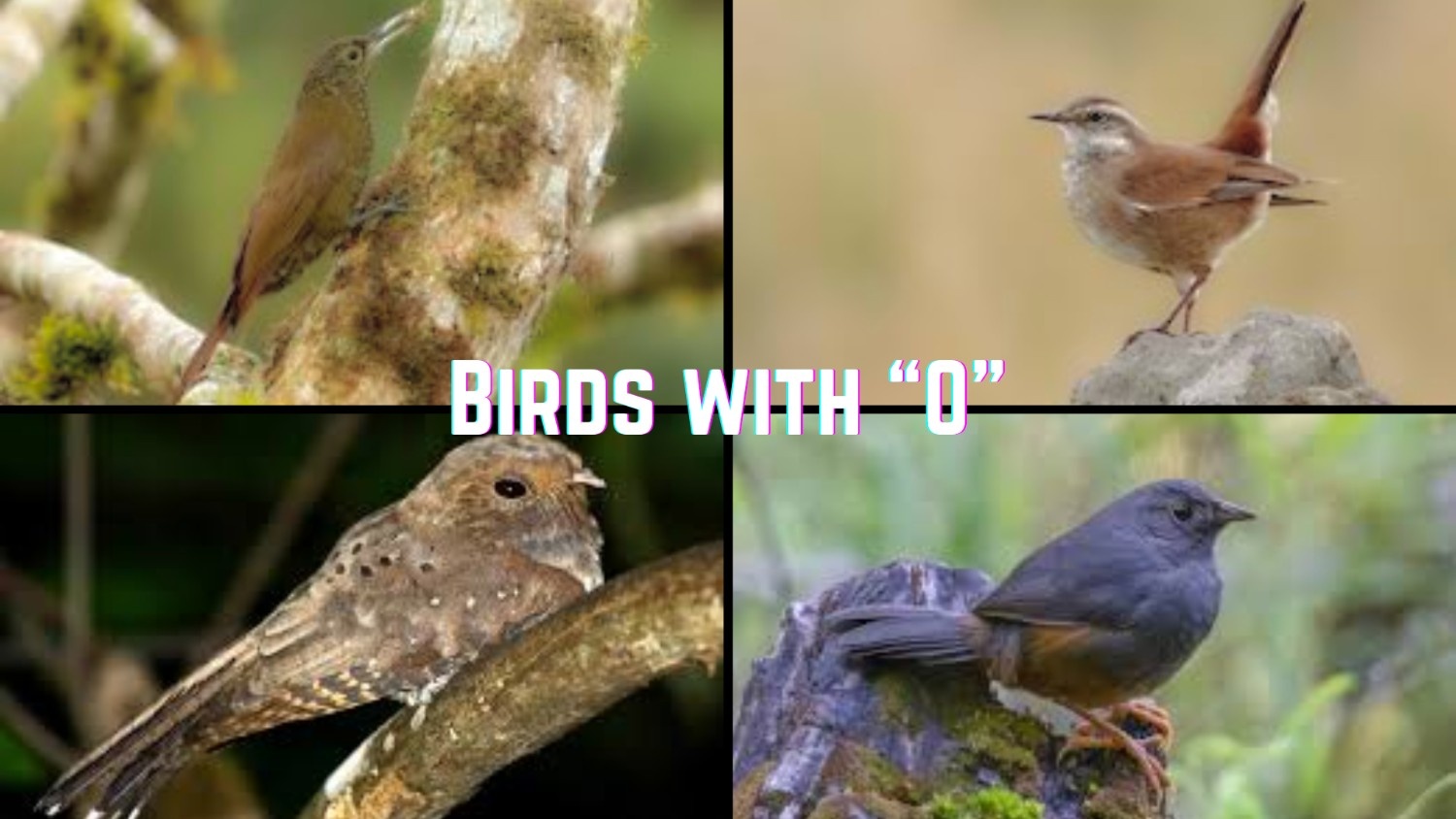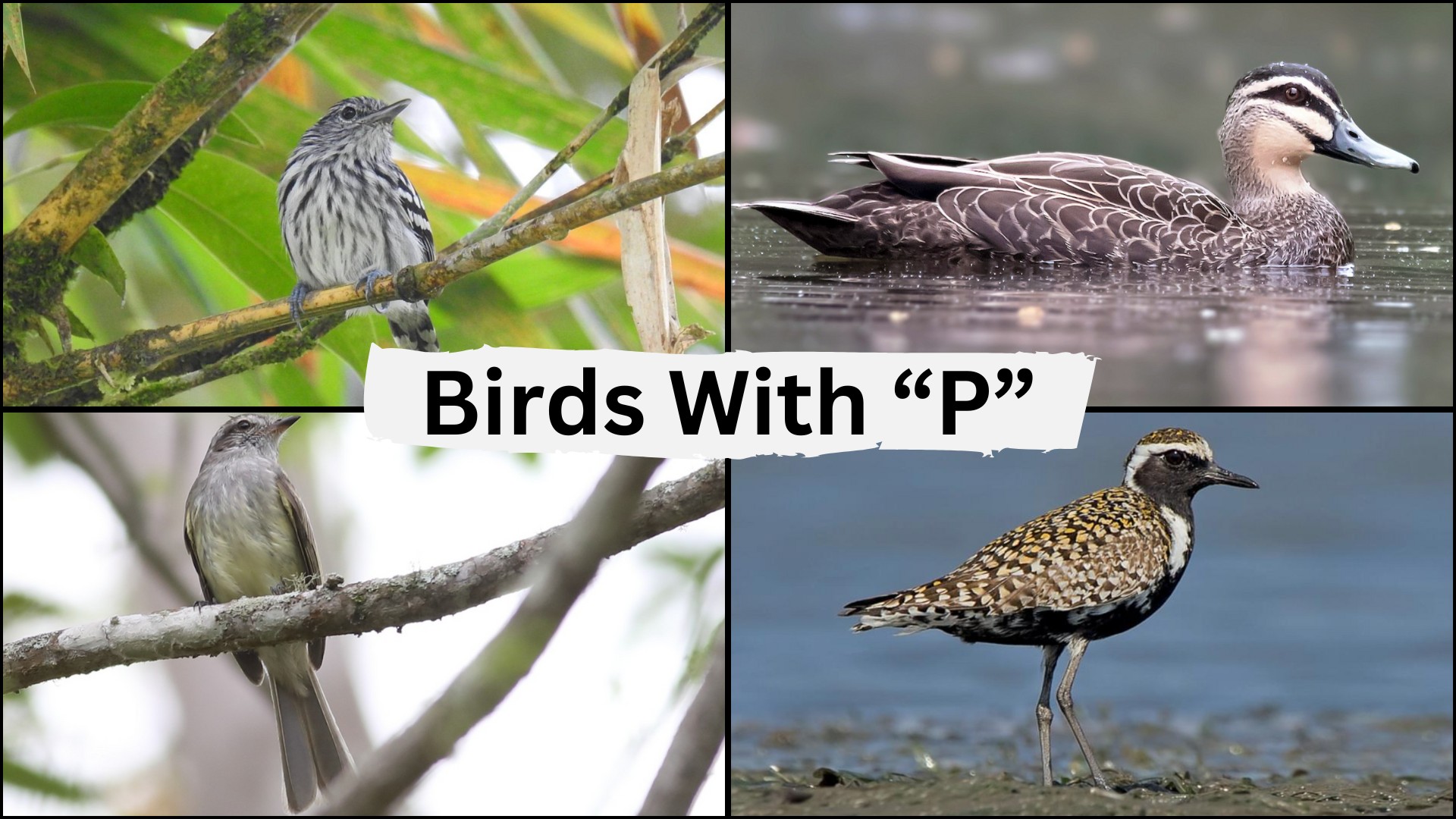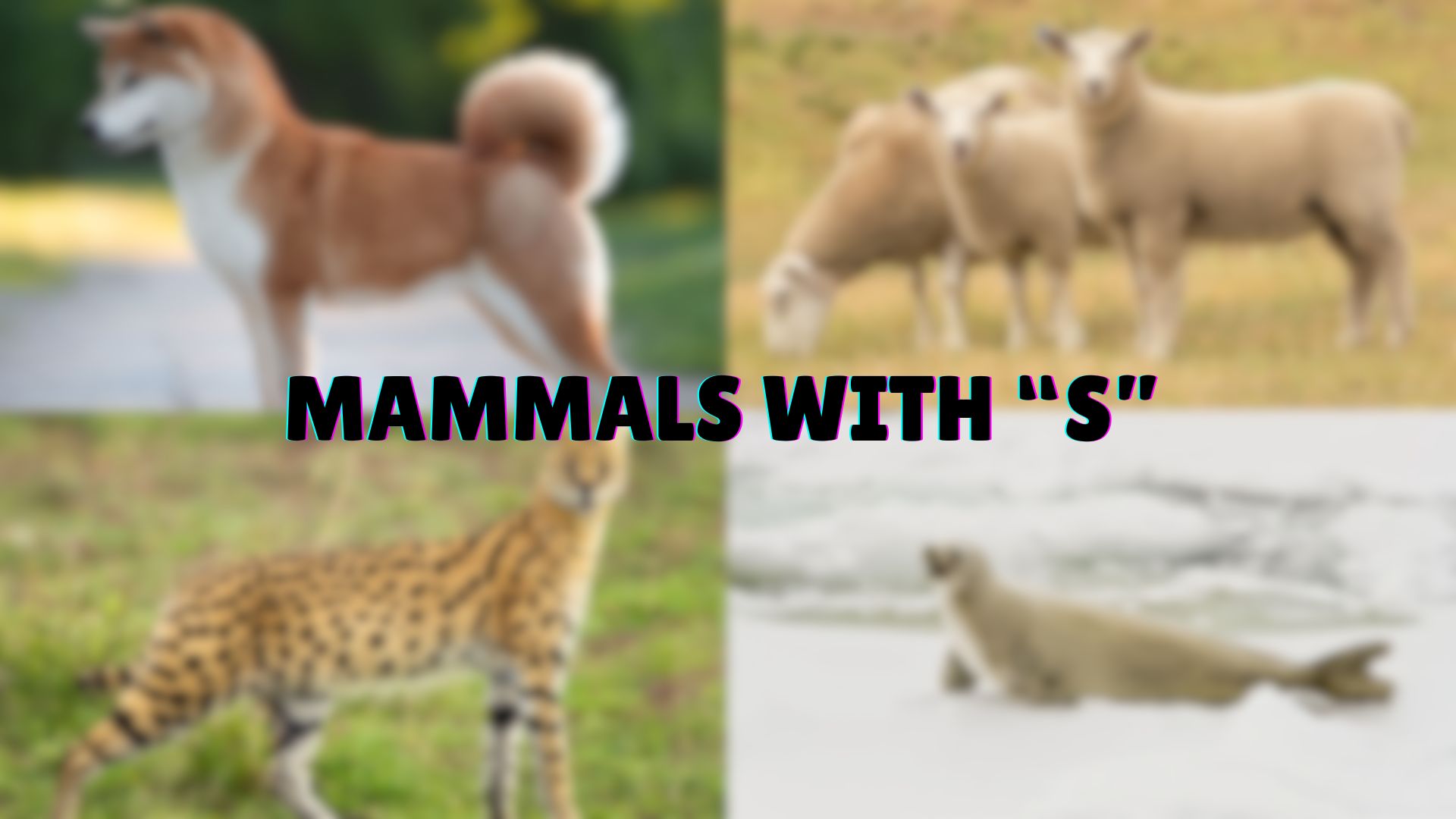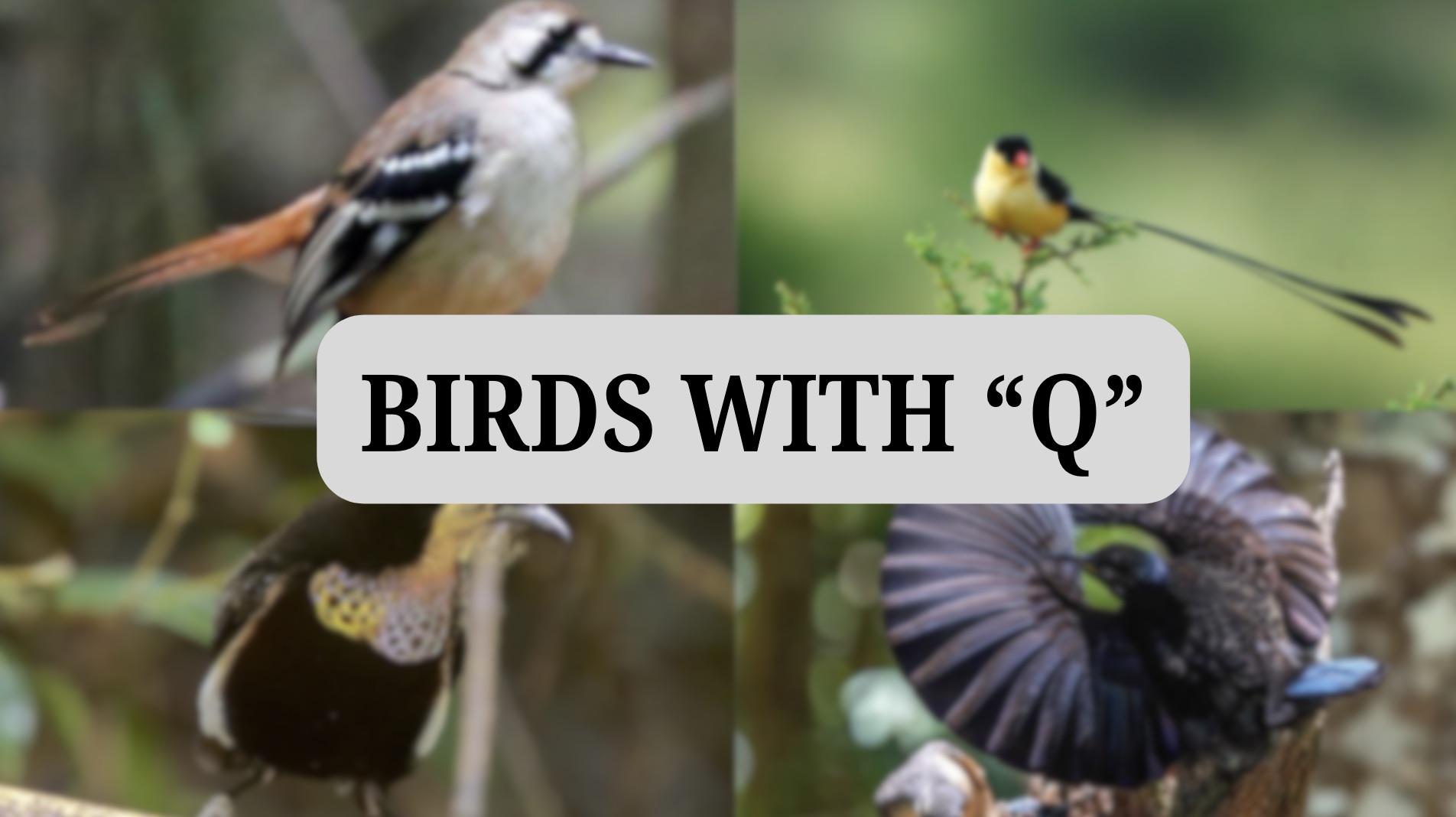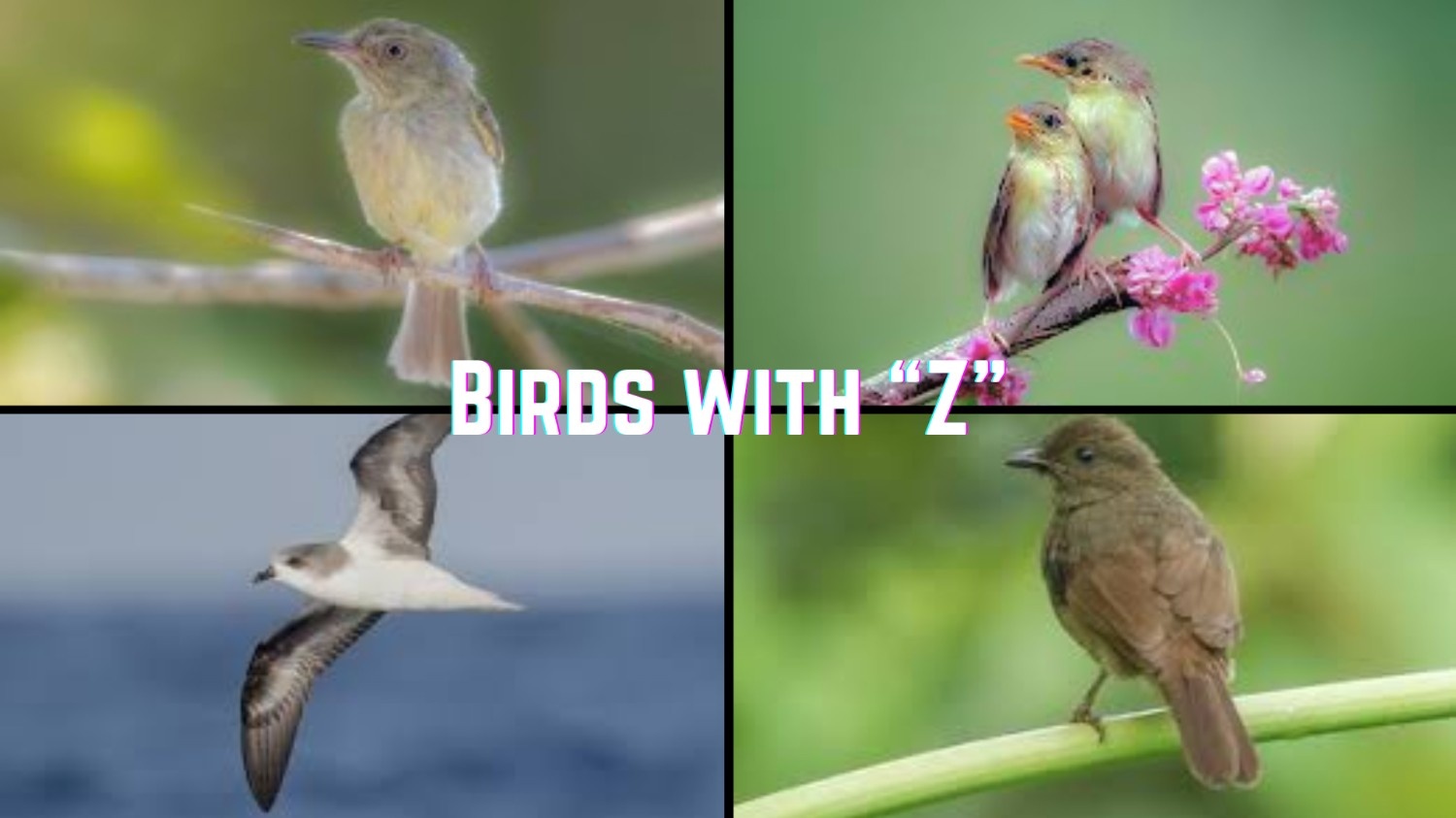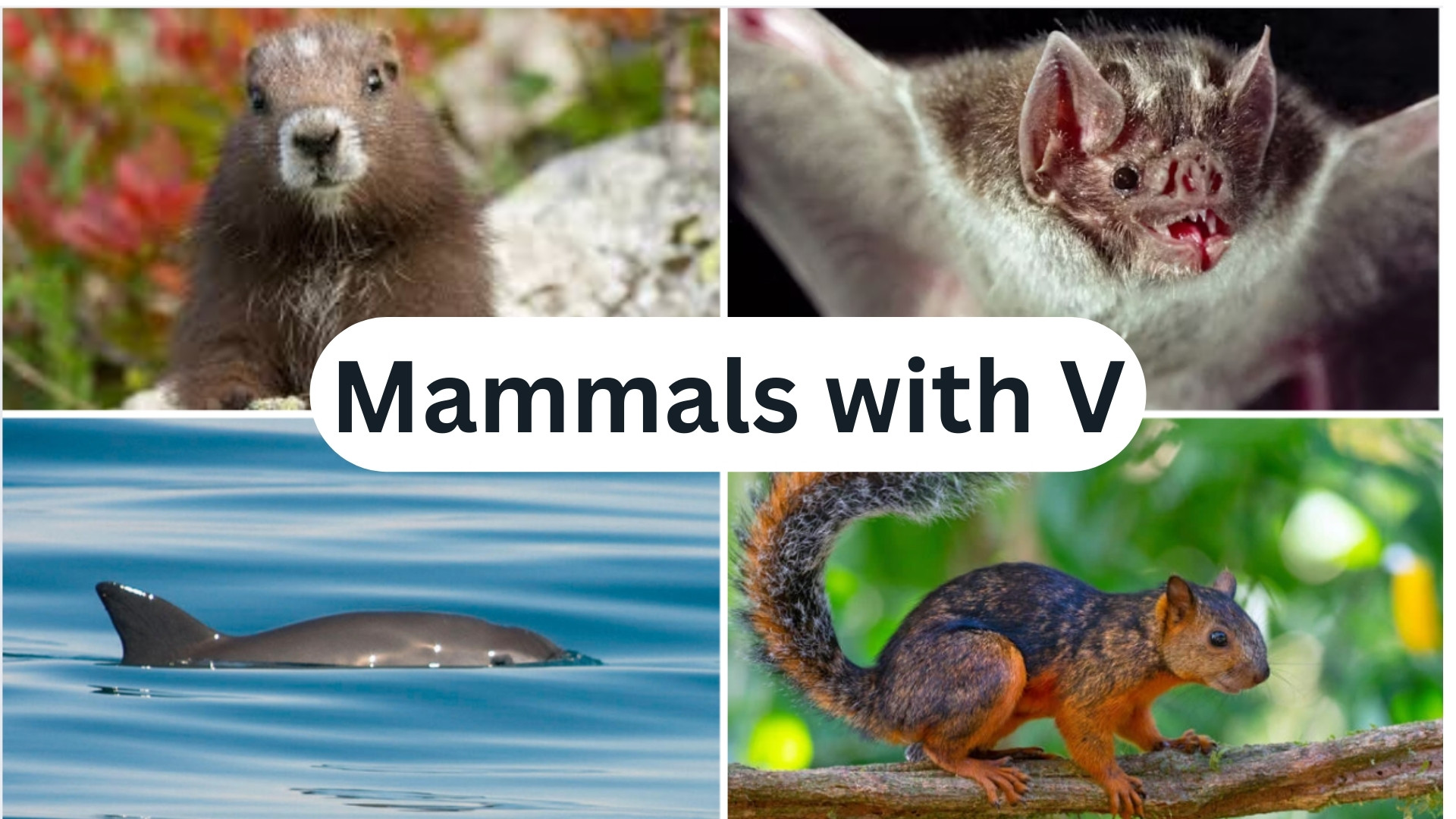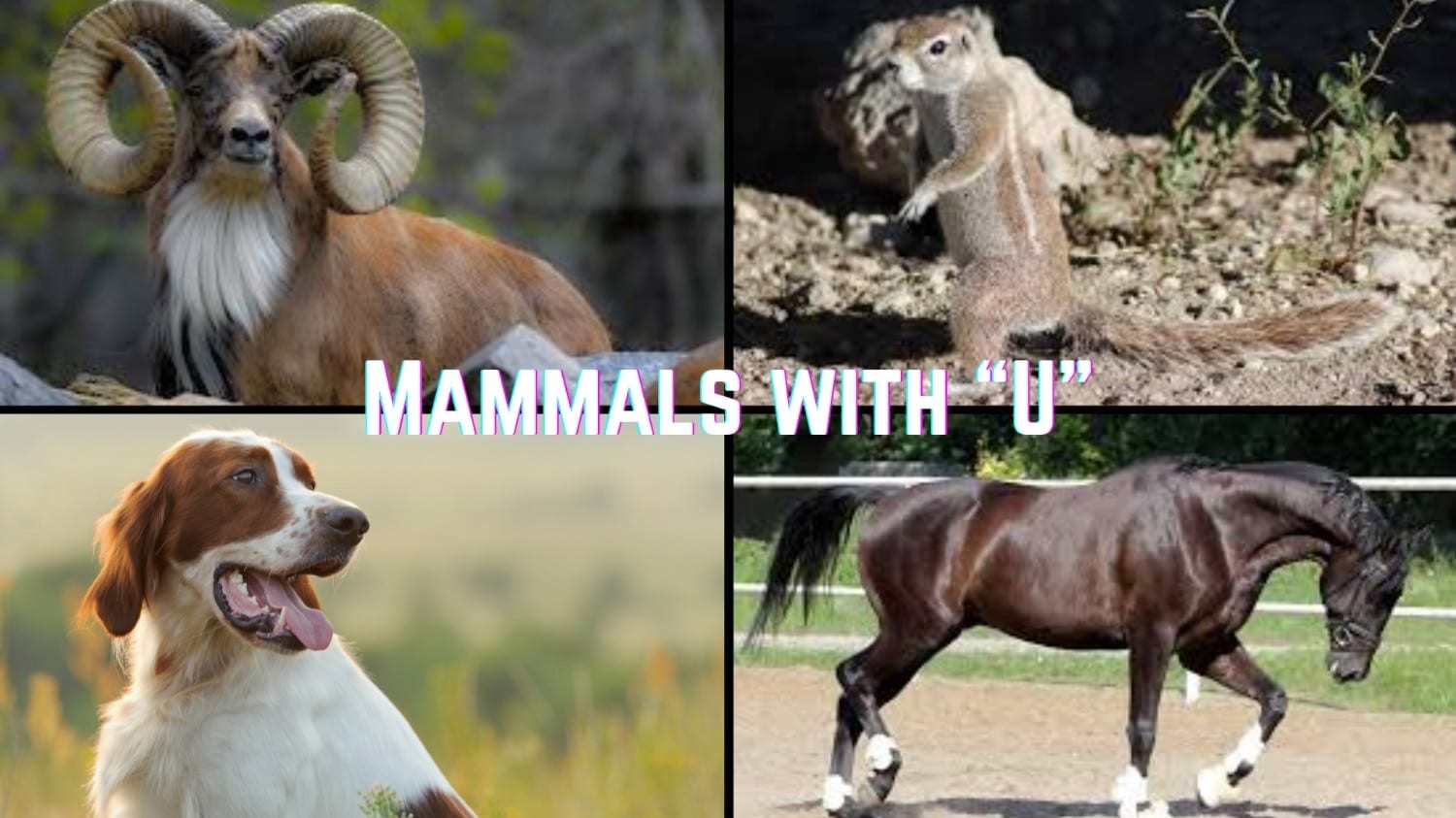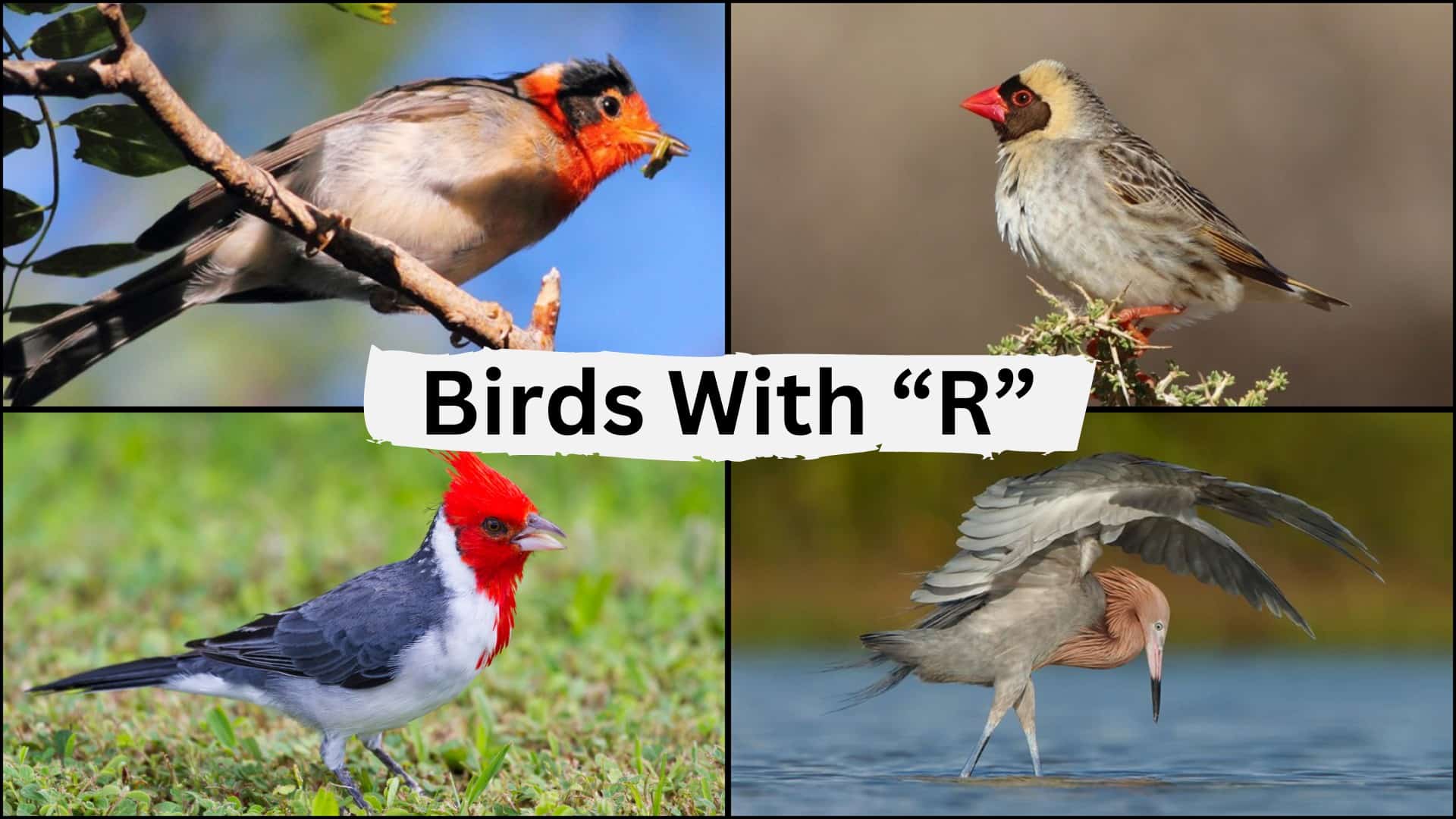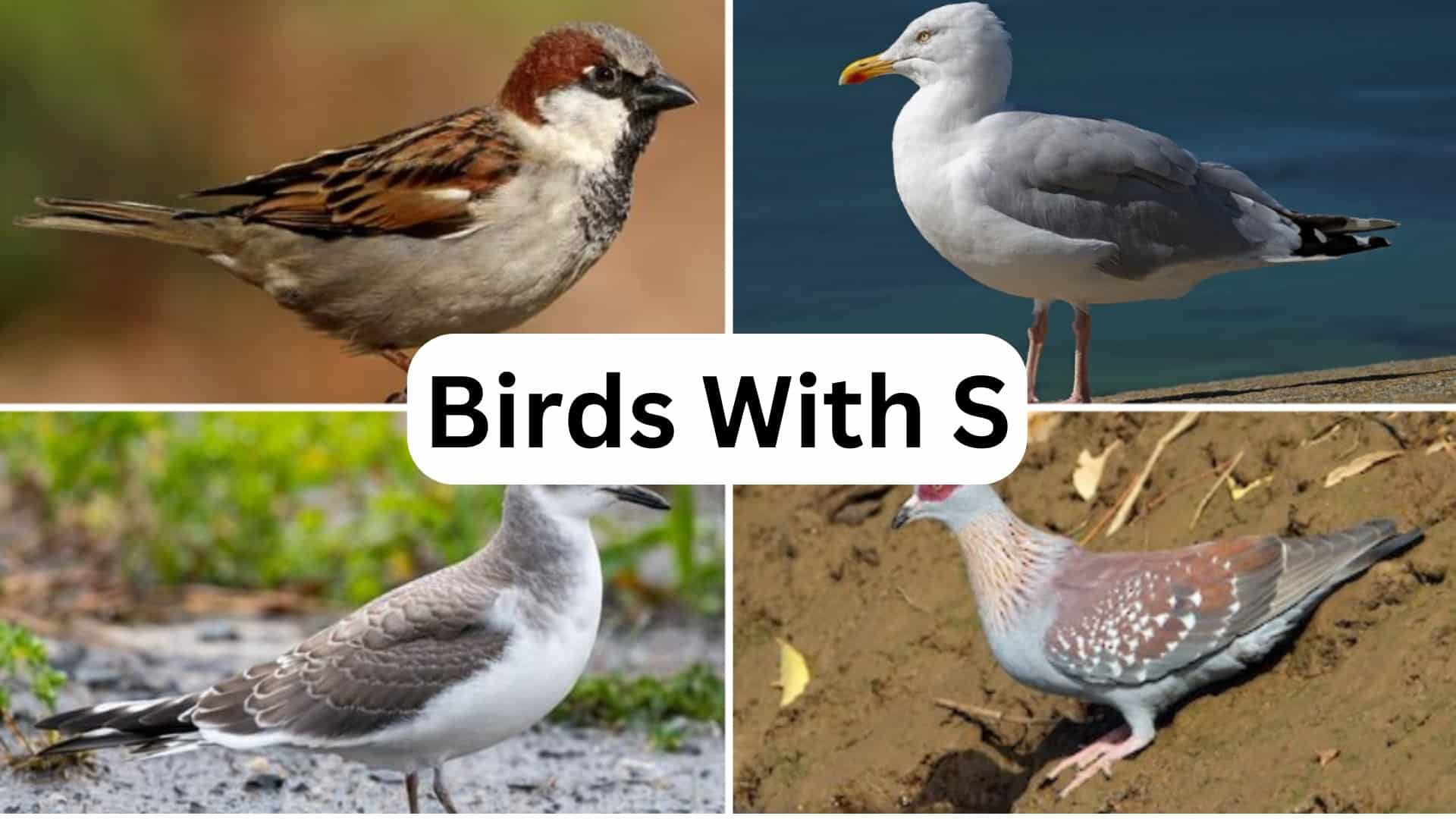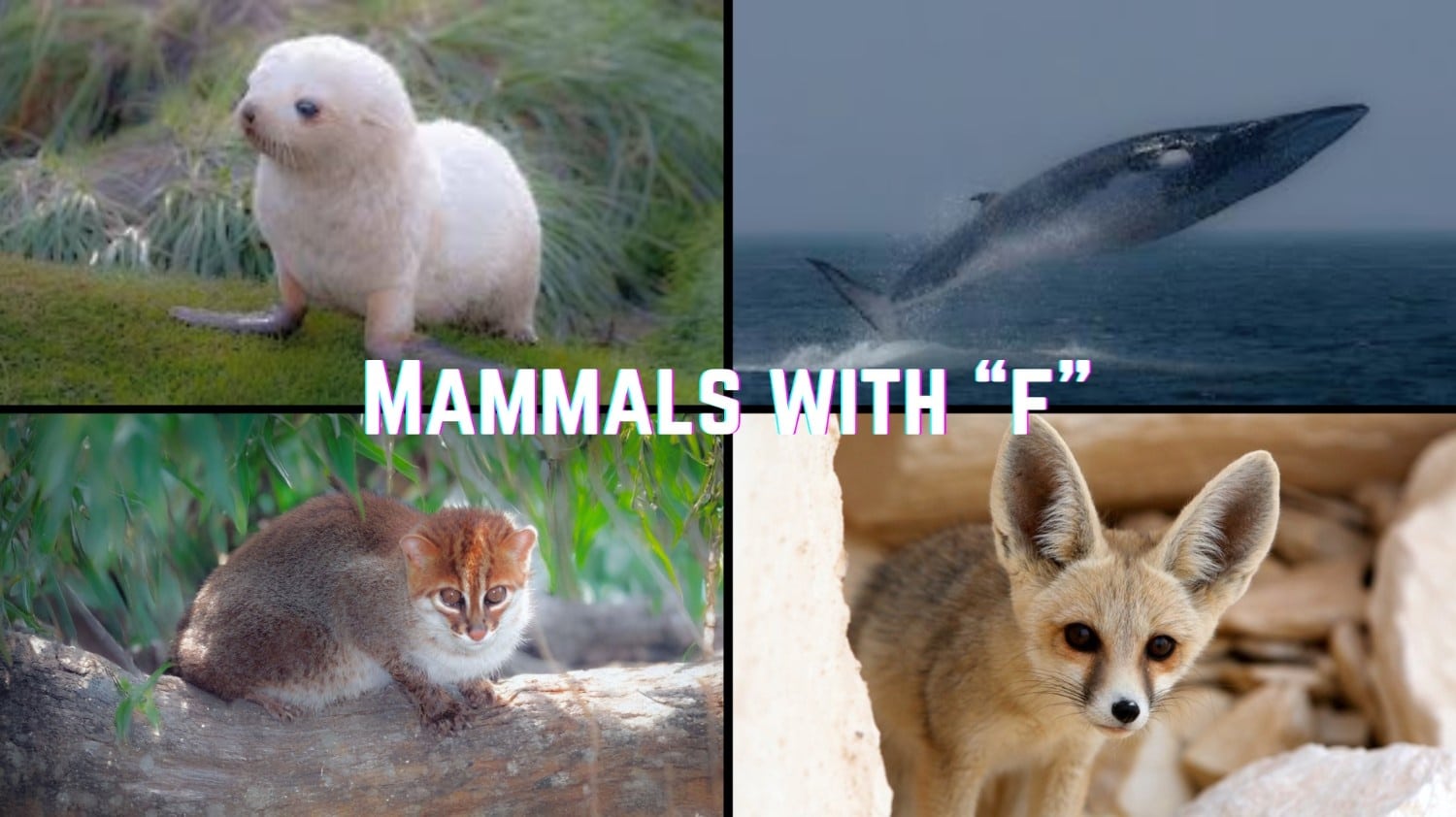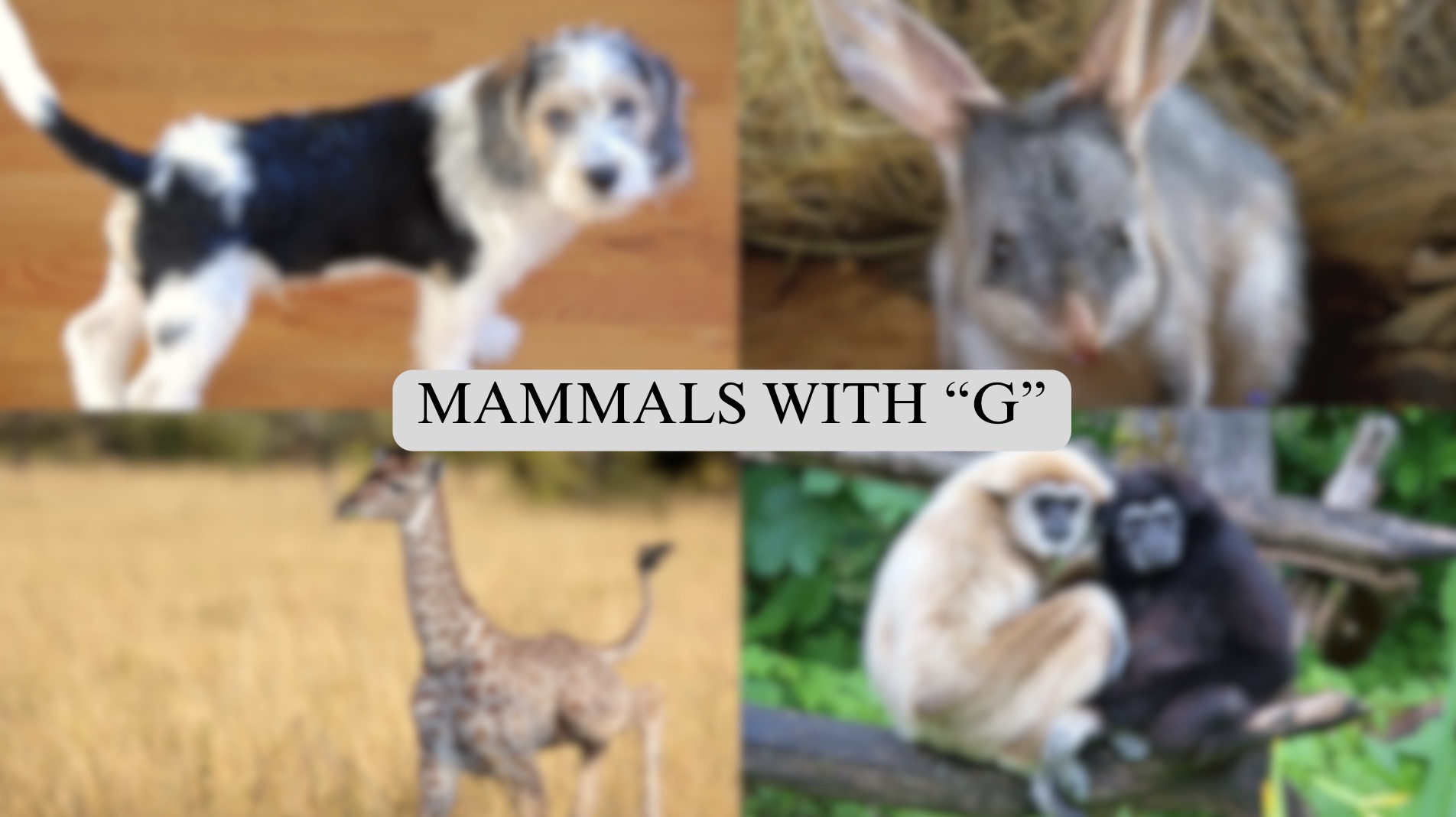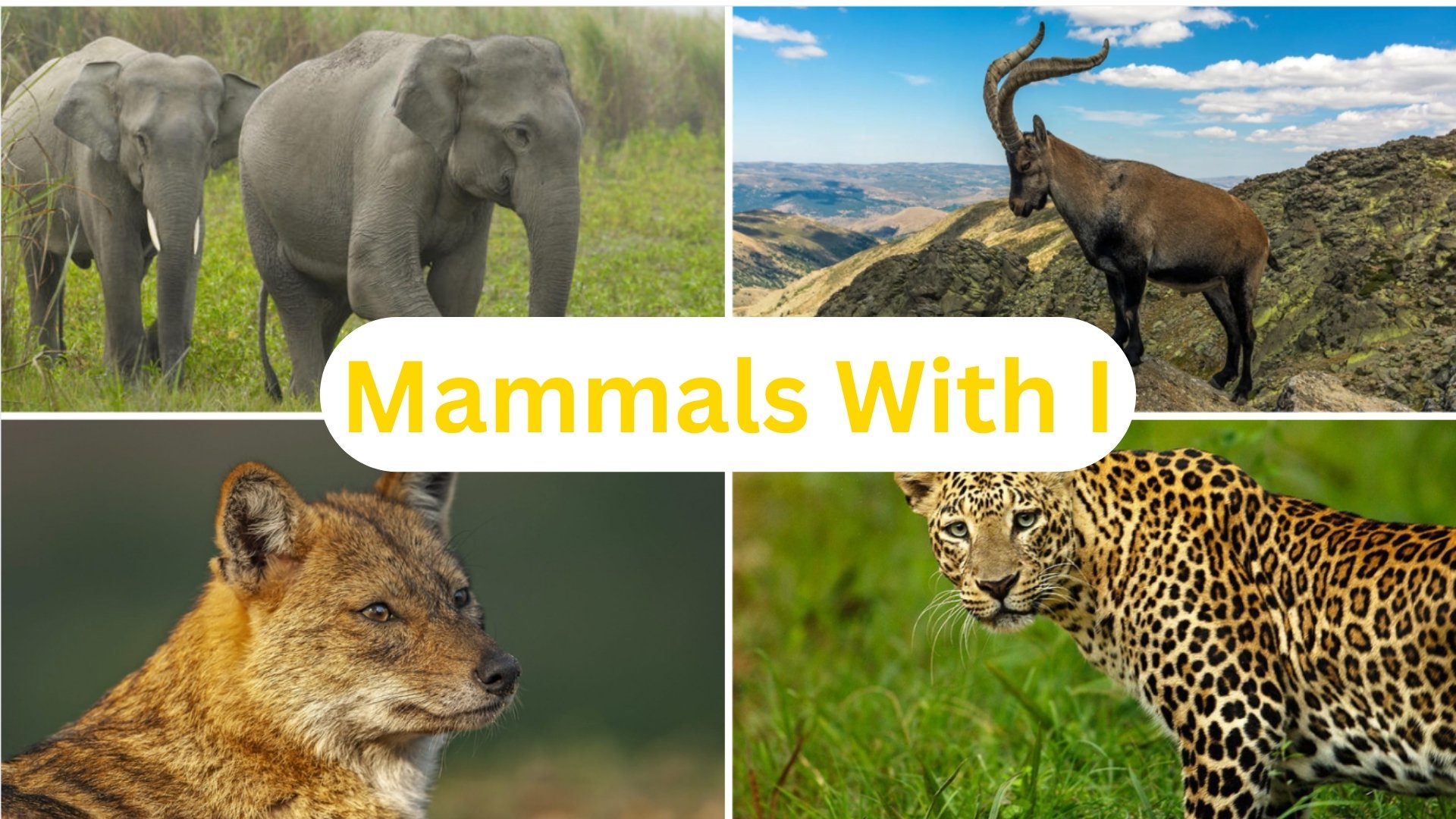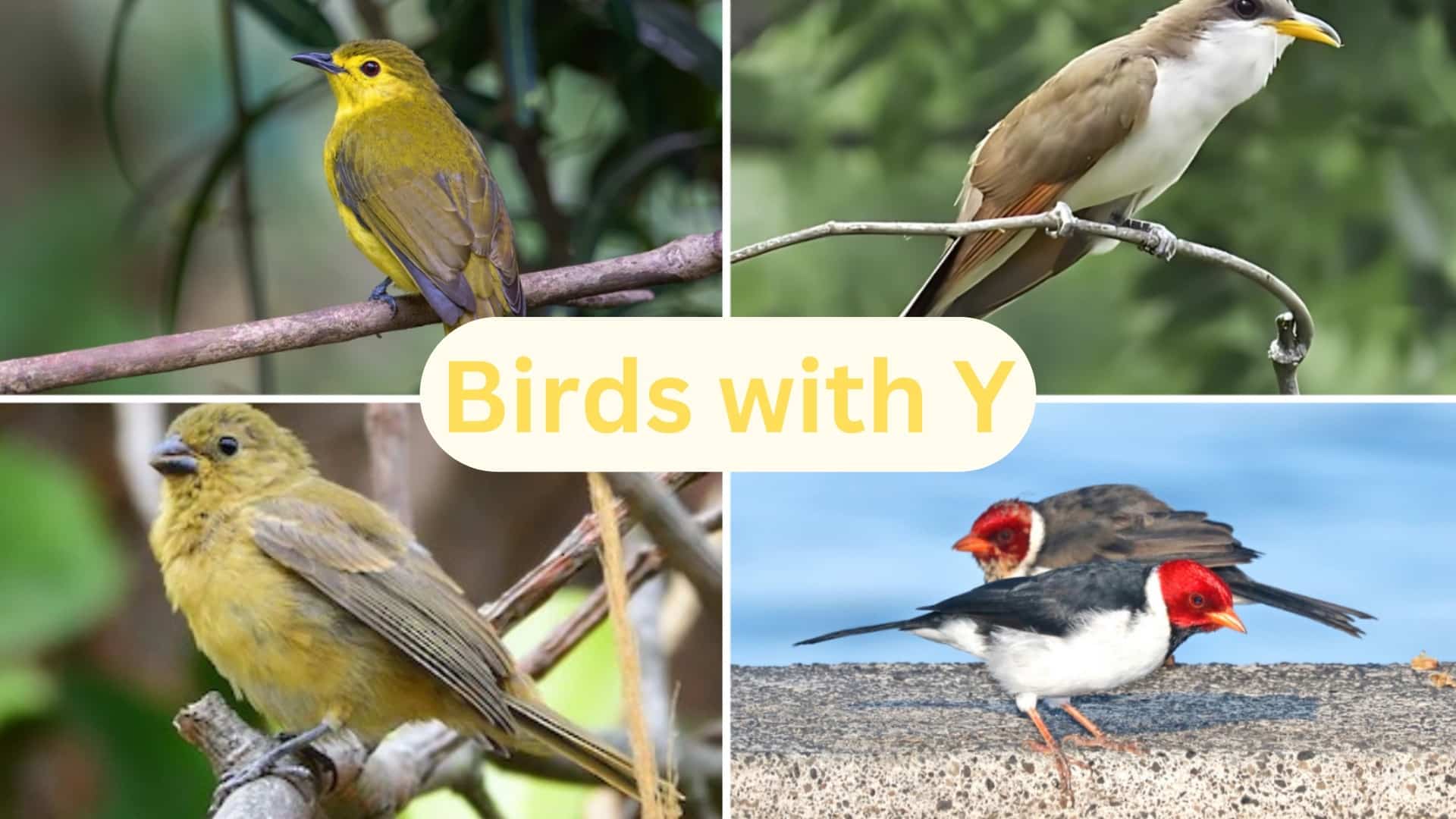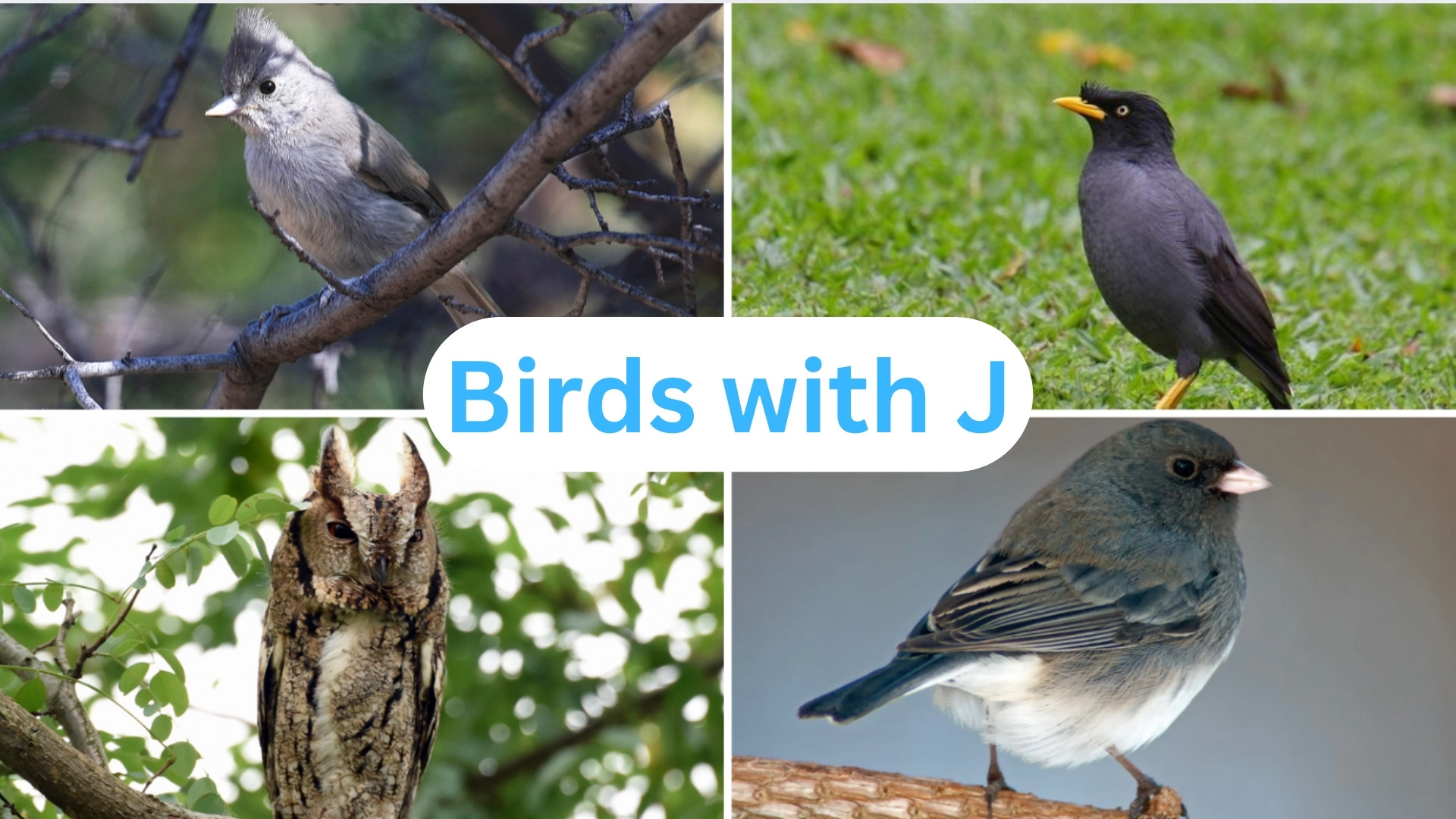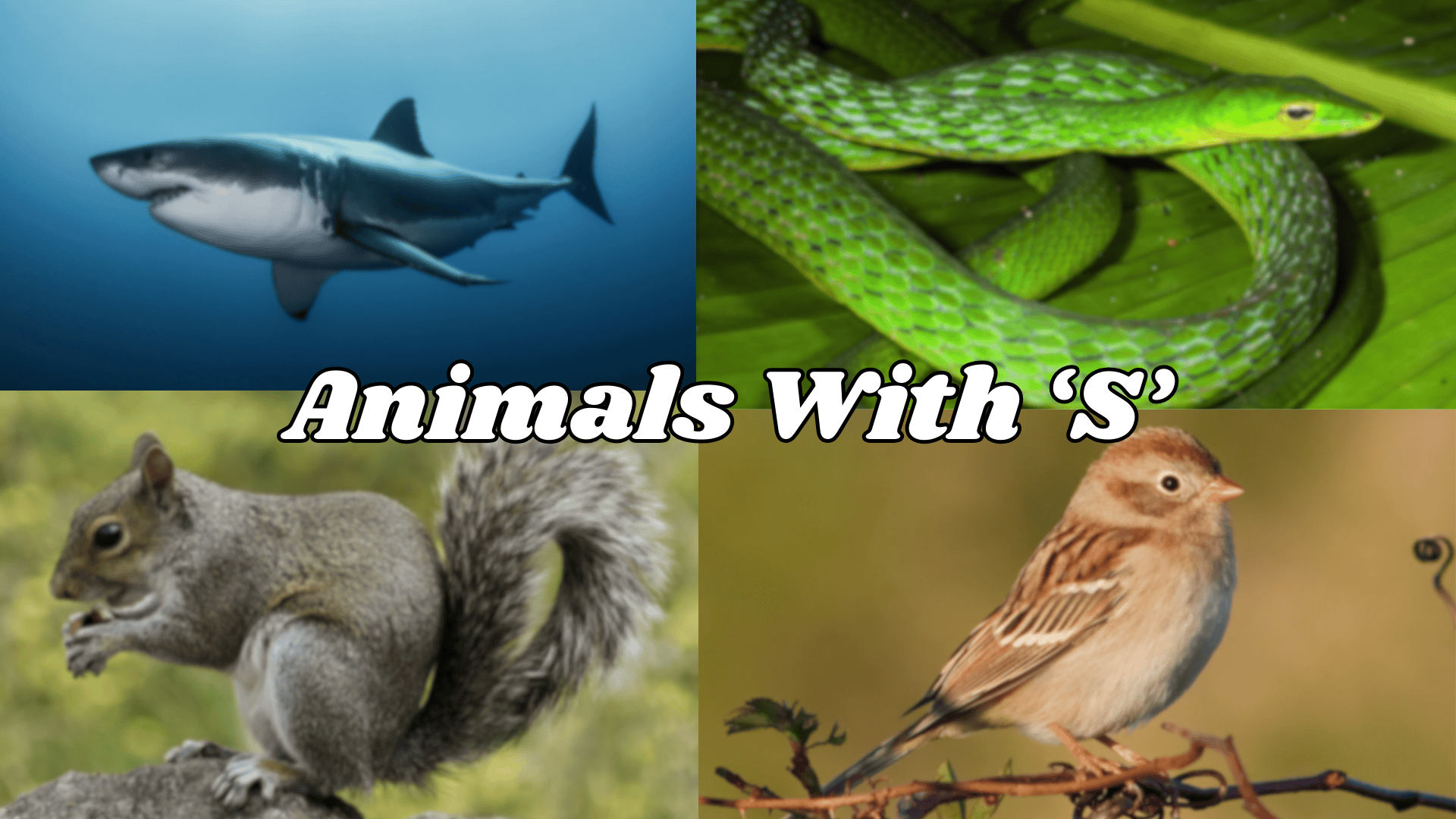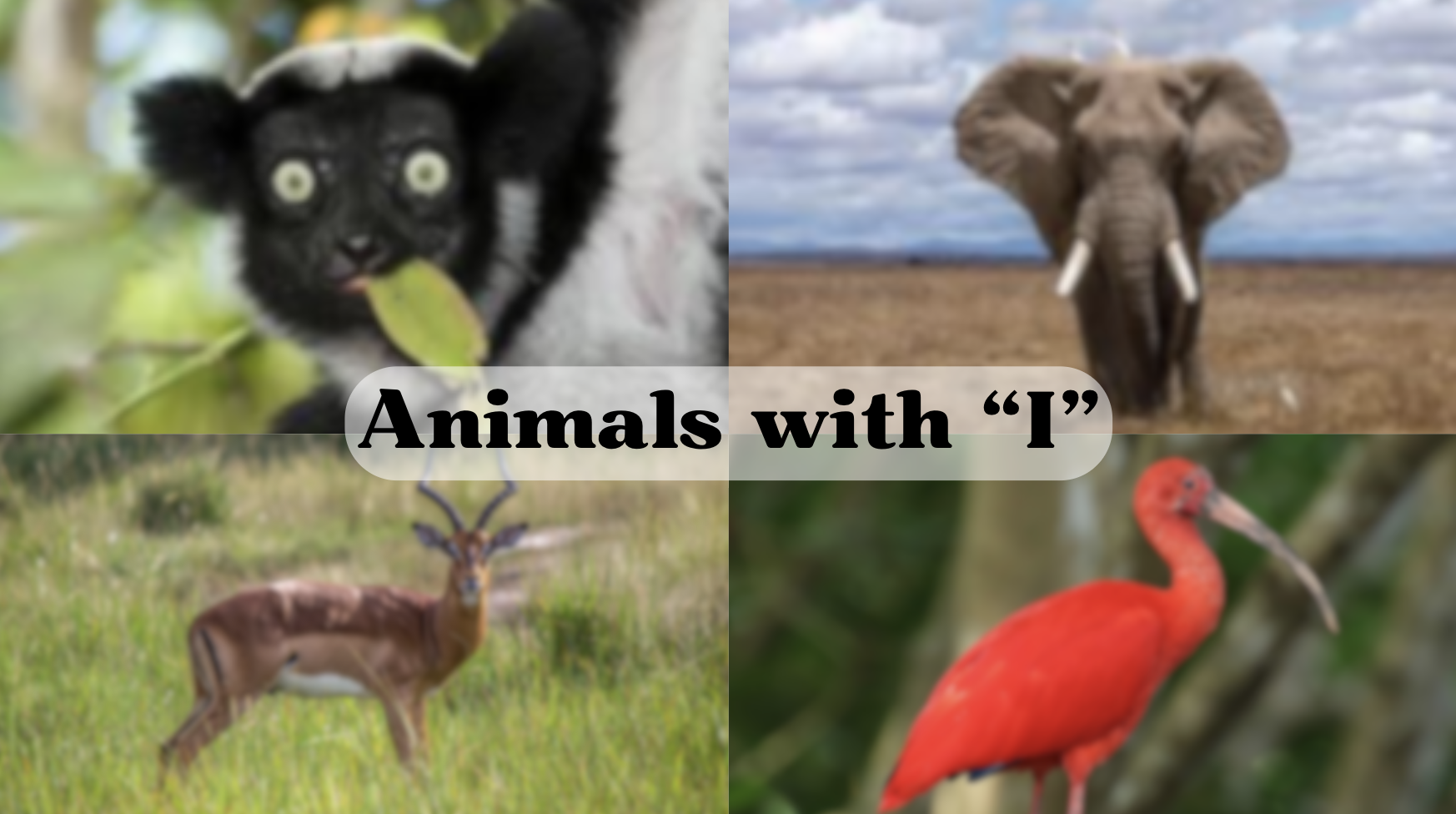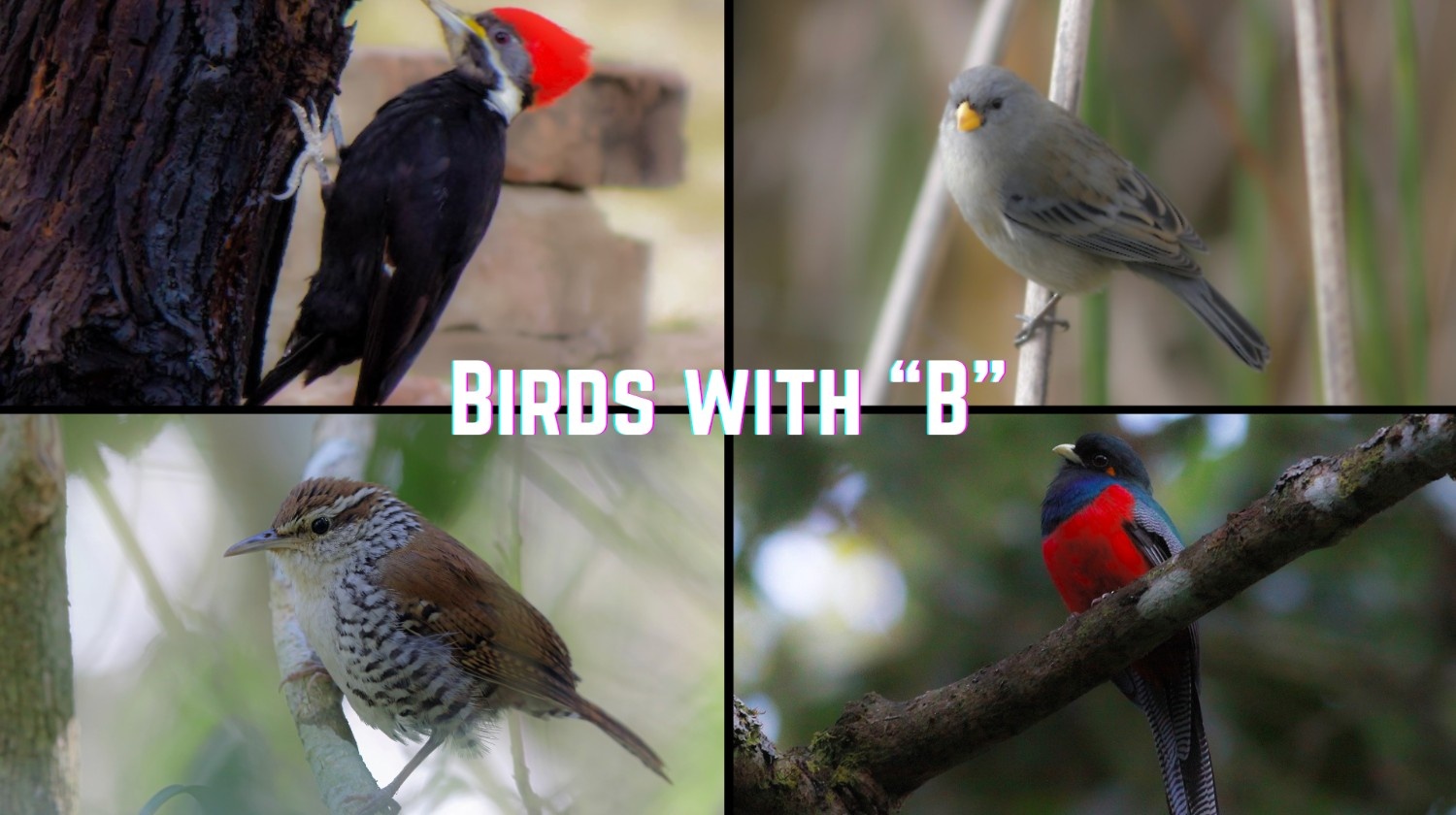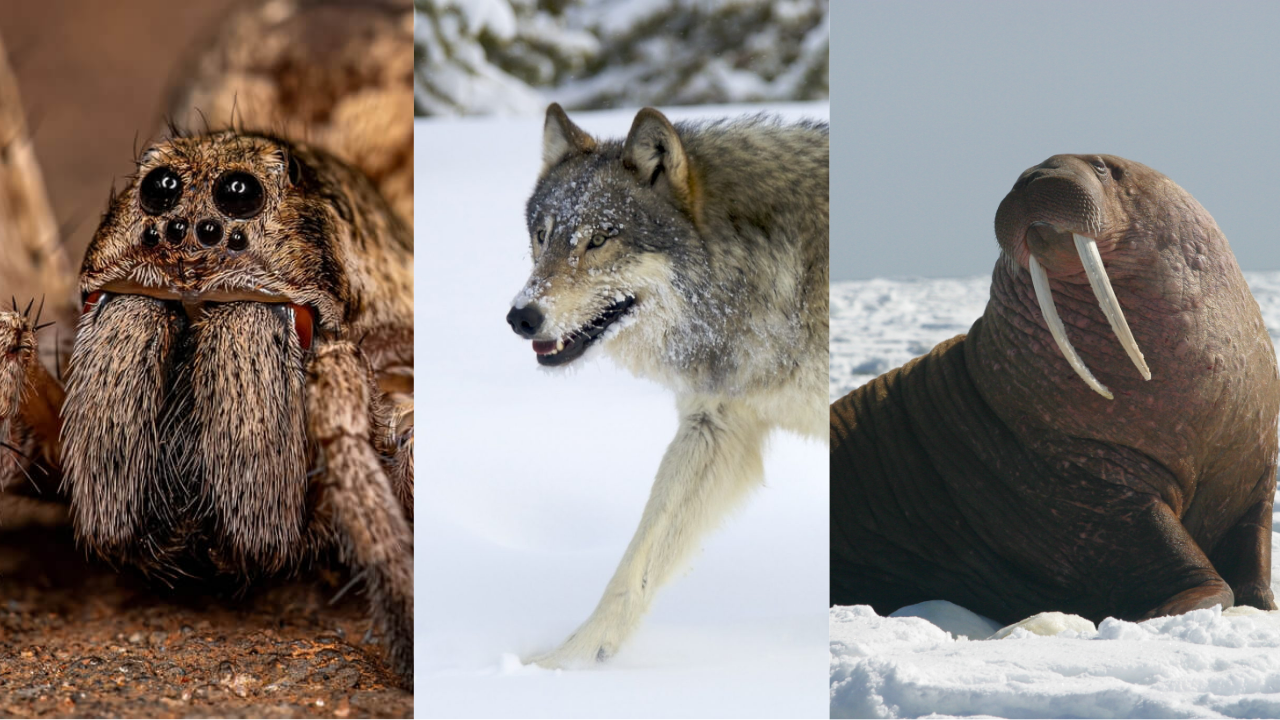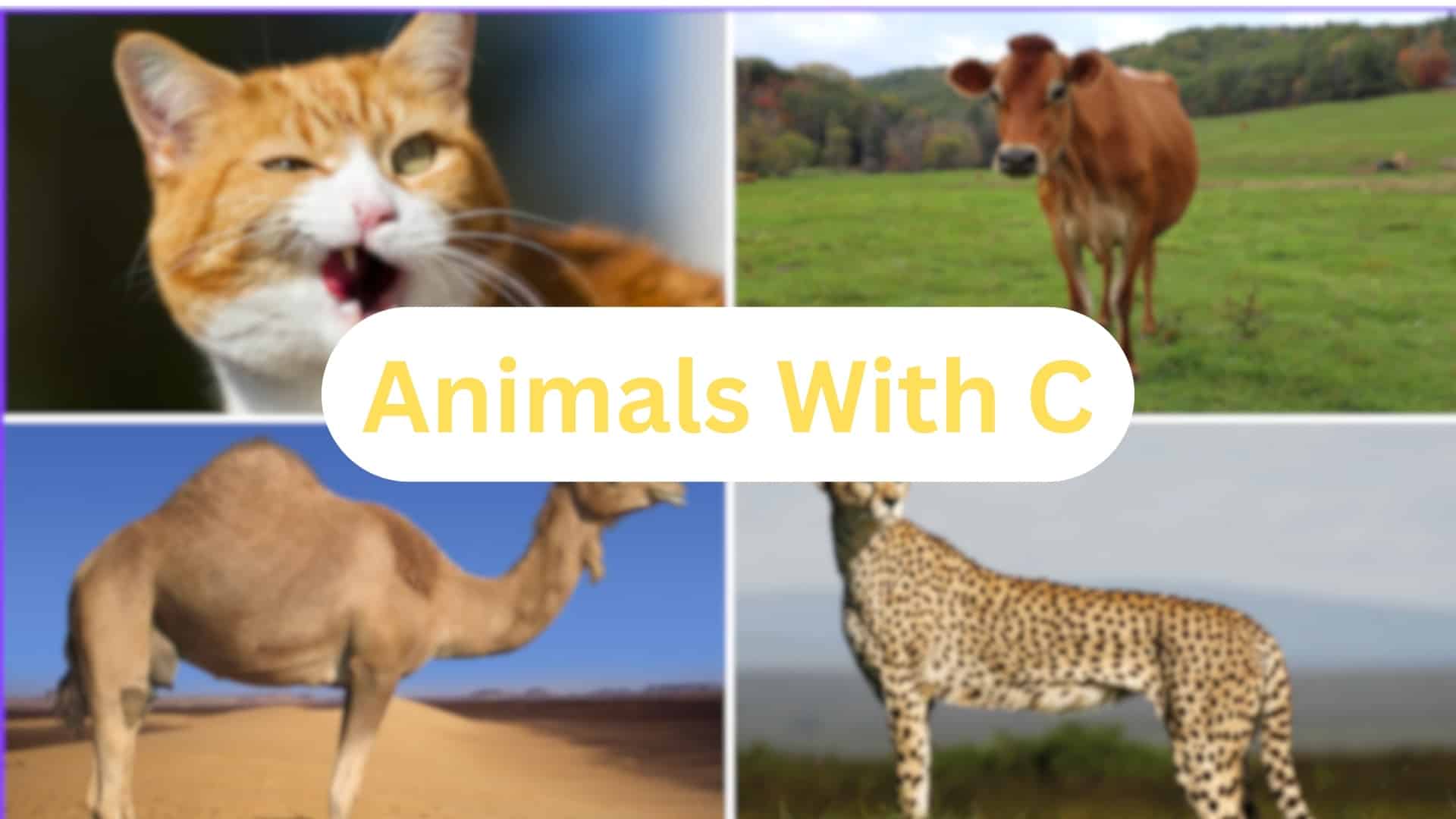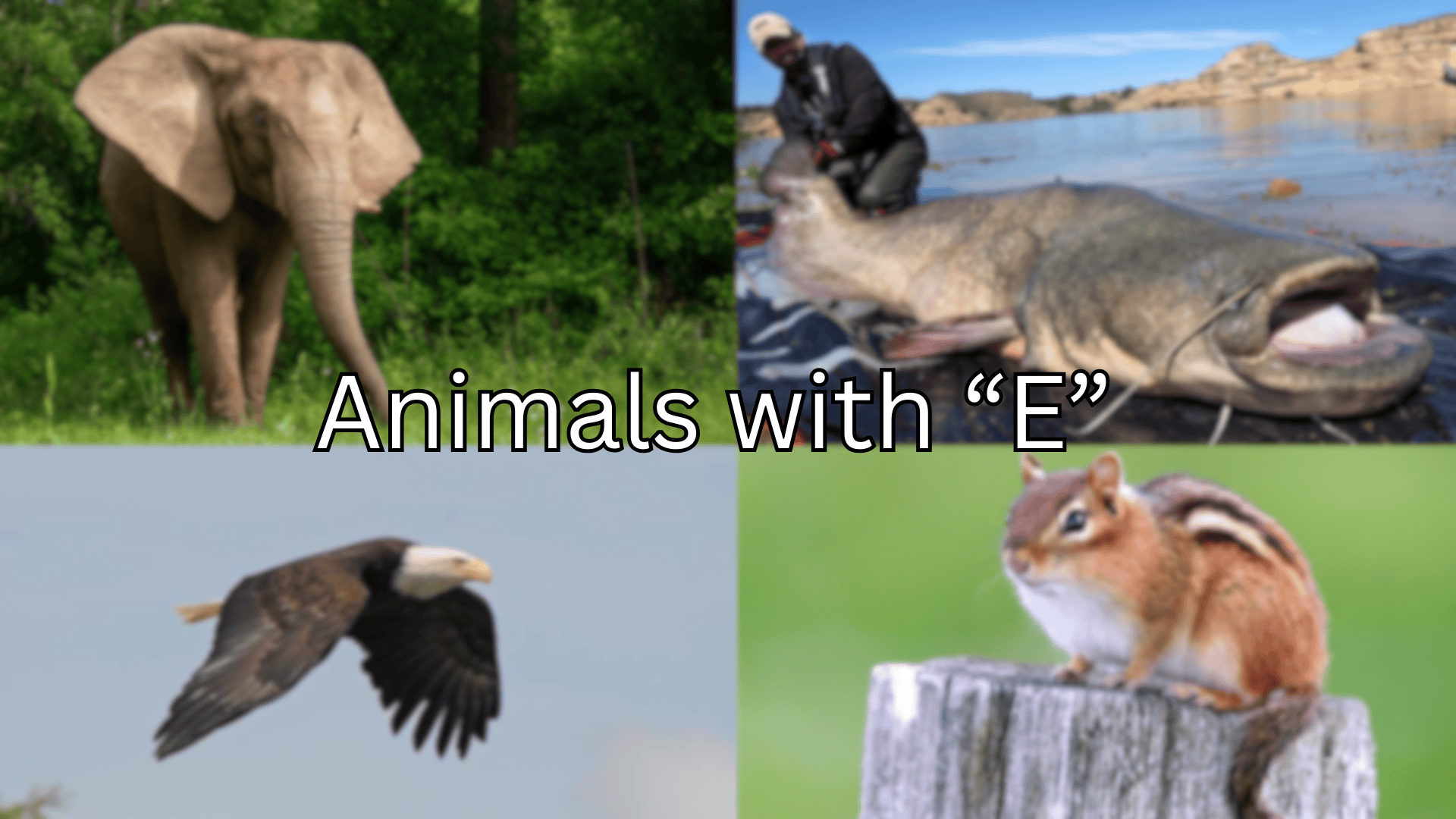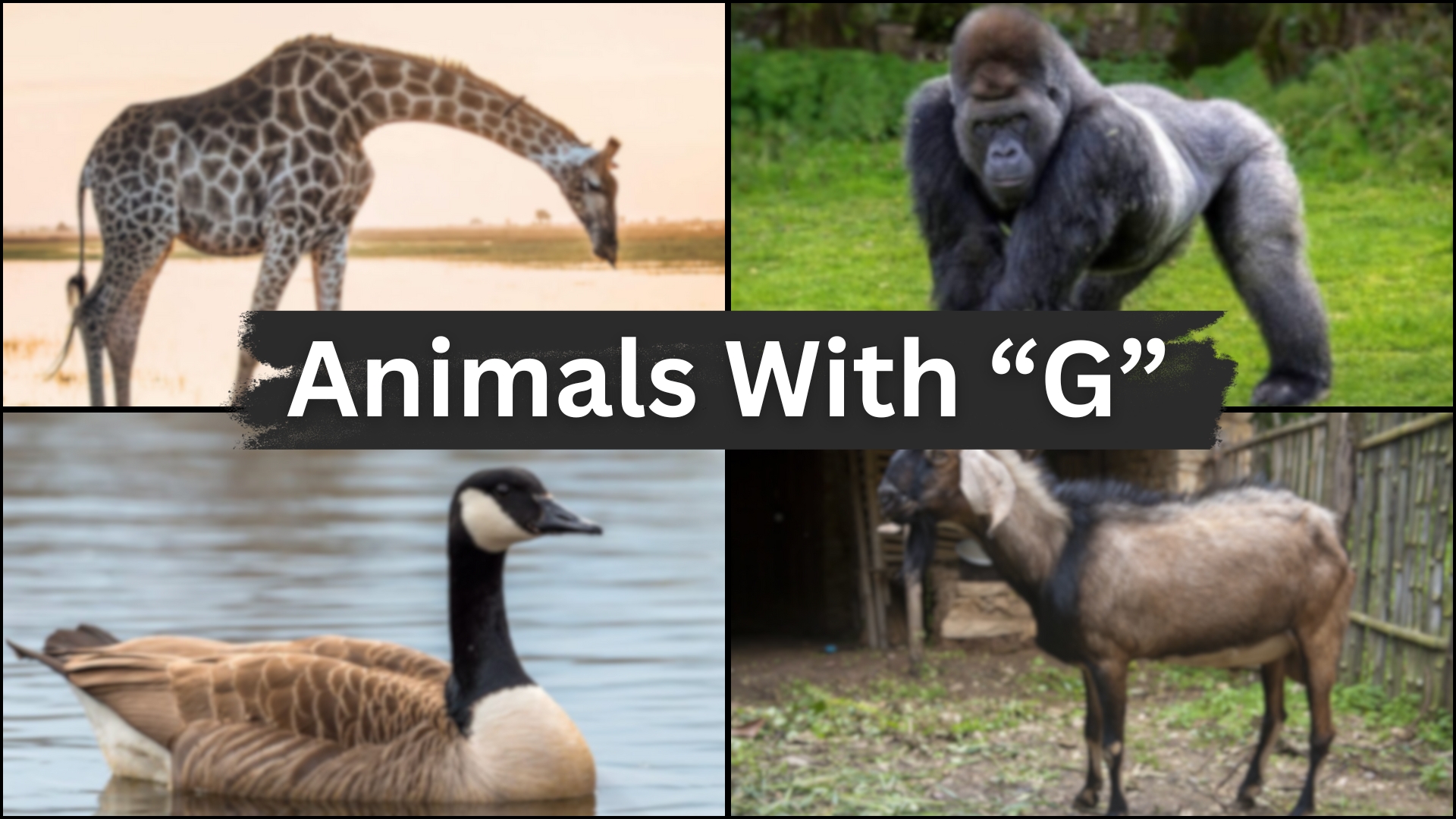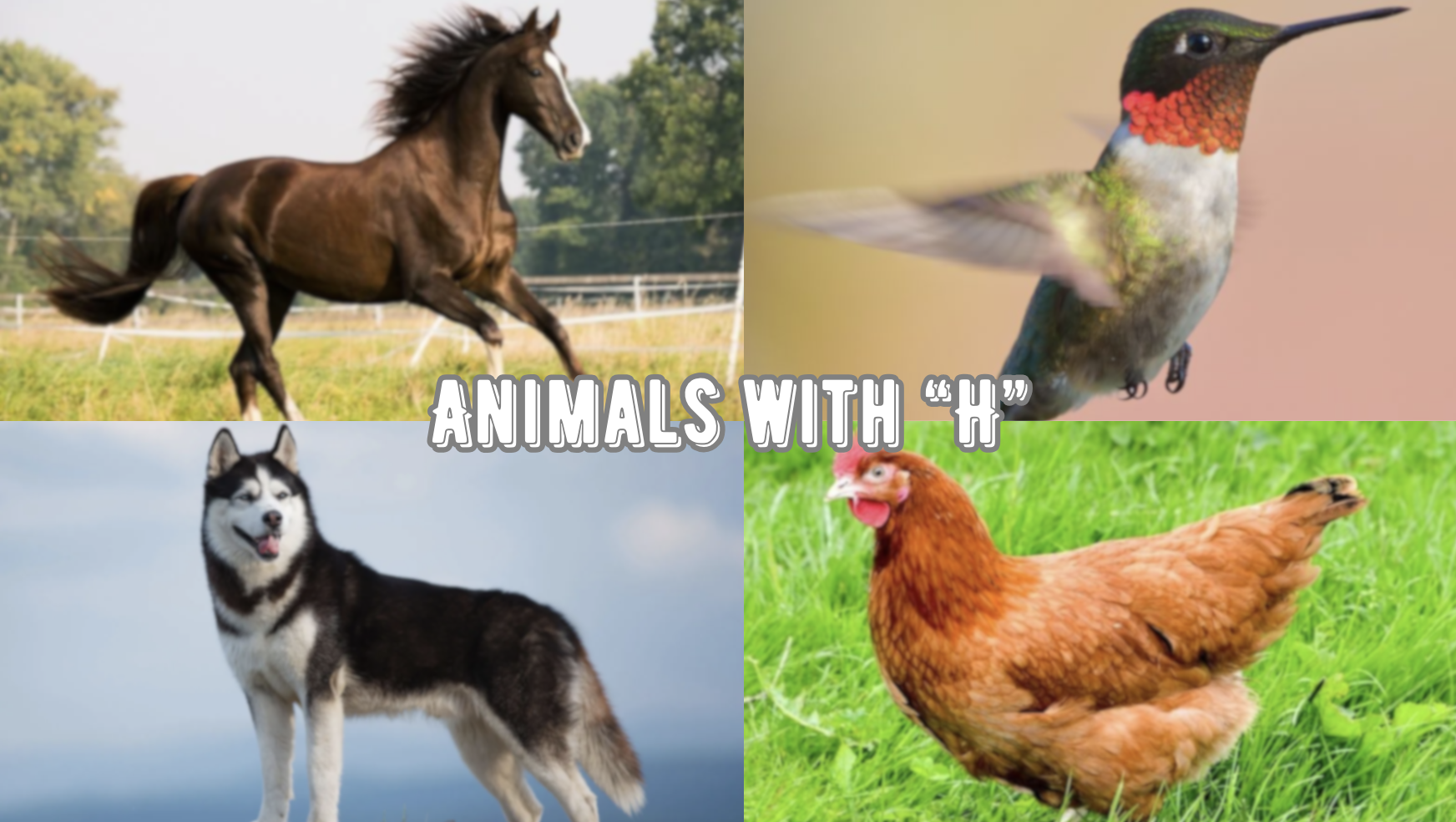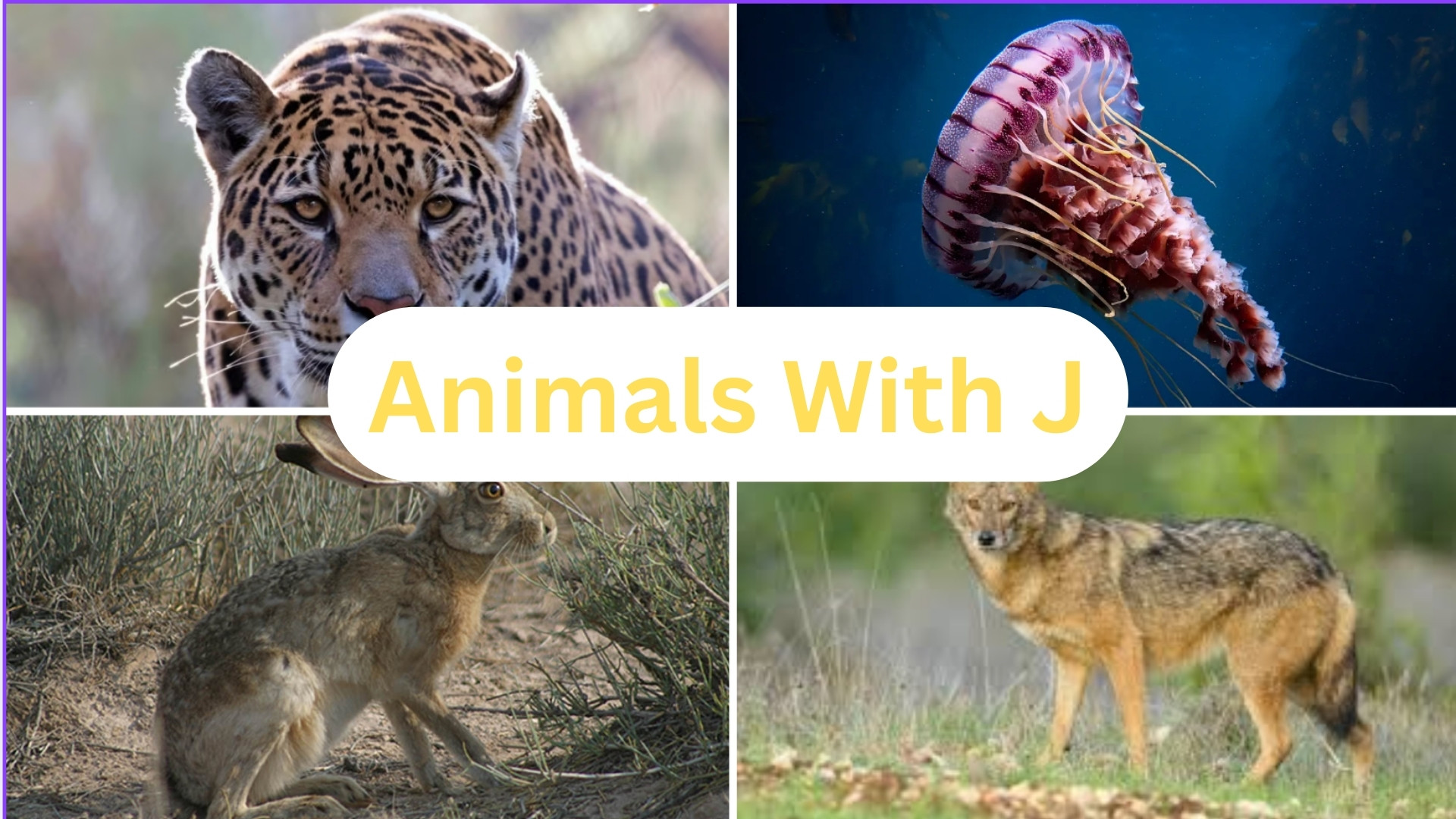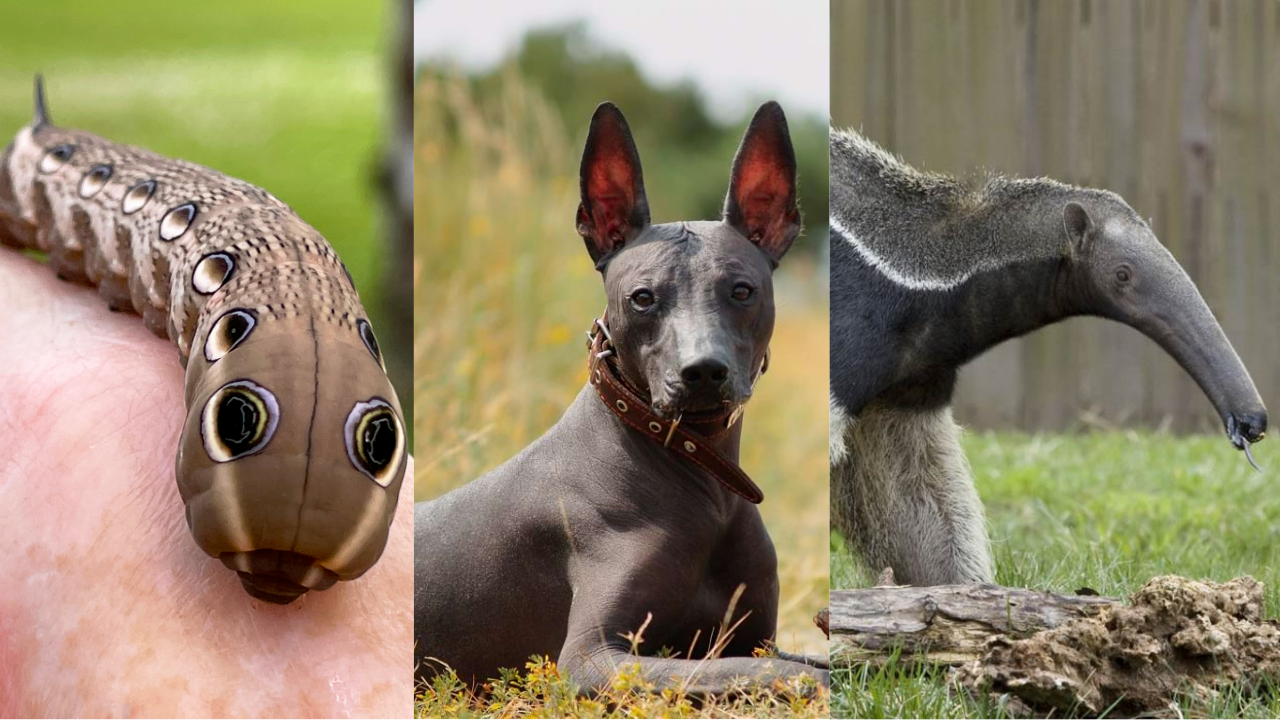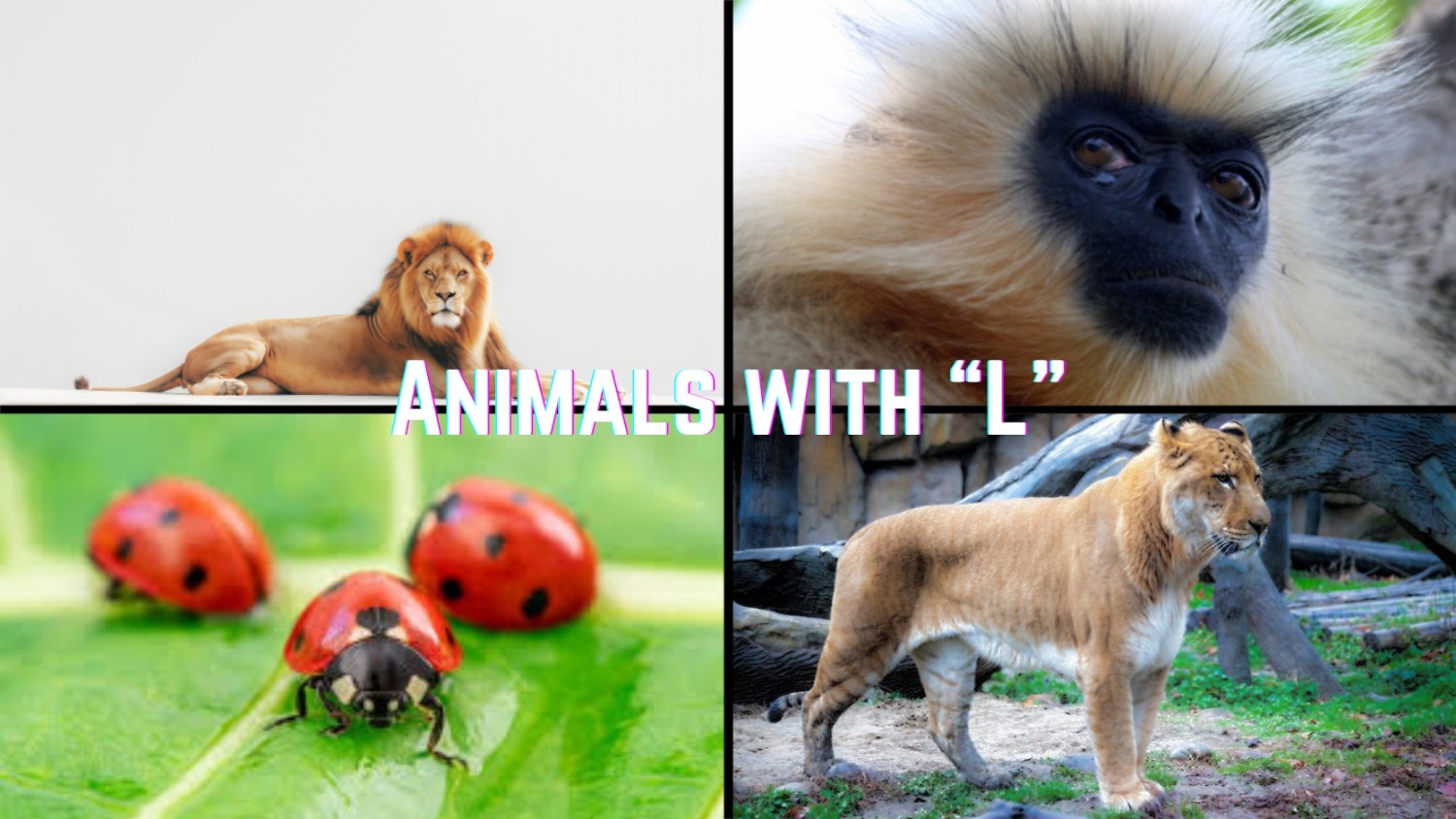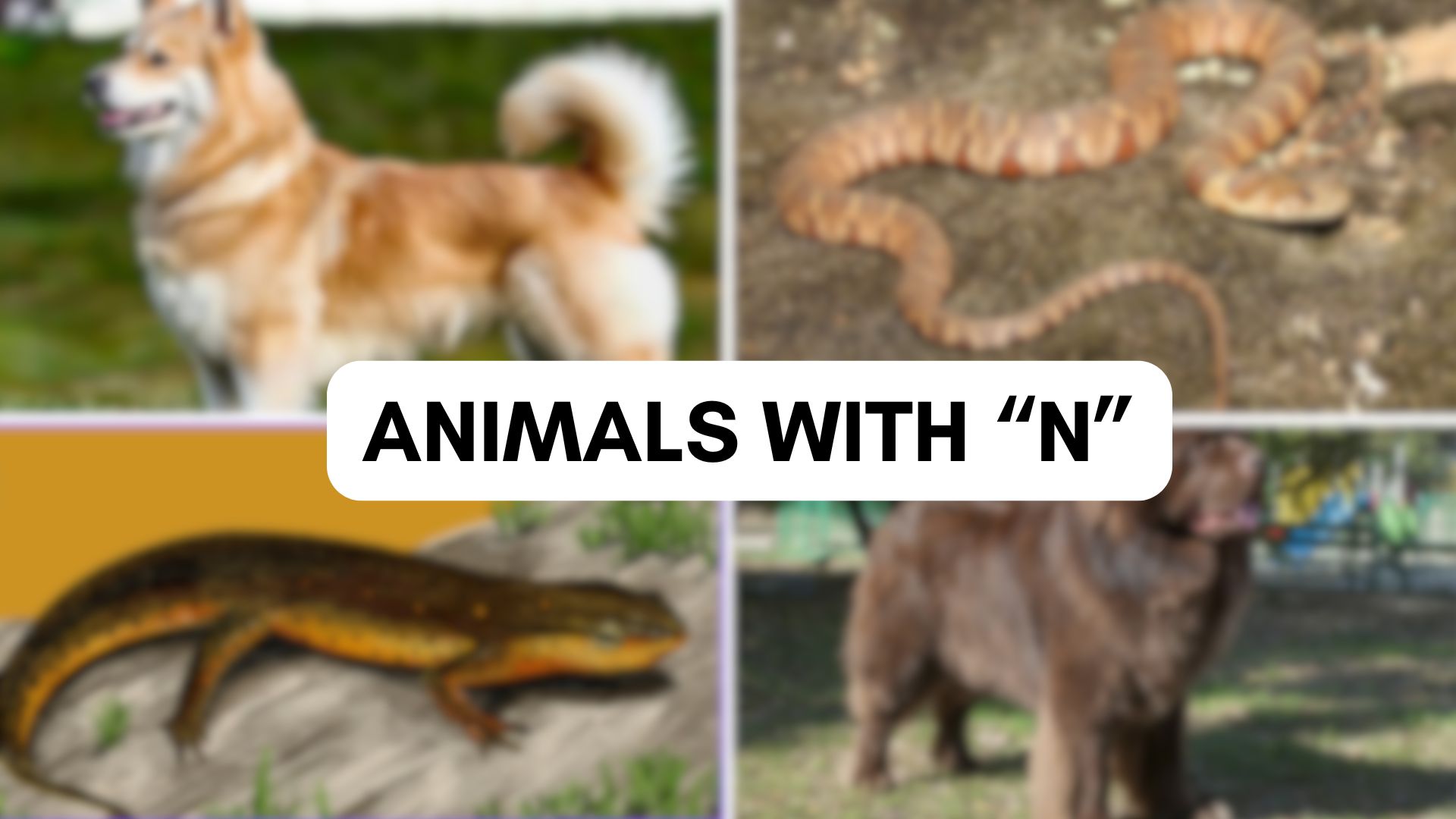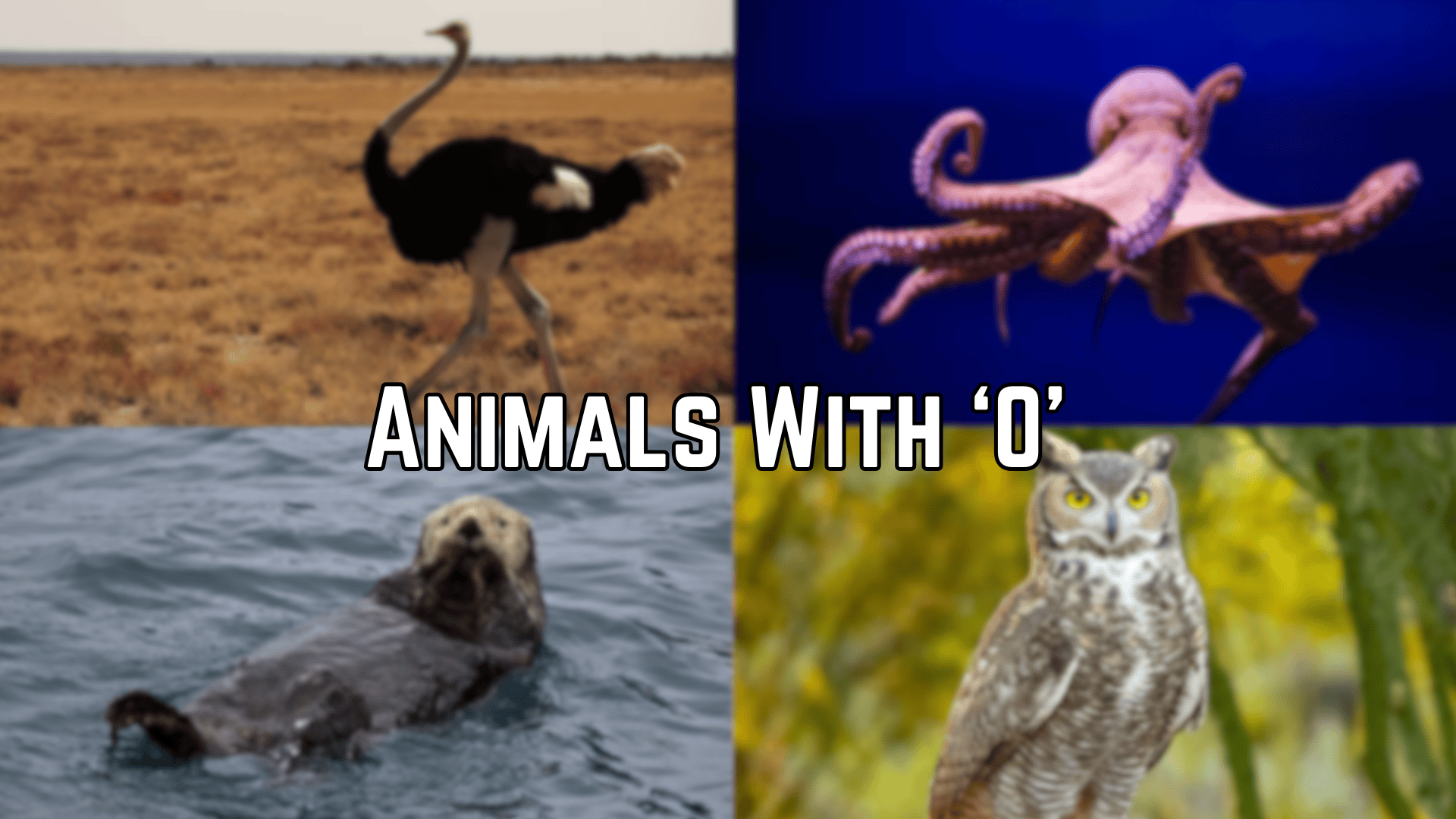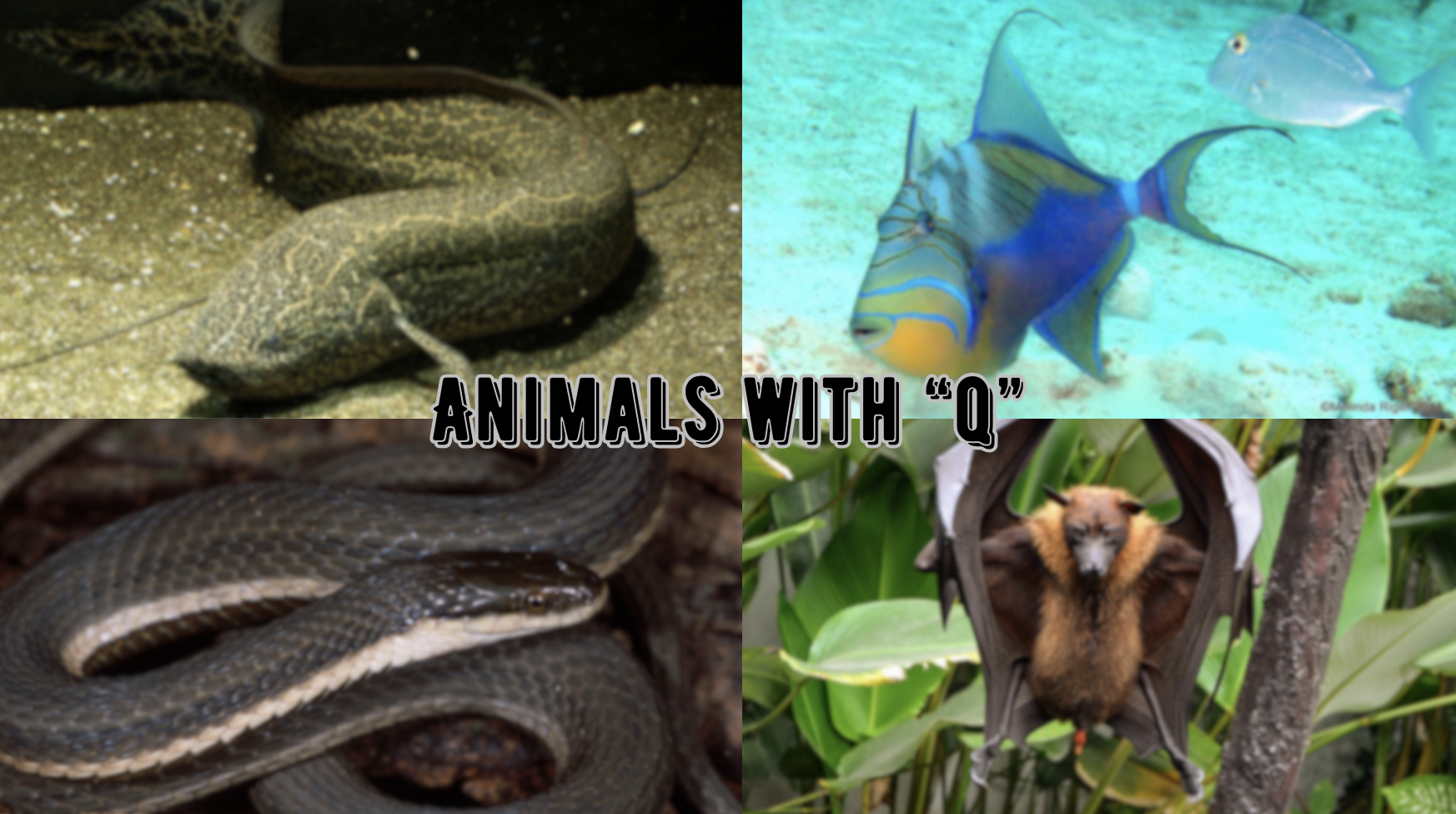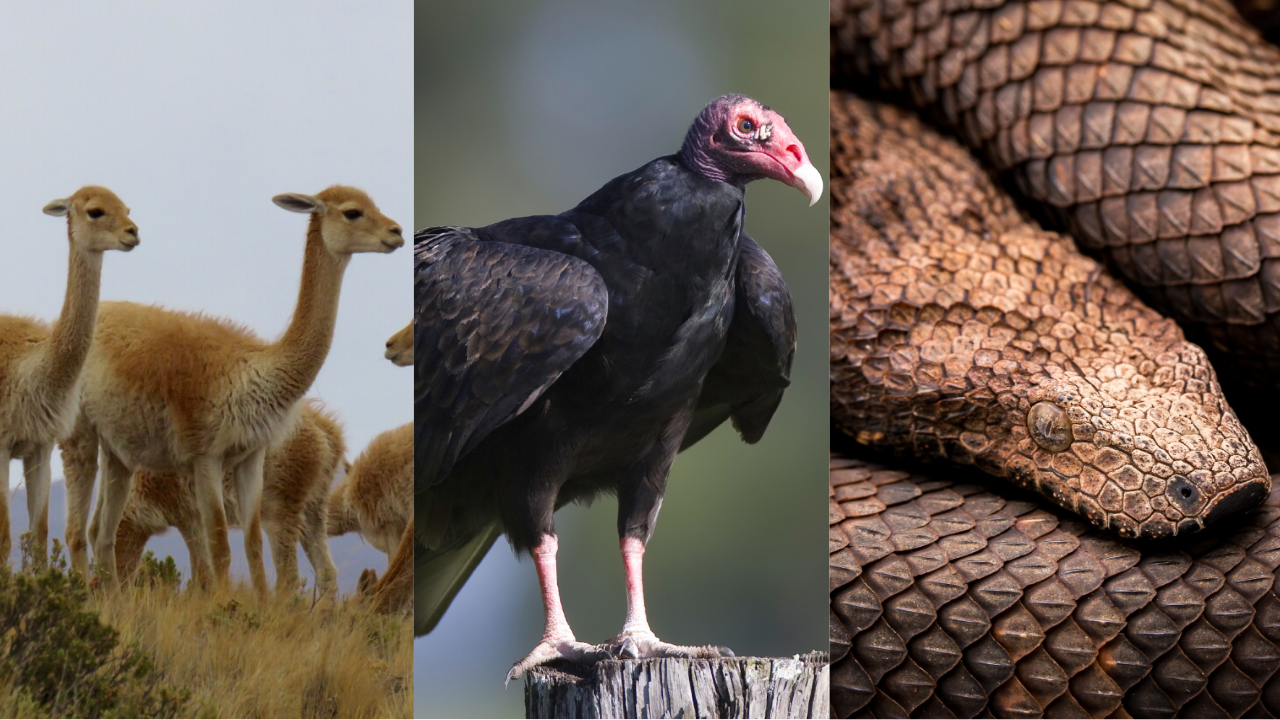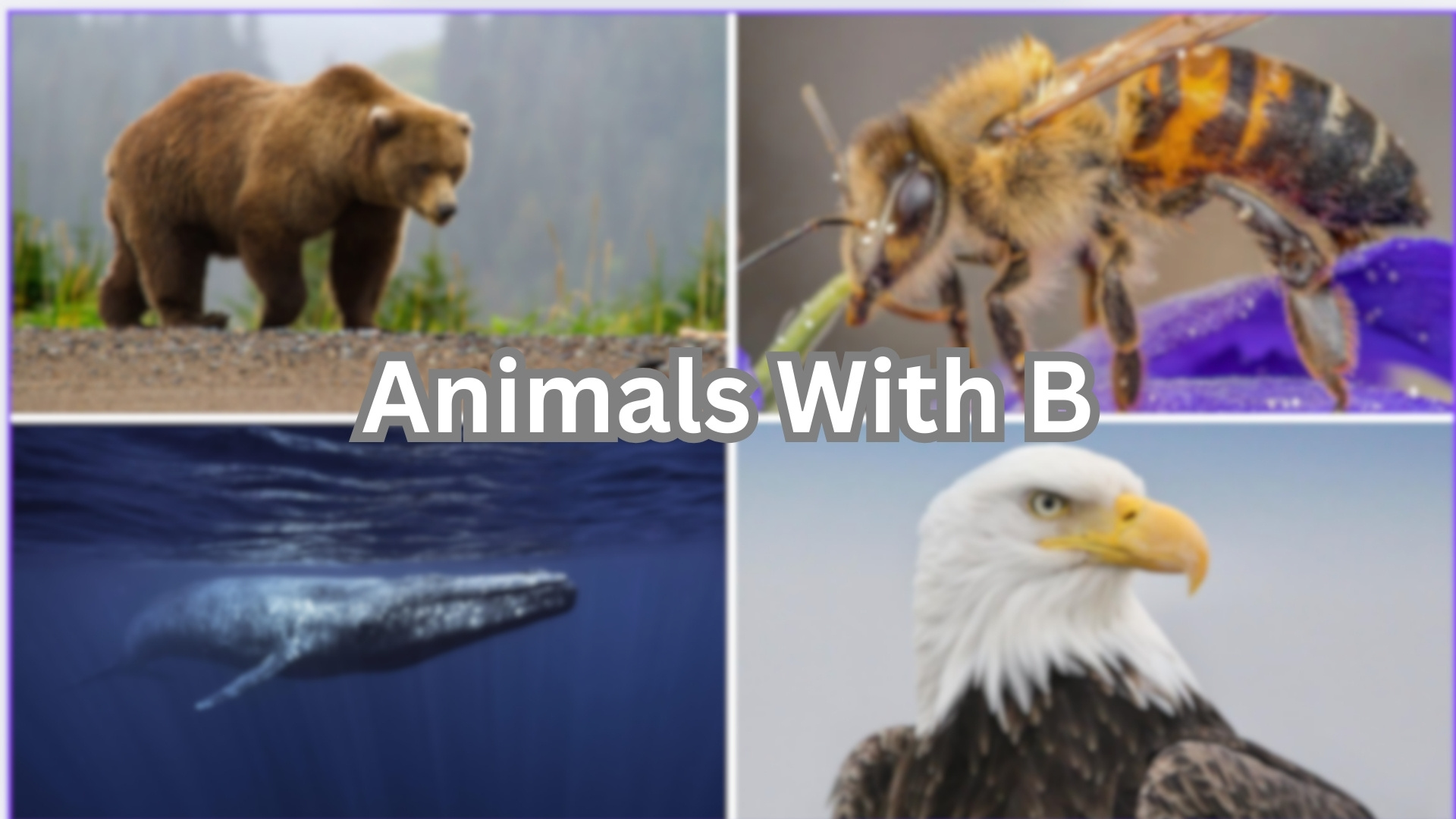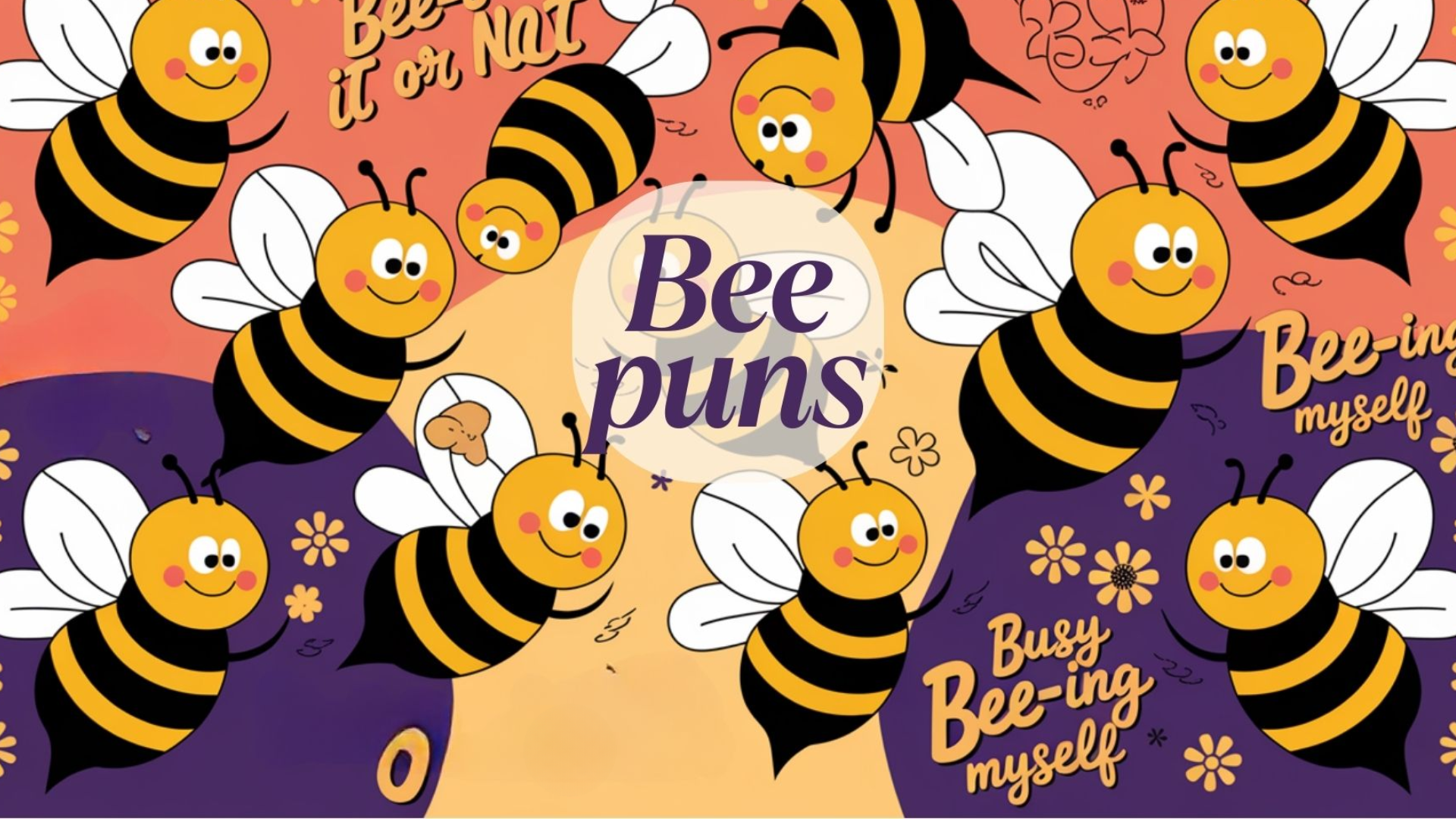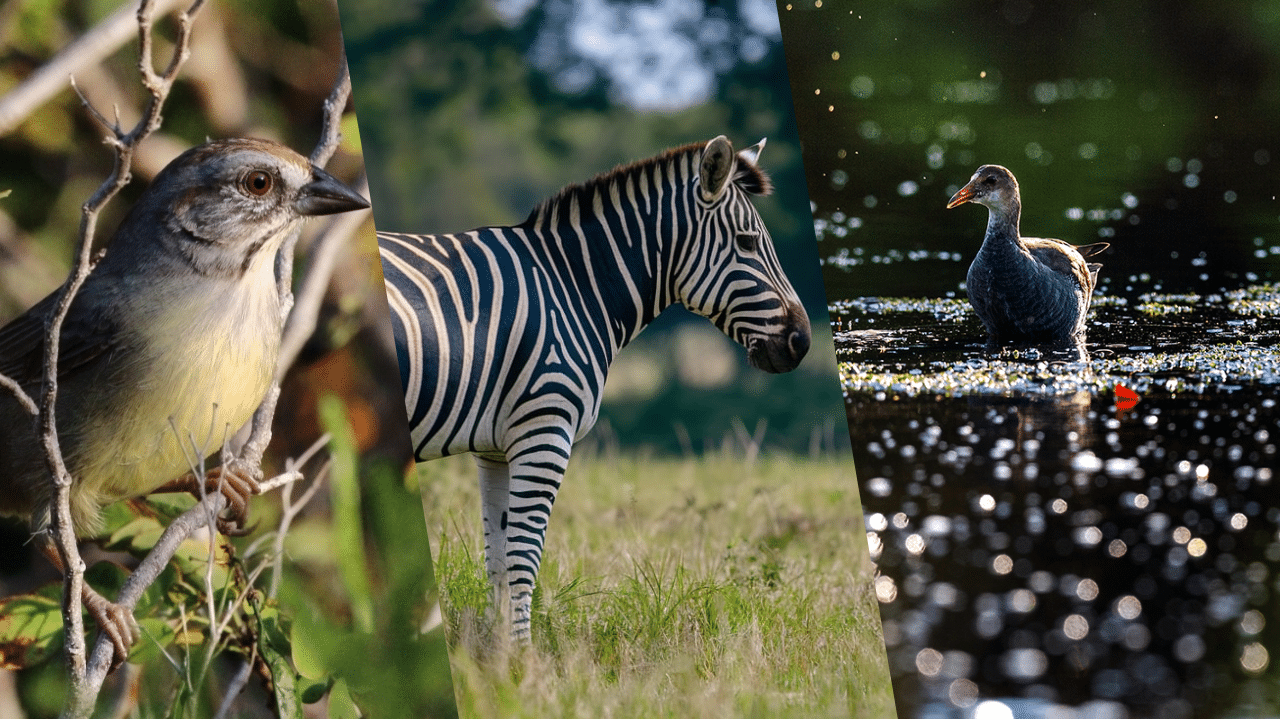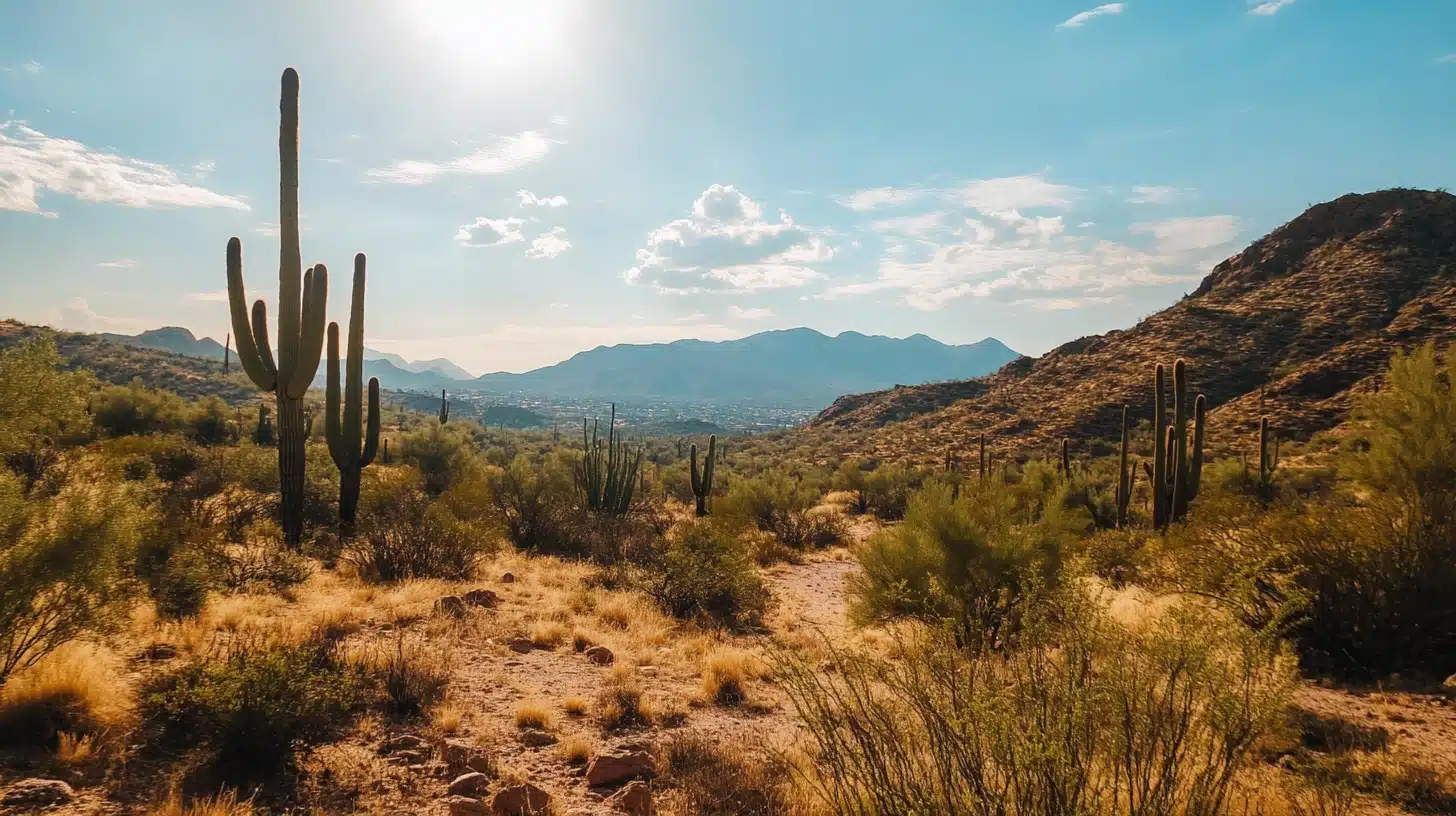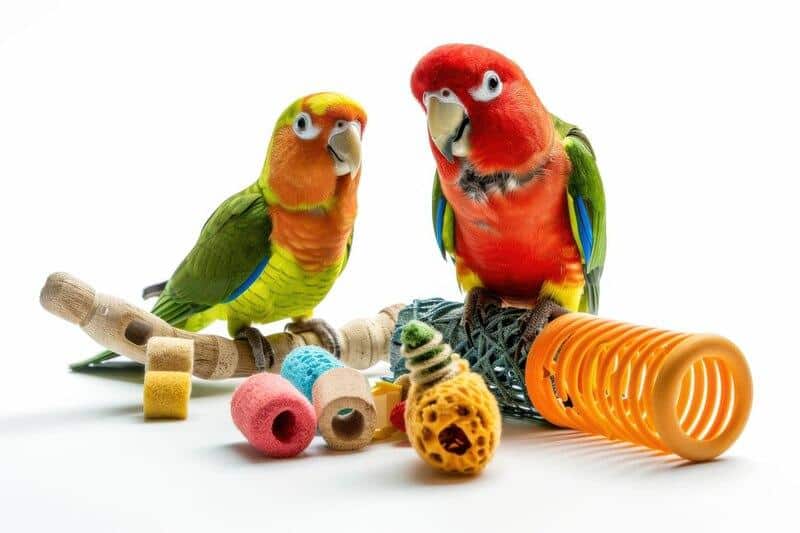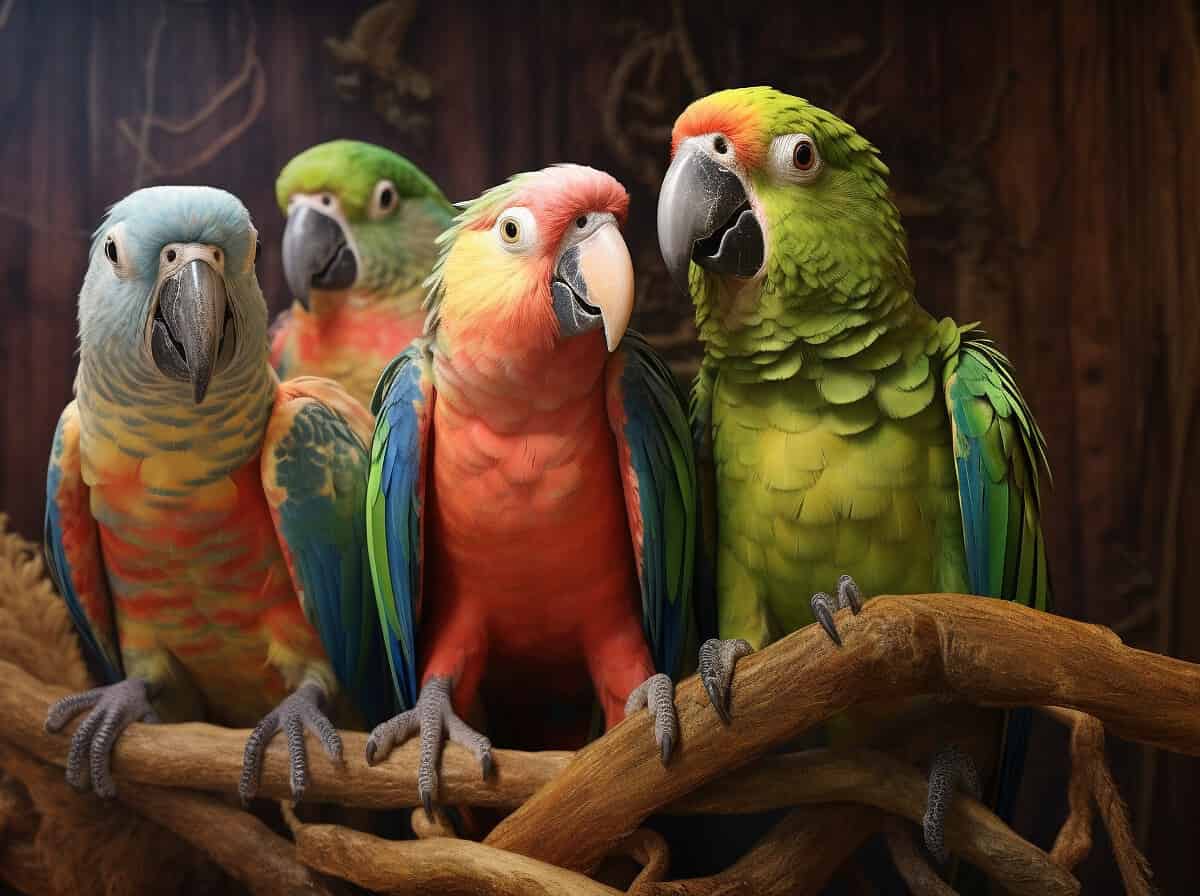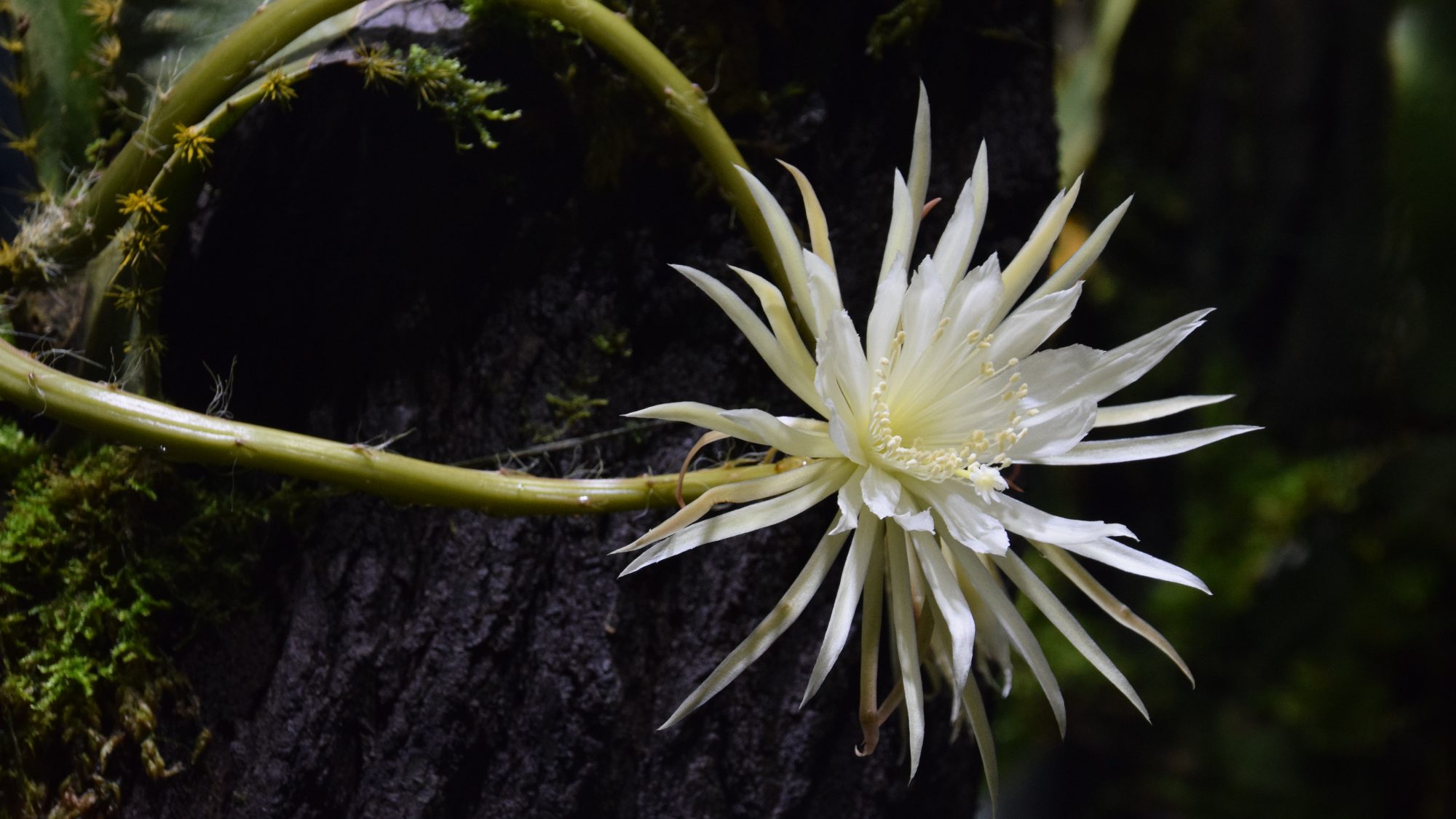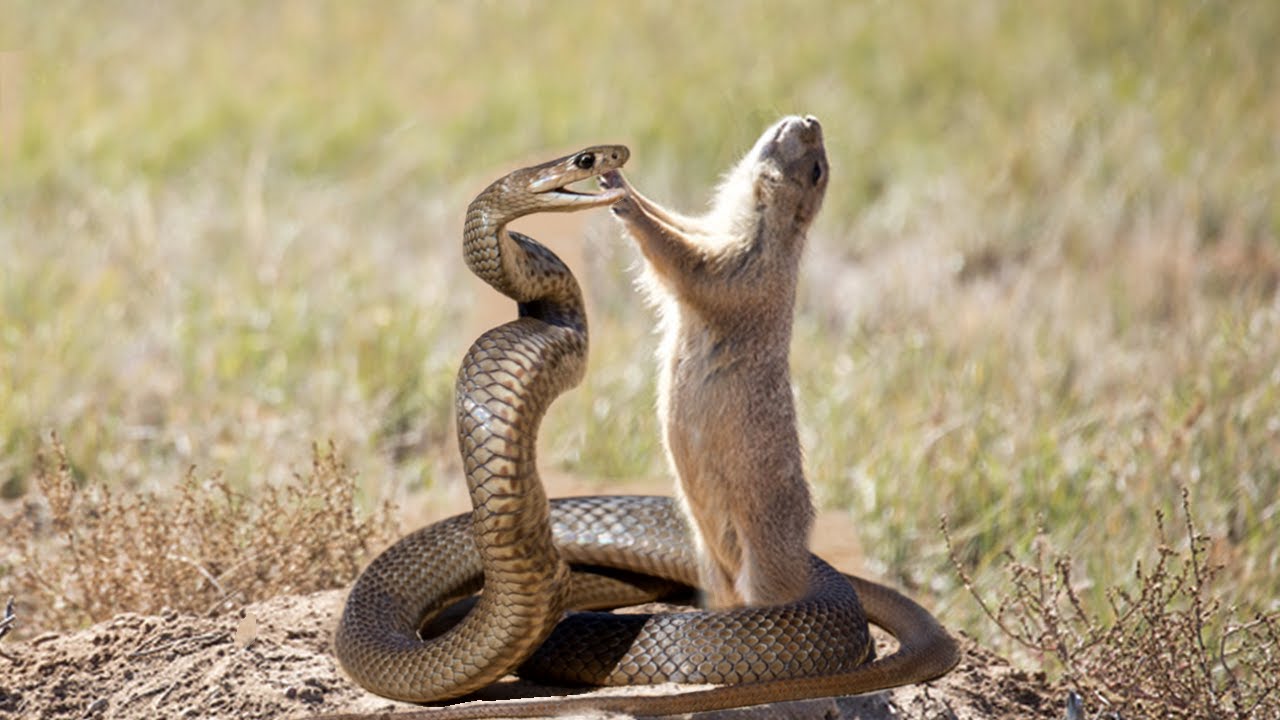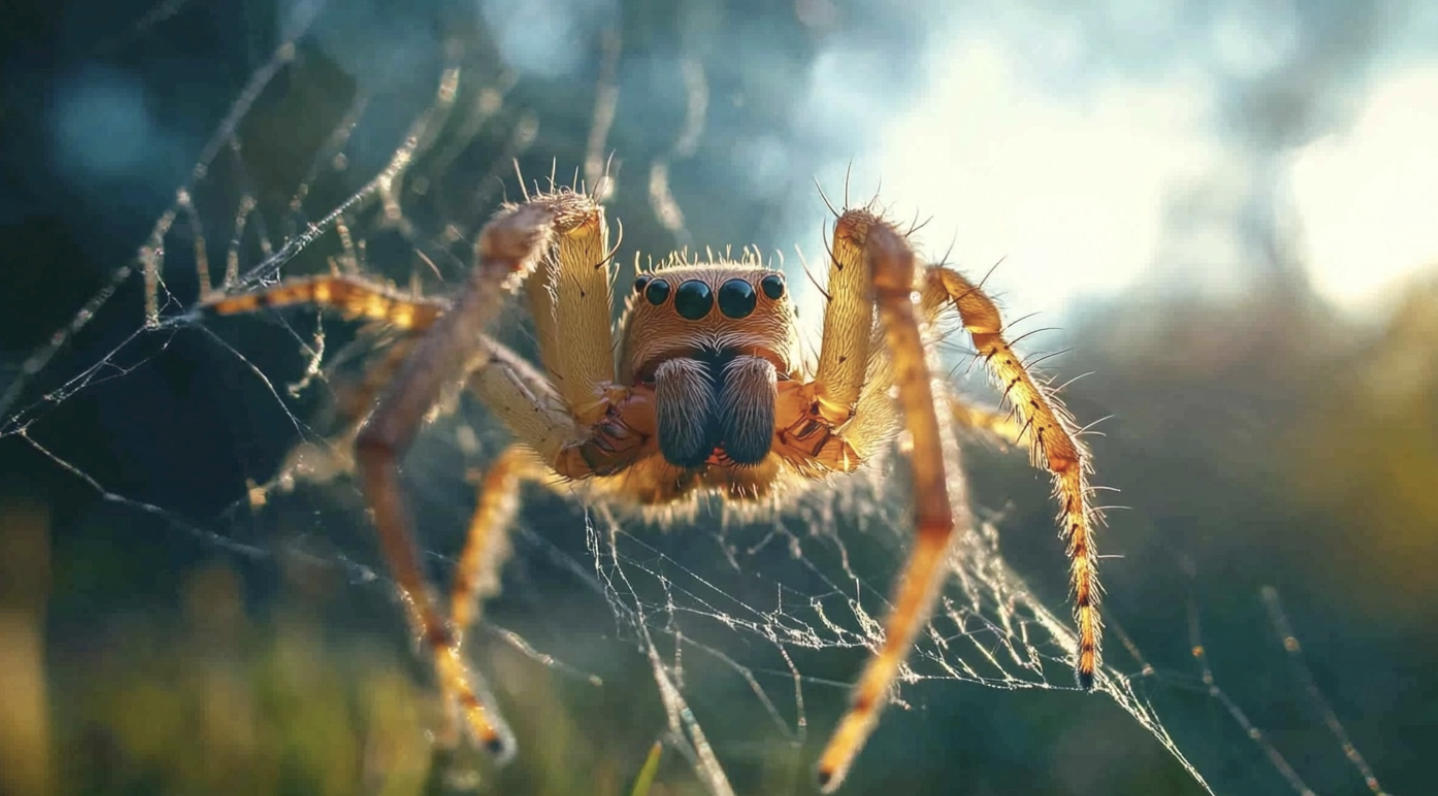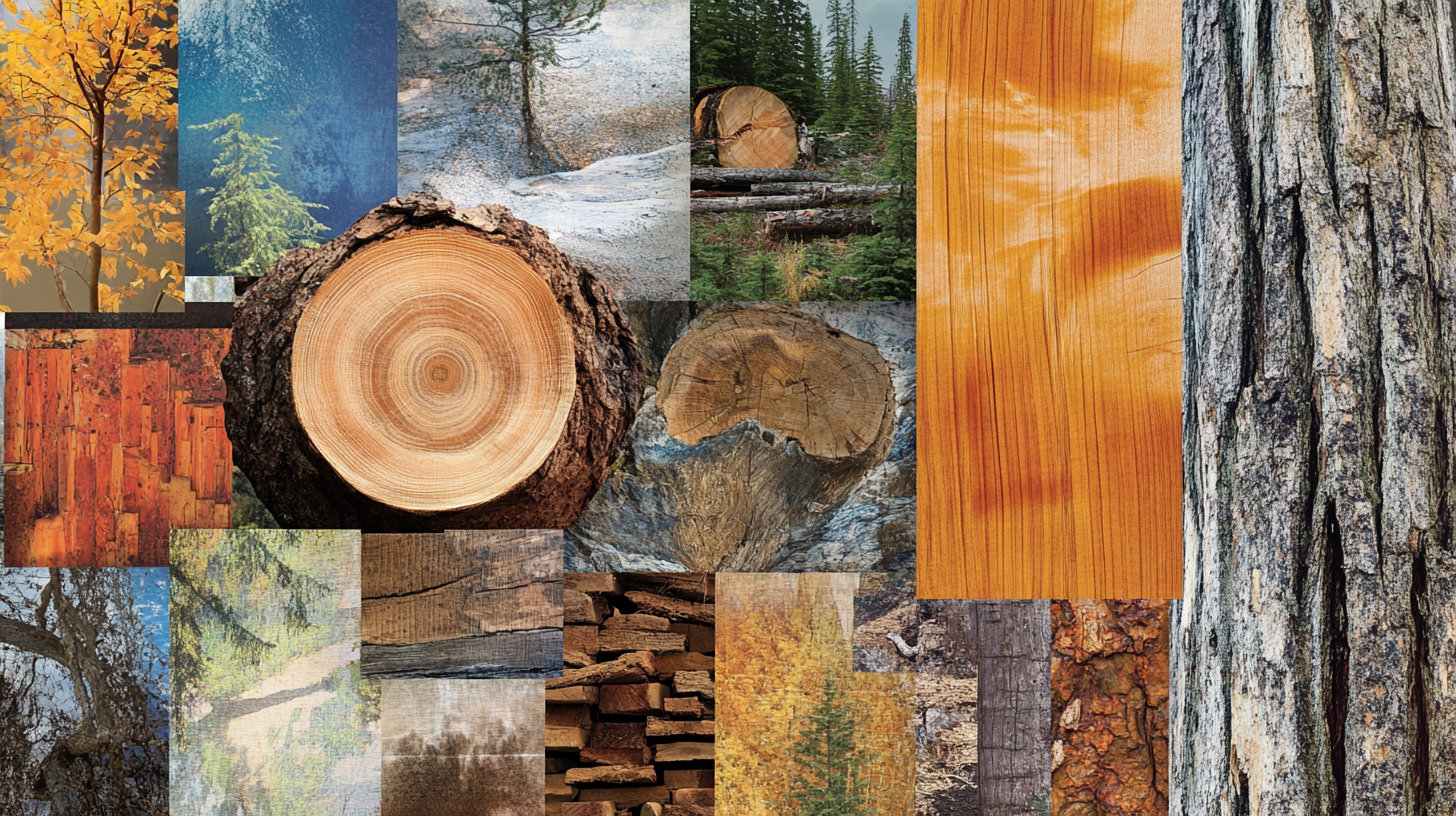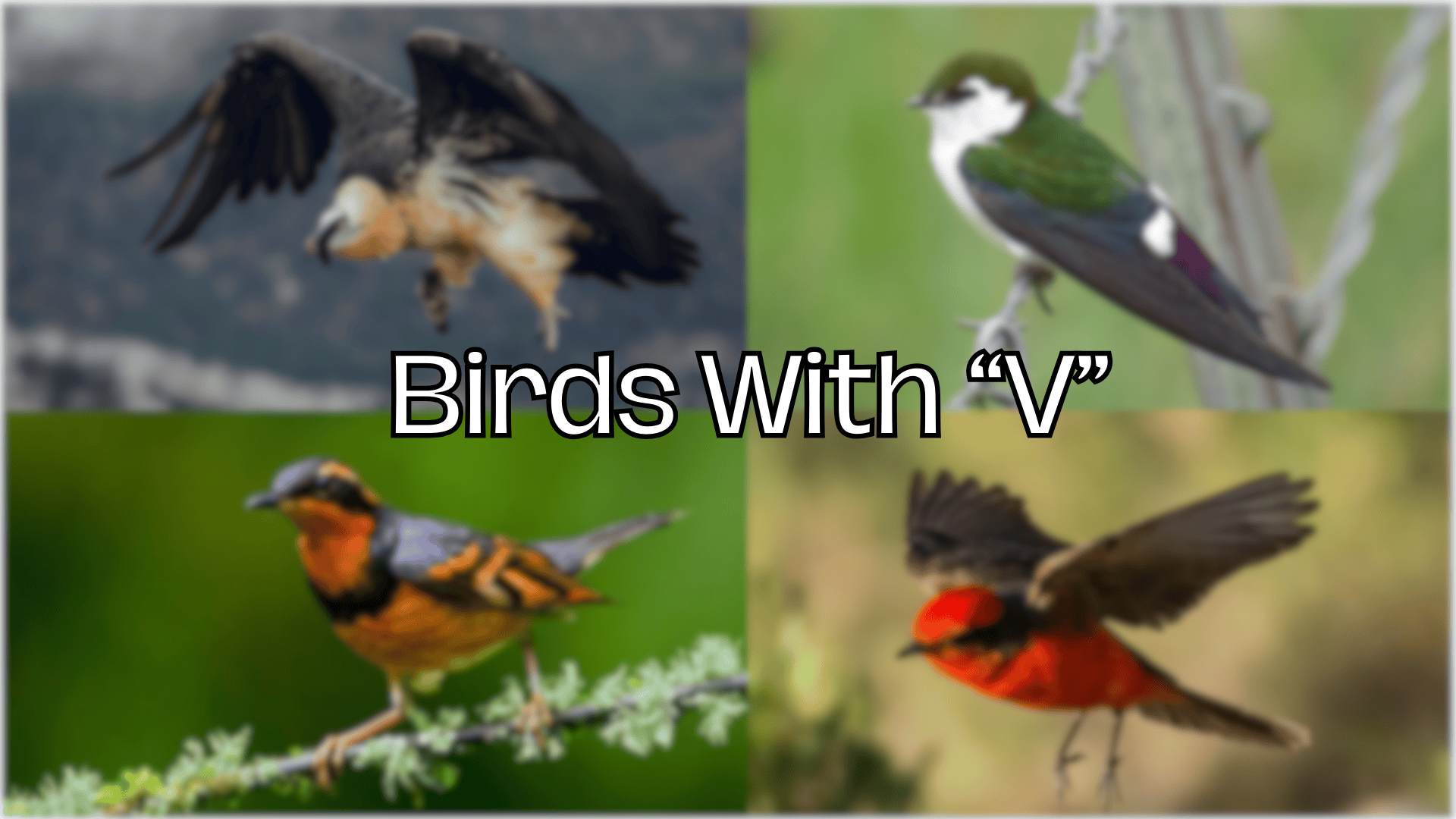
Beyond the ordinary alphabet of avian wonders lies the world of V-named birds—nature’s hidden treasures waiting to be encountered.
From the soaring majesty of vultures circling distant skies to the jewel-like brilliance of violet-crowned hummingbirds hovering among tropical blossoms, these marvels showcase nature’s artistic genius.
Each V-named species tells a unique story through its adaptations, behaviors, and striking appearances. Whether inhabiting scorching deserts, mist-shrouded mountains, or coastal wetlands, these birds have carved distinctive niches in ecosystems worldwide.
This visual celebration invites you to witness the exceptional diversity of birds beginning with a single letter—a testament to the astonishing variation found in our natural world.
Prepare to find colors, remarkable skills, and surprising facts about these wonderful winged creatures.
Commonly Spotted Birds With The Letter “V”
1. Vulture
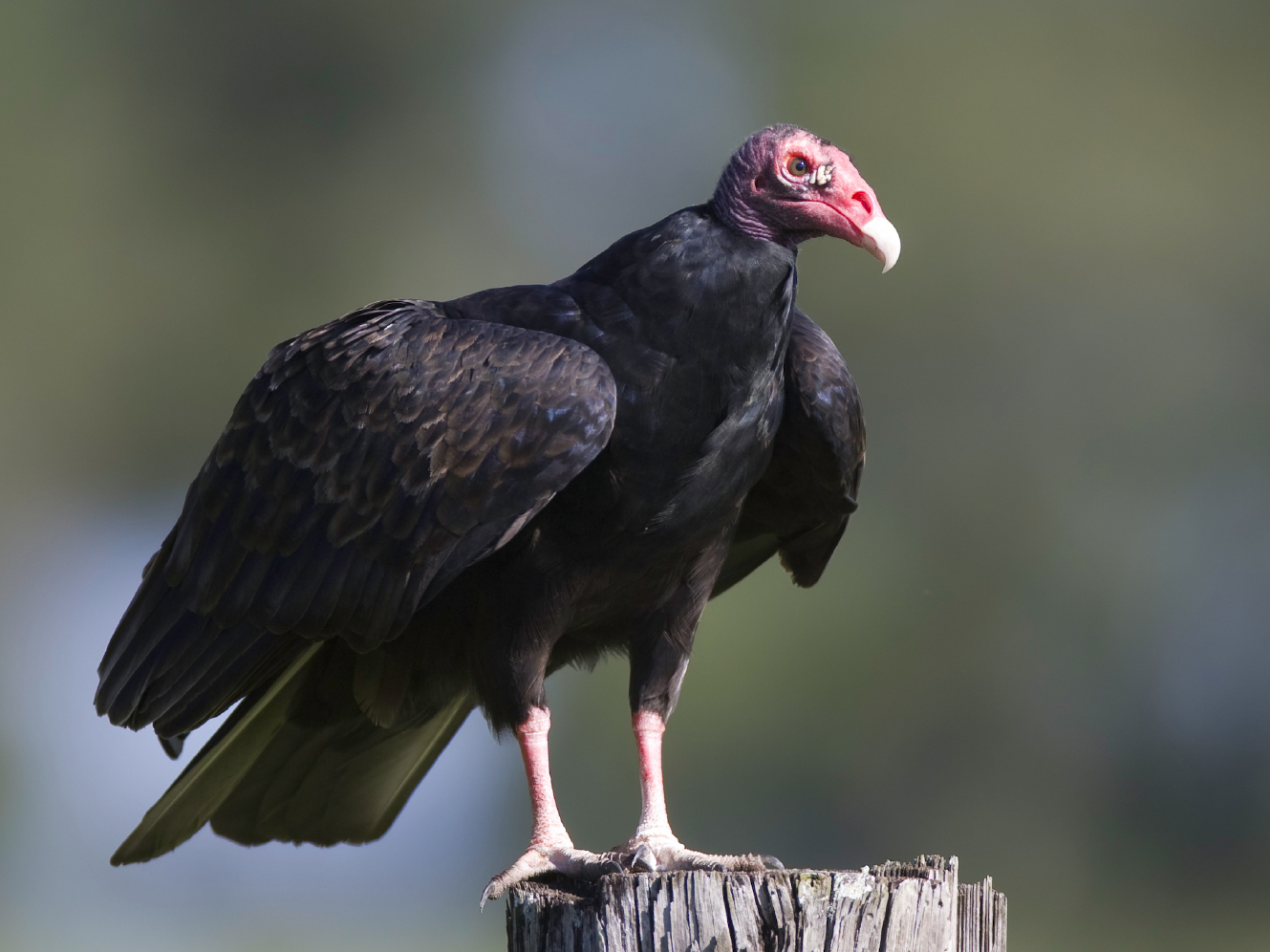
Vultures are large scavenging birds found on every continent except Antarctica and Australia. With their distinctive bald heads and hooked beaks, they play a crucial ecological role as nature’s clean-up crew.
- Region of Habitat: Worldwide across Africa, Asia, Europe, and the Americas
- Scientific Name: Family Cathartidae (New World vultures) and Accipitridae (Old World vultures)
- Feeding Habits: Primarily carrion (dead animals), using keen eyesight to locate food
- What Sound They Make: Generally quiet birds, making occasional hisses, grunts, or croaks
Fun Facts
Their bald heads prevent bacteria from dead animals from sticking to their feathers. Vultures have extremely strong stomach acid (pH of about 1) that can neutralize dangerous bacteria like anthrax and botulism found in rotting carcasses.
2. Violet-green Swallow
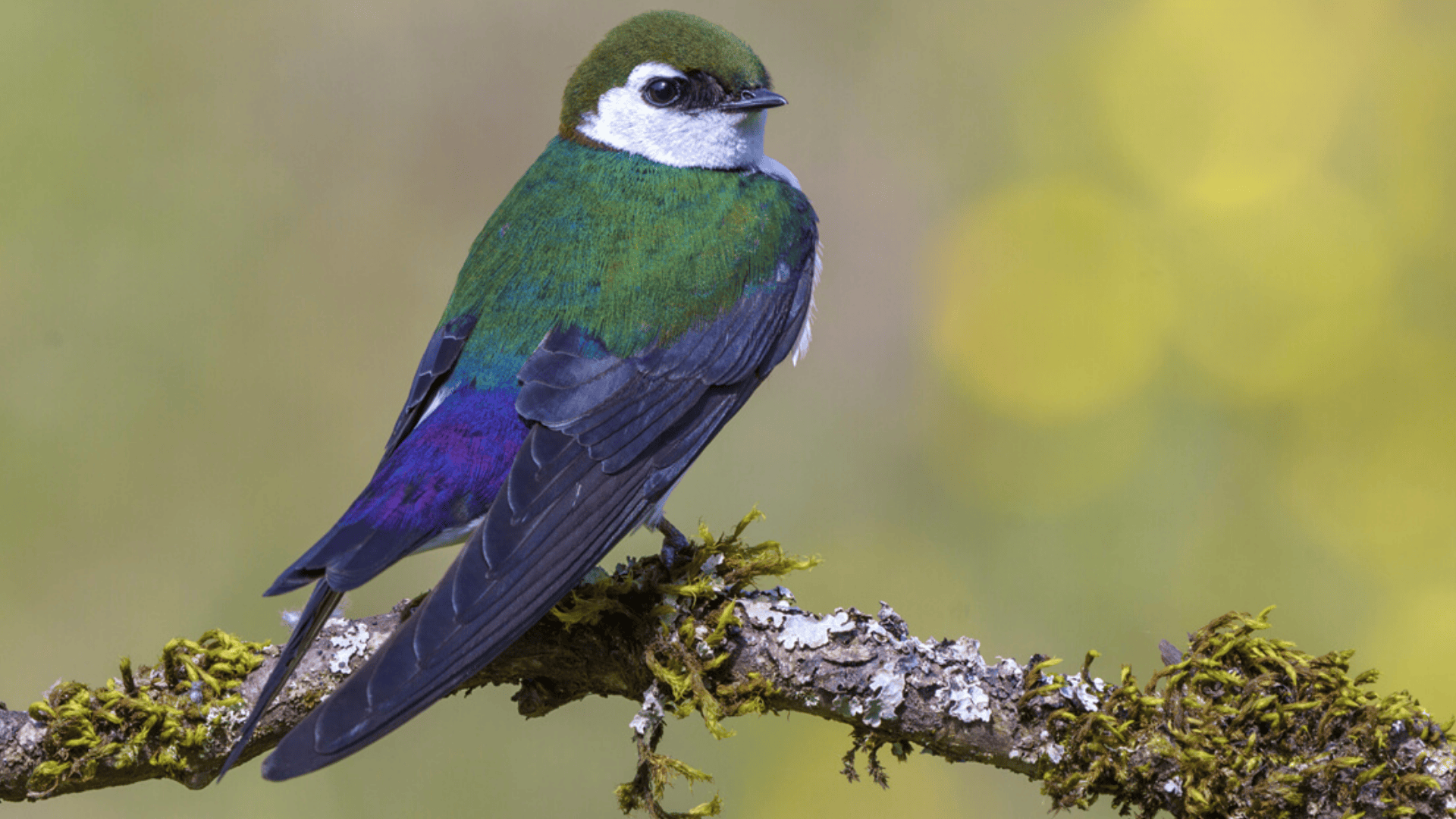
The Violet-green Swallow is a small, beautiful North American songbird with iridescent green upperparts and white underparts that extend up to the face.
- Region of Habitat: Western North America from Alaska to Mexico
- Scientific Name: Tachycineta thalassina
- Feeding Habits: Aerial insectivore that catches flying insects on the wing
- What Sound They Make: Soft chirps and twitters; makes a distinctive “chee-chee” sound
Fun Facts
These swallows can fly at speeds up to 45 mph and are aerial acrobats. Unlike many birds, they can drink while flying by skimming the water’s surface with their lower bill.
3. Vermilion Flycatcher
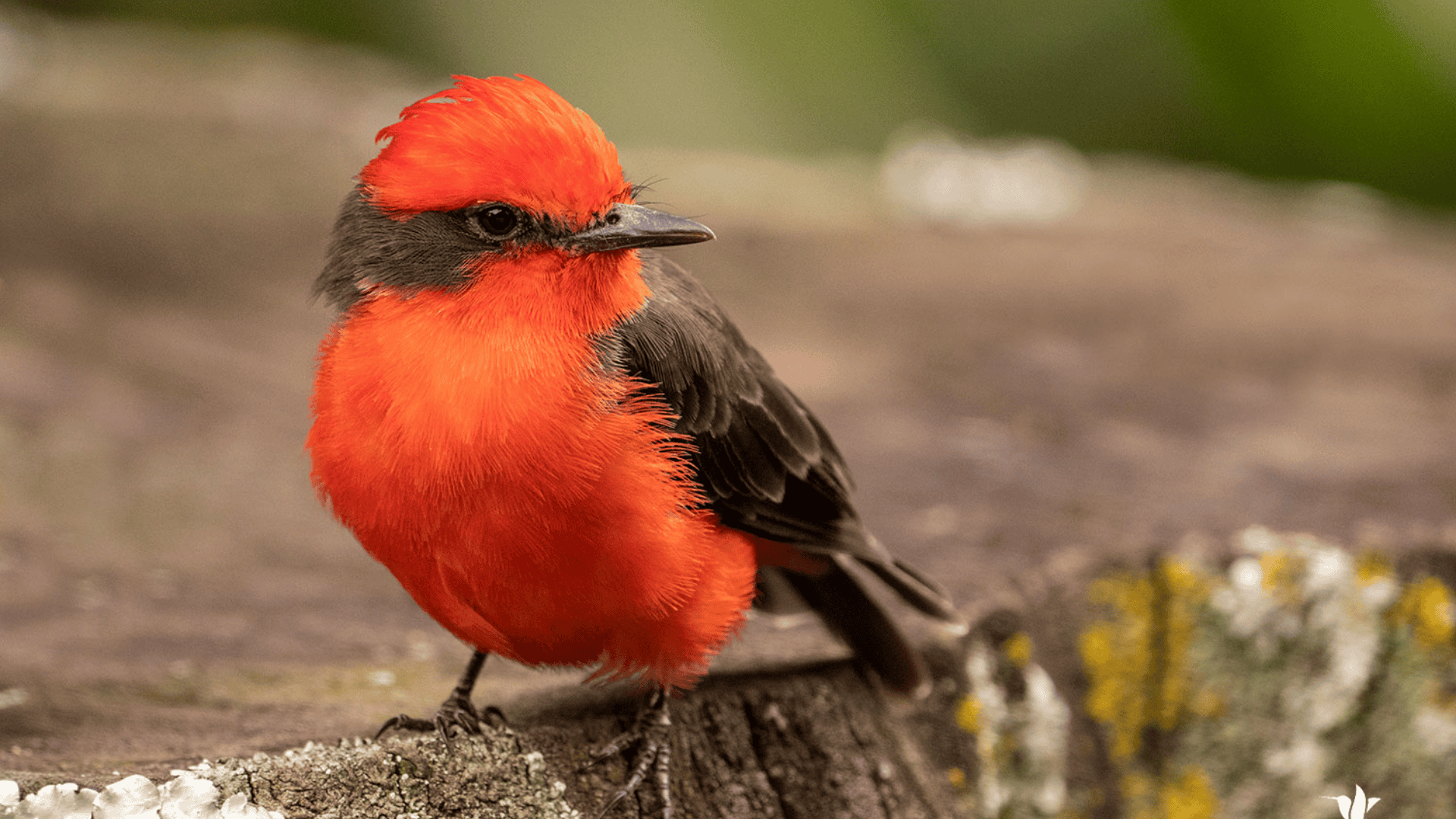
The Vermilion Flycatcher is a small but striking bird. The male displays brilliant scarlet-red plumage that stands out against desert landscapes.
- Region of Habitat: Southwestern United States through Mexico, Central America, and parts of South America
- Scientific Name: Pyrocephalus rubinus
- Feeding Habits: Catches insects in mid-air from a perch, returning to the same spot
- What Sound They Make: Clear “pit-a-see” whistle and soft “pik” calls
Fun Facts
Males perform spectacular courtship displays, flying up to 100 feet in the air before dropping down while singing. The name “vermilion” refers to the bright red-orange pigment in the male’s plumage.
4. Varied Thrush
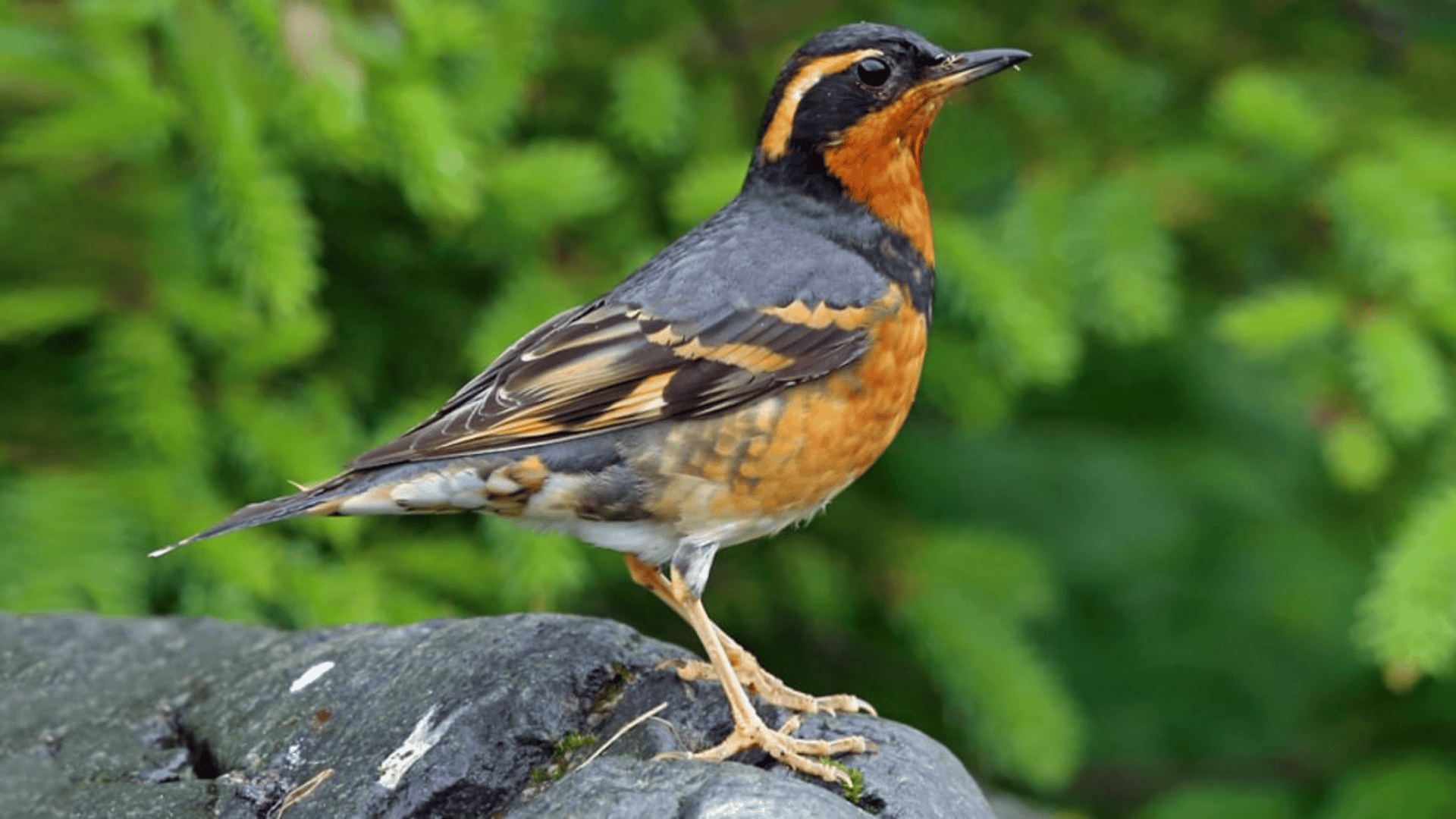
The Varied Thrush is a medium-sized songbird with a distinctive orange and slate-gray plumage pattern and black breast band.
- Region of Habitat: Pacific Northwest forests from Alaska to California
- Scientific Name: Ixoreus naevius
- Feeding Habits: Omnivorous, eating insects, berries, and seeds
- What Sound They Make: Haunting, supernatural single-note whistle that changes pitch
Fun Facts
Their echoing song is often associated with deep forest settings in films. During winter, they sometimes form mixed feeding flocks with American Robins, which are related to them.
5. Virginia Rail
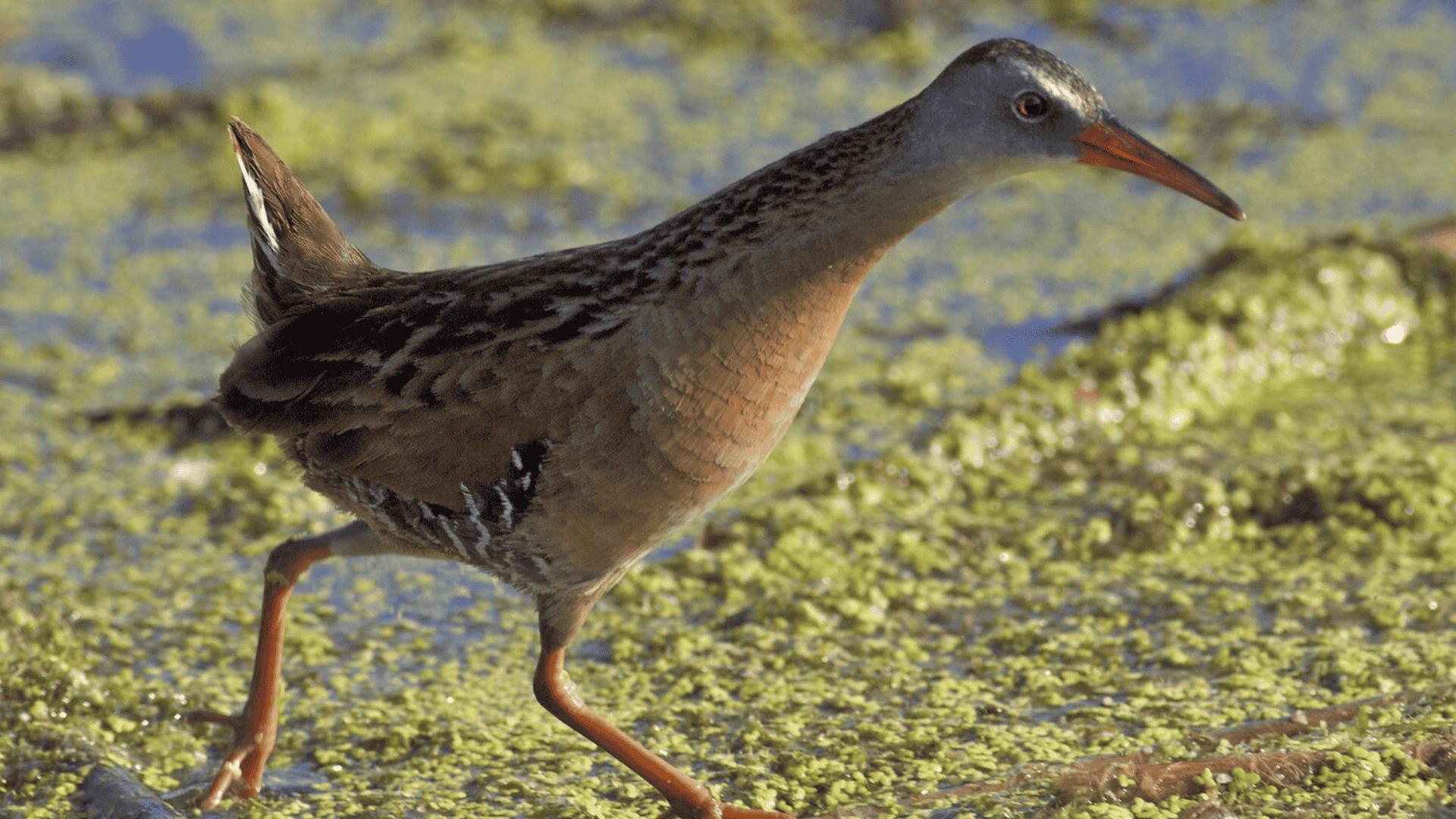
The Virginia Rail is a secretive wetland bird. Its compressed body allows it to navigate through dense reeds and marsh vegetation.
- Region of Habitat: Freshwater marshes across North America
- Scientific Name: Rallus limicola
- Feeding Habits: Omnivorous, consuming aquatic insects, small fish, seeds, and plant material
- What Sound They Make: Sharp “kid-ick” call and pig-like grunting sounds
Fun Facts
Virginia Rails can swim underwater and even freeze in place with their bill pointing upward to blend with reeds. Their bodies are laterally compressed (thin from side to side), allowing them to slip between tightly packed vegetation.
6. Veery
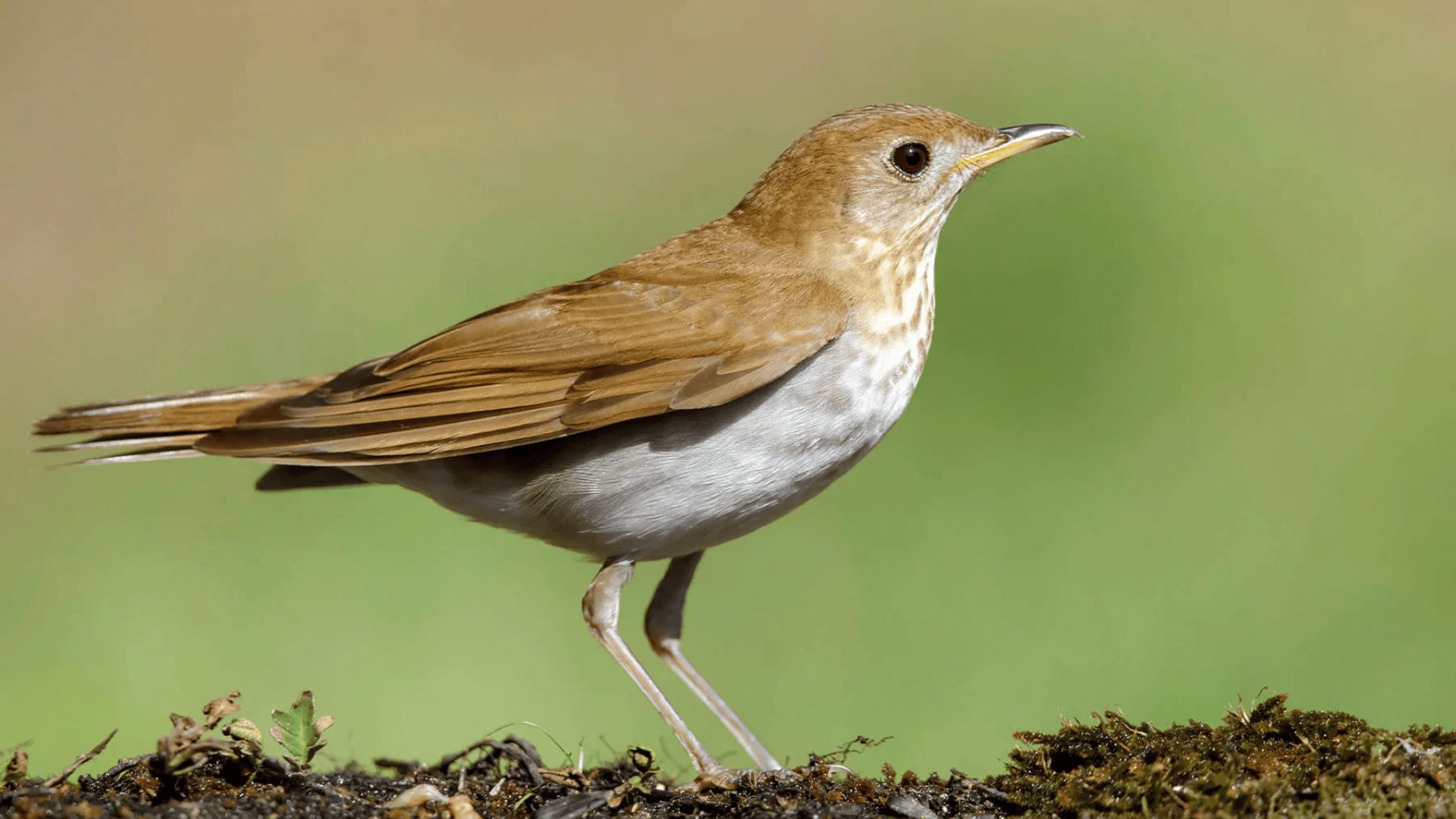
The Veery is a medium-sized thrush with warm cinnamon-brown upperparts and minimal spotting on its breast compared to other thrushes.
- Region of Habitat: Deciduous and mixed forests of eastern North America
- Scientific Name: Catharus fuscescens
- Feeding Habits: Primarily insects and other invertebrates, supplemented with berries
- What Sound They Make: An Intangible, flute-like downward spiral of notes, considered one of North America’s most beautiful bird songs
Fun Facts
The Veery’s song sounds like it’s singing a duet with itself due to its syrinx (vocal organ) producing two notes simultaneously. They are long-distance migrants, wintering in central and southern Brazil.
7. Vesper Sparrow
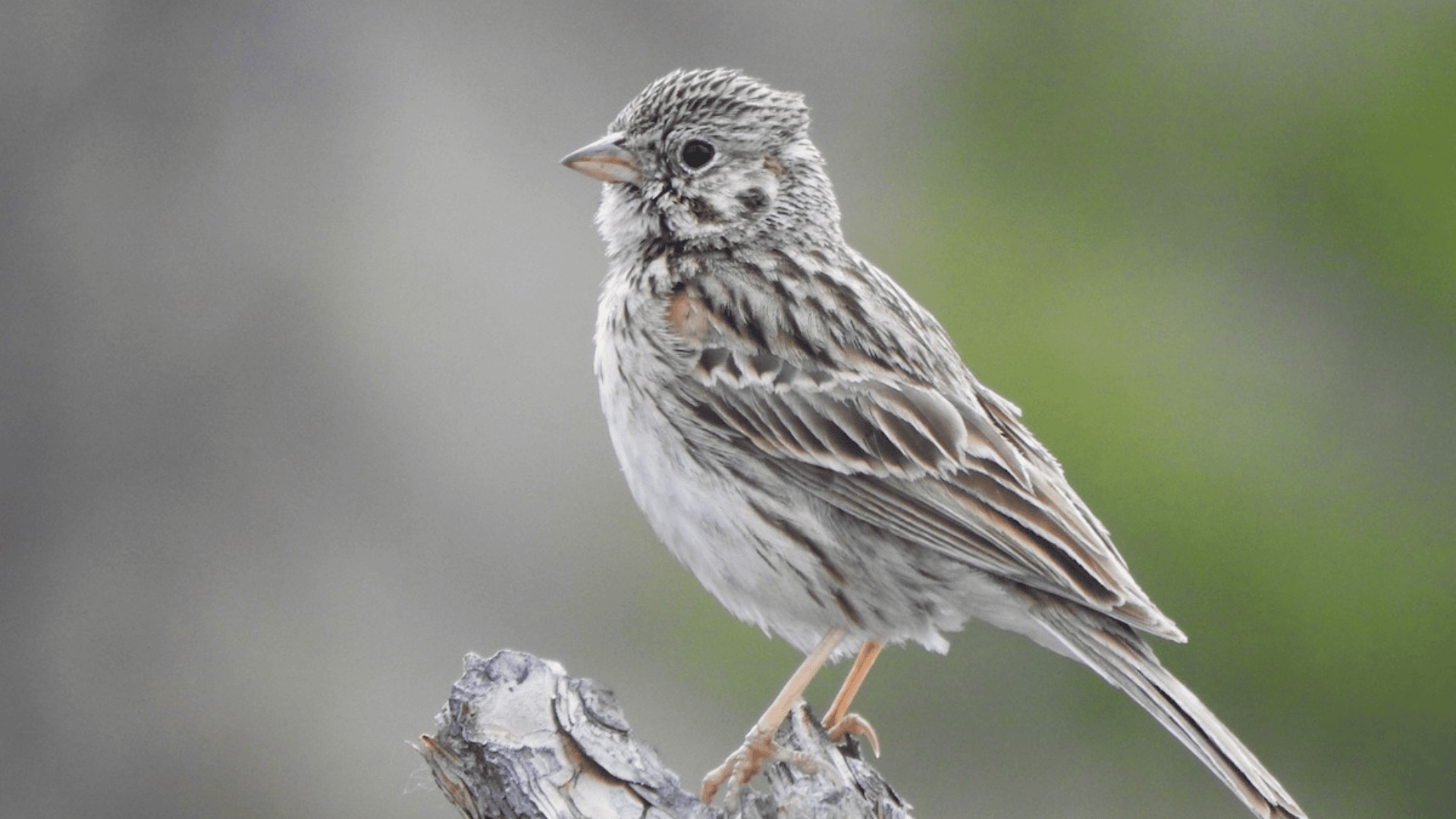
The Vesper Sparrow is a medium-sized grassland sparrow with a white eye-ring and white outer tail feathers that flash when it flies.
- Region of Habitat: Open grasslands, prairies, and agricultural fields across North America
- Scientific Name: Pooecetes gramineus
- Feeding Habits: Seeds, grains, and insects
- What Sound They Make: Sweet, melodious songs often sung at dusk (hence the name “vesper”)
Fun Facts
Named after the Roman Catholic evening prayer service (vespers) because it is often sung as evening approaches. Unlike many sparrows, it’s a ground-walker rather than a hopper and runs like a roadrunner when disturbed.
8. Vireo (various species)
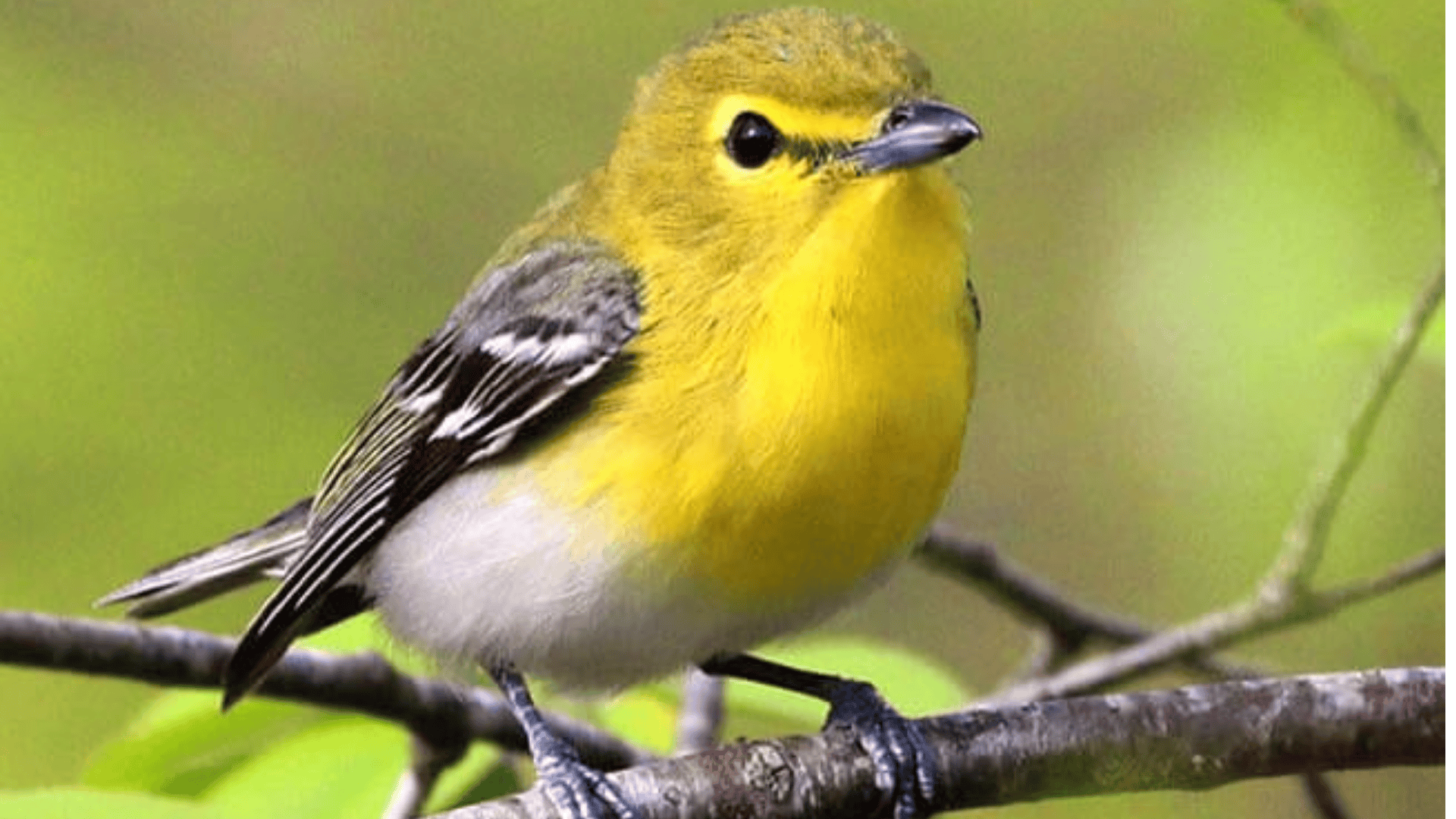
Vireos are a family of small to medium-sized songbirds with relatively large heads, stout bills, and often subdued greenish or grayish plumage.
- Region of Habitat: Throughout the Americas, from Canada to Argentina
- Scientific Name: Family Vireonidae (includes about 34 species)
- Feeding Habits: Primarily insectivorous, gleaning insects from foliage
- What Sound They Make: Repetitive, often questioning phrases, varying by species
Fun Facts
Vireos build distinctive hanging cup-shaped nests attached to tree branches. The Red-eyed Vireo can sing more than 20,000 songs in a single day, making it one of the most vocal North American birds.
9. Verdin
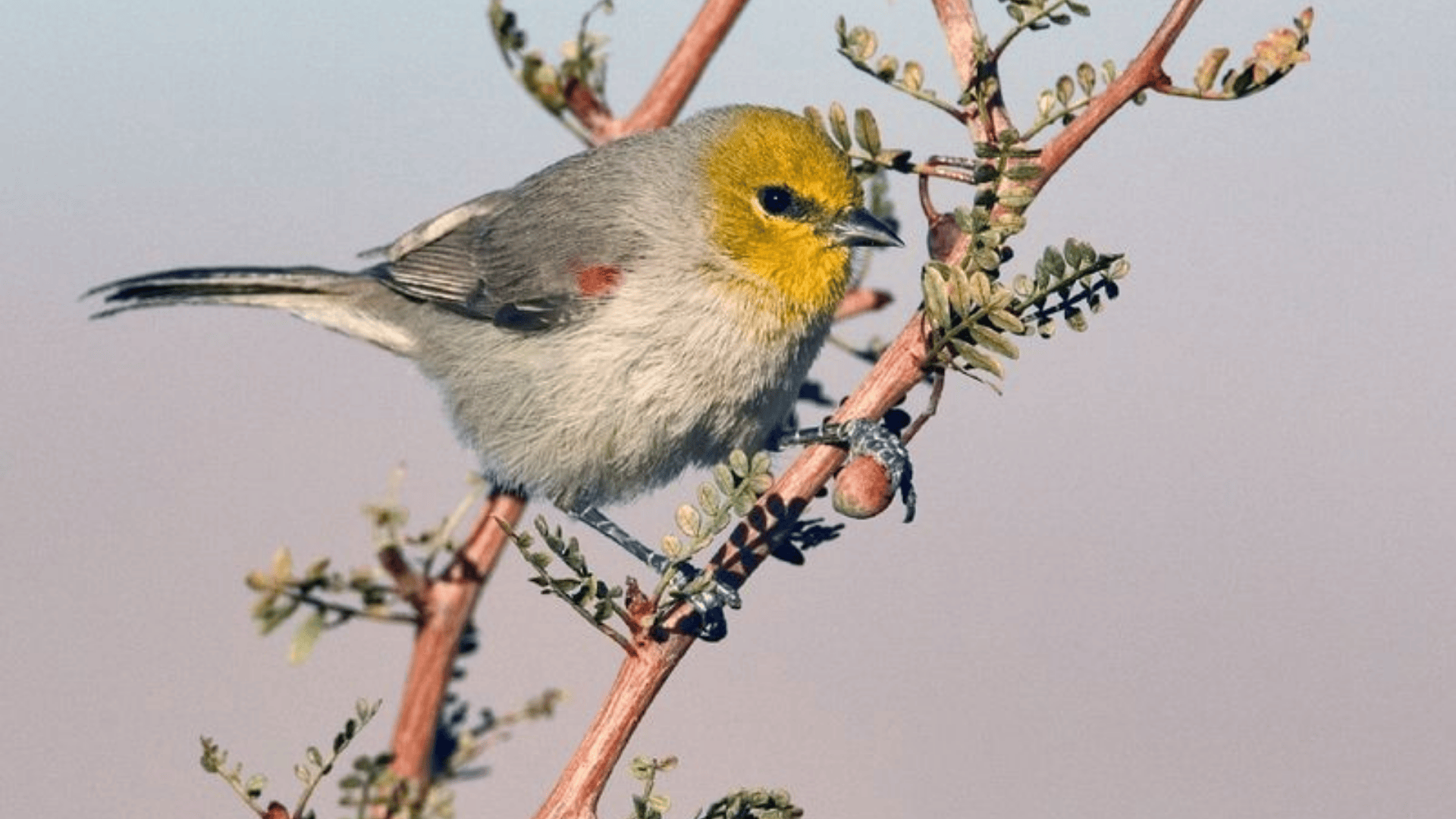
The Verdin is a tiny desert bird with a yellow head, gray body, and chestnut shoulder patch on adults.
- Region of Habitat: Desert regions of the southwestern United States and Mexico
- Scientific Name: Auriparus flaviceps
- Feeding Habits: Insects, spiders, and occasionally nectar and fruit
- What Sound They Make: High-pitched “tseet” calls and a rapid, chattering song
Fun Facts
Verdins build multiple nests throughout the year – insulated breeding nests and more loosely constructed roosting nests for shelter. They’re one of the smallest songbirds in North America, weighing less than a penny.
10. Village Weaver
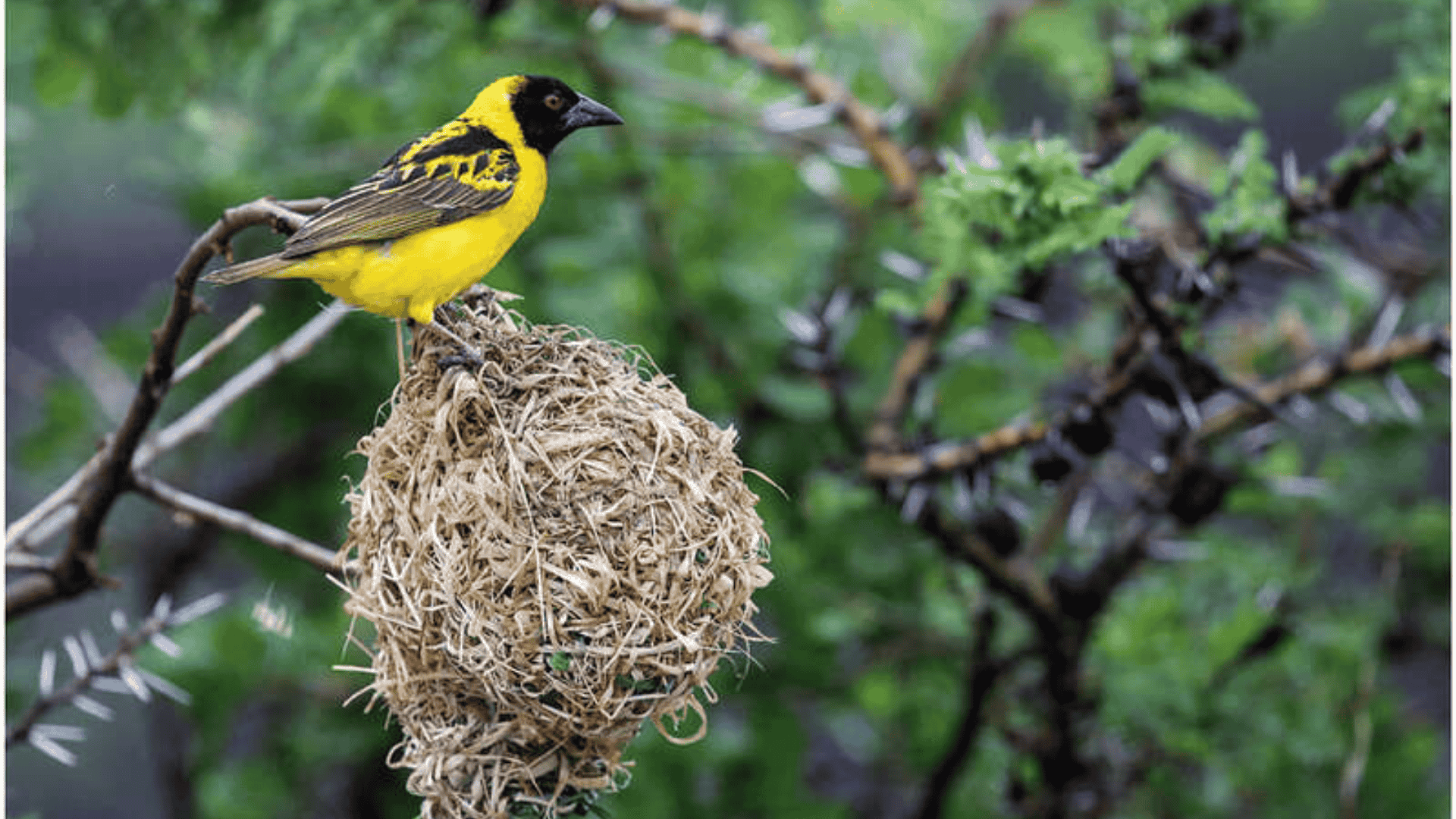
The Village Weaver is a colonial breeding bird known for its woven hanging nests, bright yellow plumage, and black face masks in breeding males.
- Region of Habitat: Sub-Saharan Africa, introduced to Hispaniola and other regions
- Scientific Name: Ploceus cucullatus
- Feeding Habits: Seeds, grains, fruits, and occasionally insects
- What Sound They Make: Series of harsh chatters, squeaks, and buzzes
Fun Facts
A master nest builder, males weave complex, hanging enclosed nests with entrance tunnels to attract females. Colonies can have hundreds of nests in a single tree, creating an impressive natural architecture display.
11. Velvet Scoter
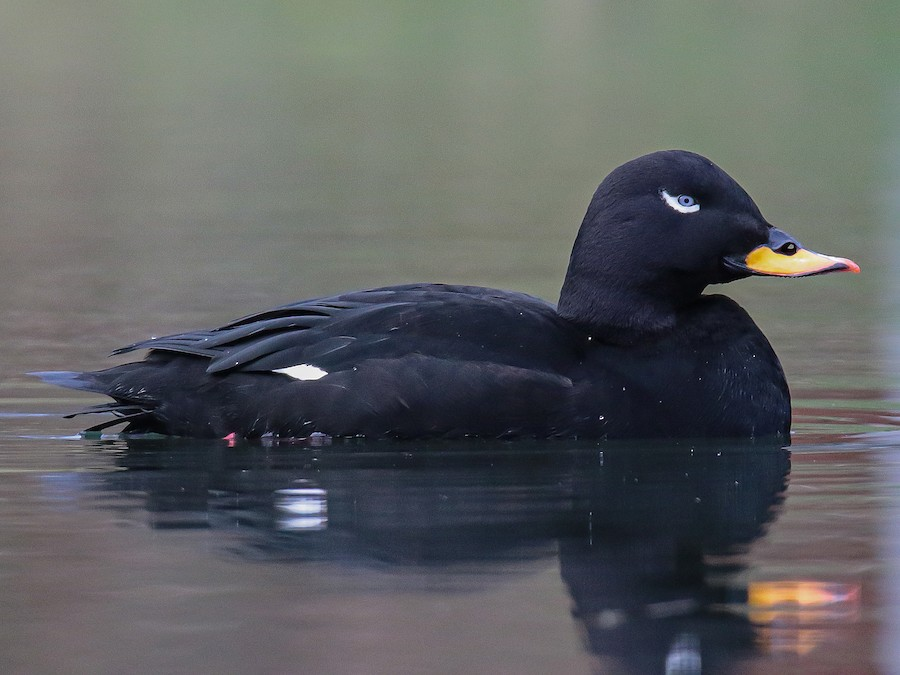
The Velvet Scoter is a large sea duck with males having velvety black plumage, a white eye patch, and an orange-yellow knob on the bill.
- Region of Habitat: Coastal waters and large lakes in northern Europe and Asia
- Scientific Name: Melanitta fusca
- Feeding Habits: Dives for mollusks, crustaceans, and aquatic invertebrates
- What Sound They Make: Generally silent, though males make low cooing sounds during courtship
Fun Facts
They can dive to depths of over 30 feet to forage for food. During molt, they temporarily lose the ability to fly, gathering in large rafts in protected waters for safety.
12. Vaux’s Swift
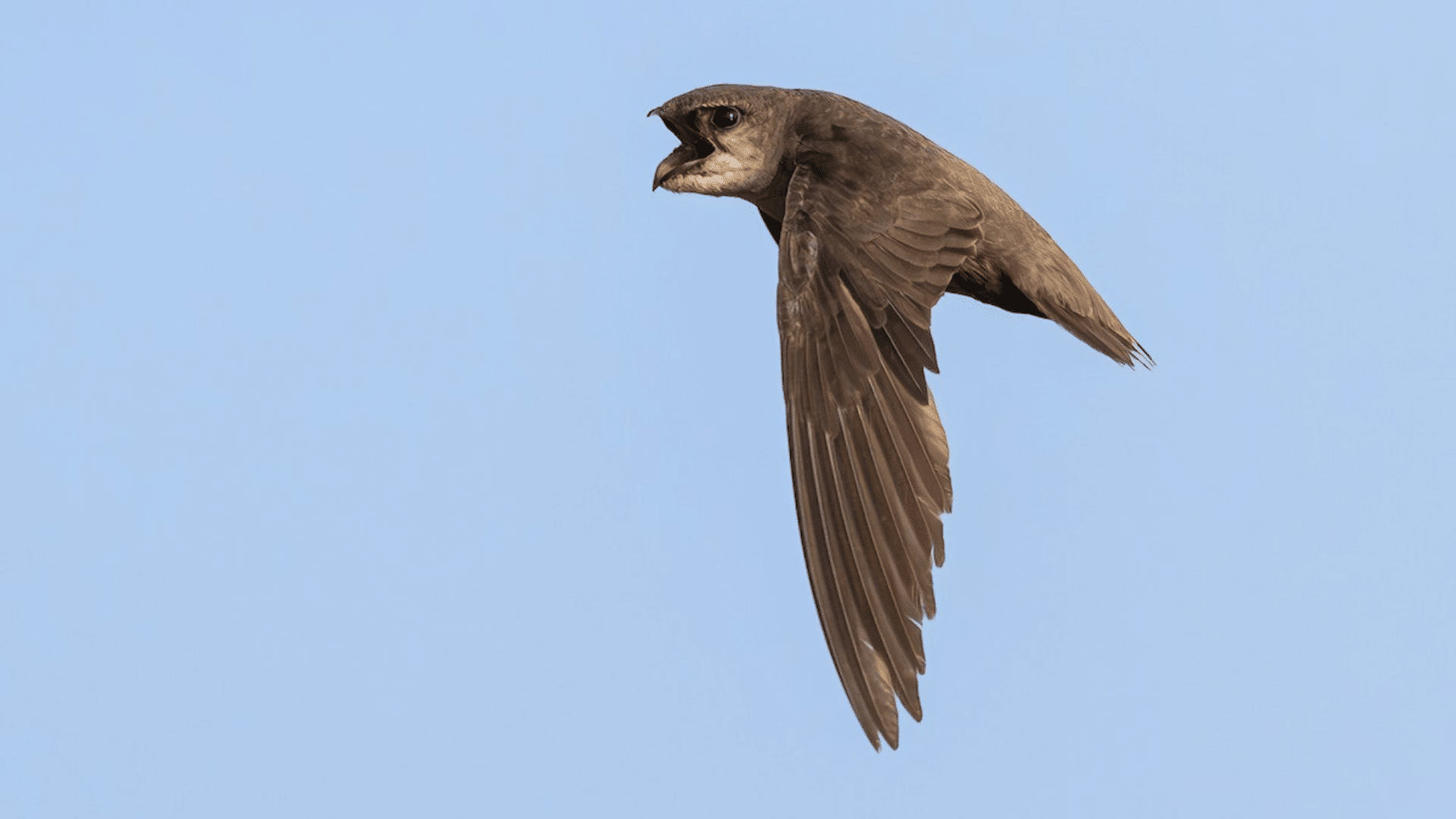
Vaux’s Swift is a small, cigar-shaped bird with long, narrow wings and a short tail that spends almost its entire life in the air.
- Region of Habitat: Western North America from Canada to Central America
- Scientific Name: Chaetura vauxi
- Feeding Habits: Aerial insects caught on the wing
- What Sound They Make: High-pitched, rapid chittering calls
Fun Facts
Unable to perch like other birds, they cling to vertical surfaces and use their stiff tail feathers as props. Before modern chimneys, they nested in hollow trees; now, large flocks often roost in chimneys during migration, creating spectacular swirling displays at dusk.
13. Virginia’s Warbler
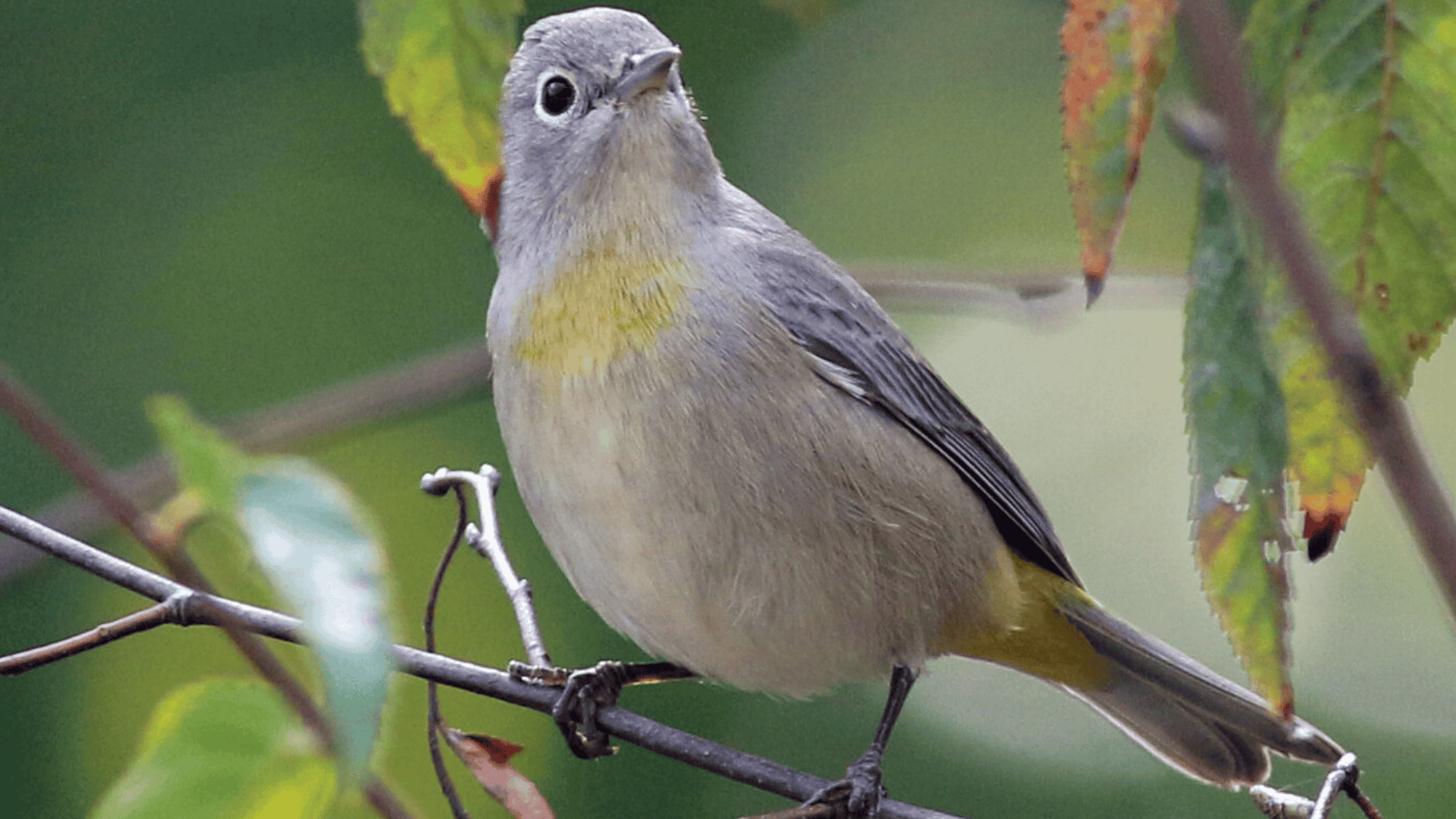
Virginia’s Warbler is a small, gray songbird with yellow undertail coverts and a white eye ring.
- Region of Habitat: Rocky Mountain region of the western United States
- Scientific Name: Leiothlypis virginiae
- Feeding Habits: Primarily insects gleaned from foliage
- What Sound They Make: High, accelerating trill that rises at the end
Fun Facts
Despite its name, this bird doesn’t occur in Virginia – it was named after Virginia Anderson, the wife of the doctor who collected the first specimen. They build their nests on the ground, often on steep slopes, concealed by vegetation.
14. Varied Bunting
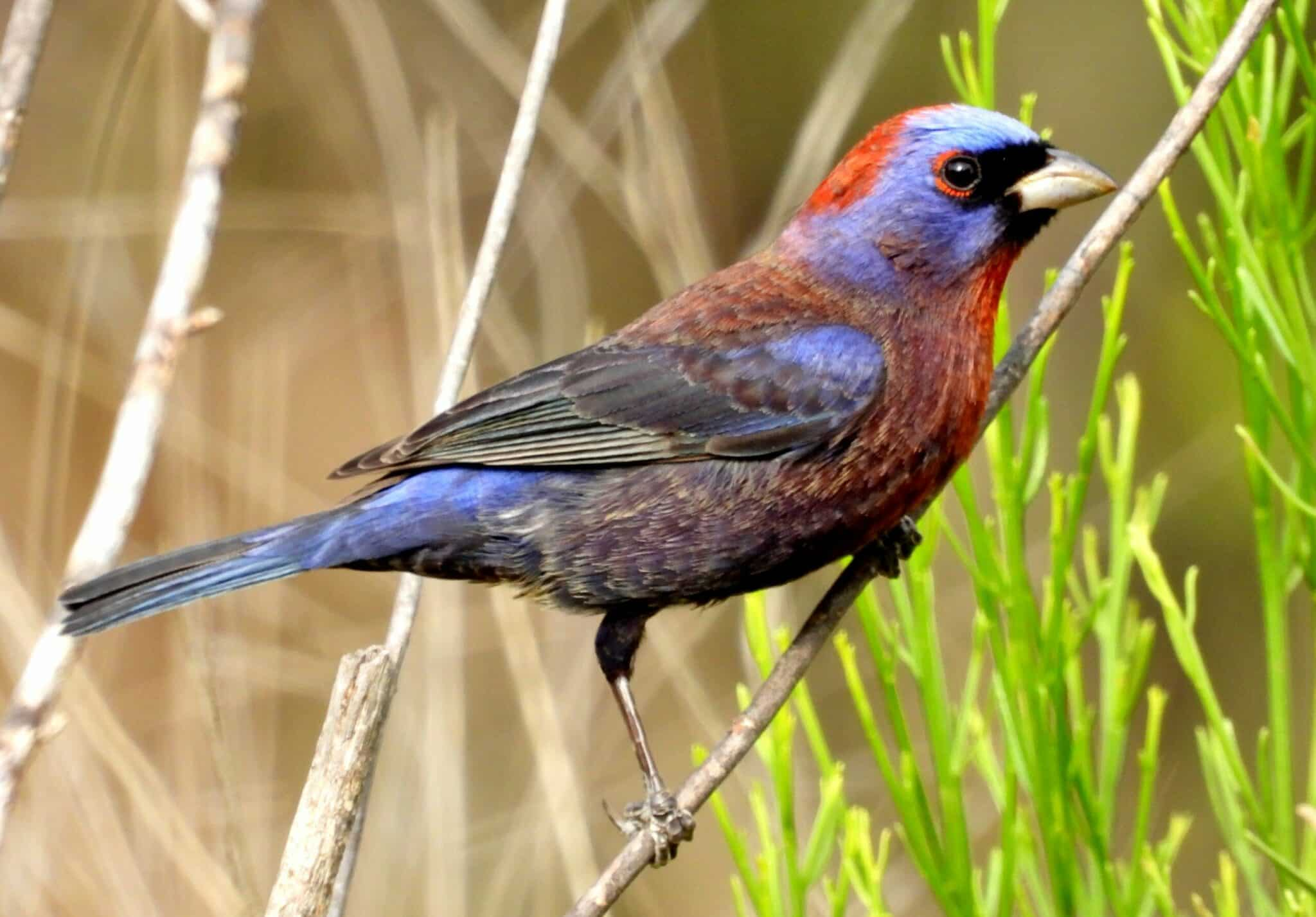
The Varied Bunting is a small, colorful songbird. The breeding male displays an impressive mix of purple, red, and blue plumage.
- Region of Habitat: The Desert scrub of the southwestern United States and Mexico
- Scientific Name: Passerina versicolor
- Feeding Habits: Seeds, fruits, and insects
- What Sound They Make: Warbling, metallic song with varied phrases
Fun Facts
Males molt twice annually, appearing dull and brownish in winter before altering to brilliant colors for breeding season. Their name, “Versicolor,” means “of various colors,” perfectly describing the male’s rainbow appearance.
15. Verditer Flycatcher
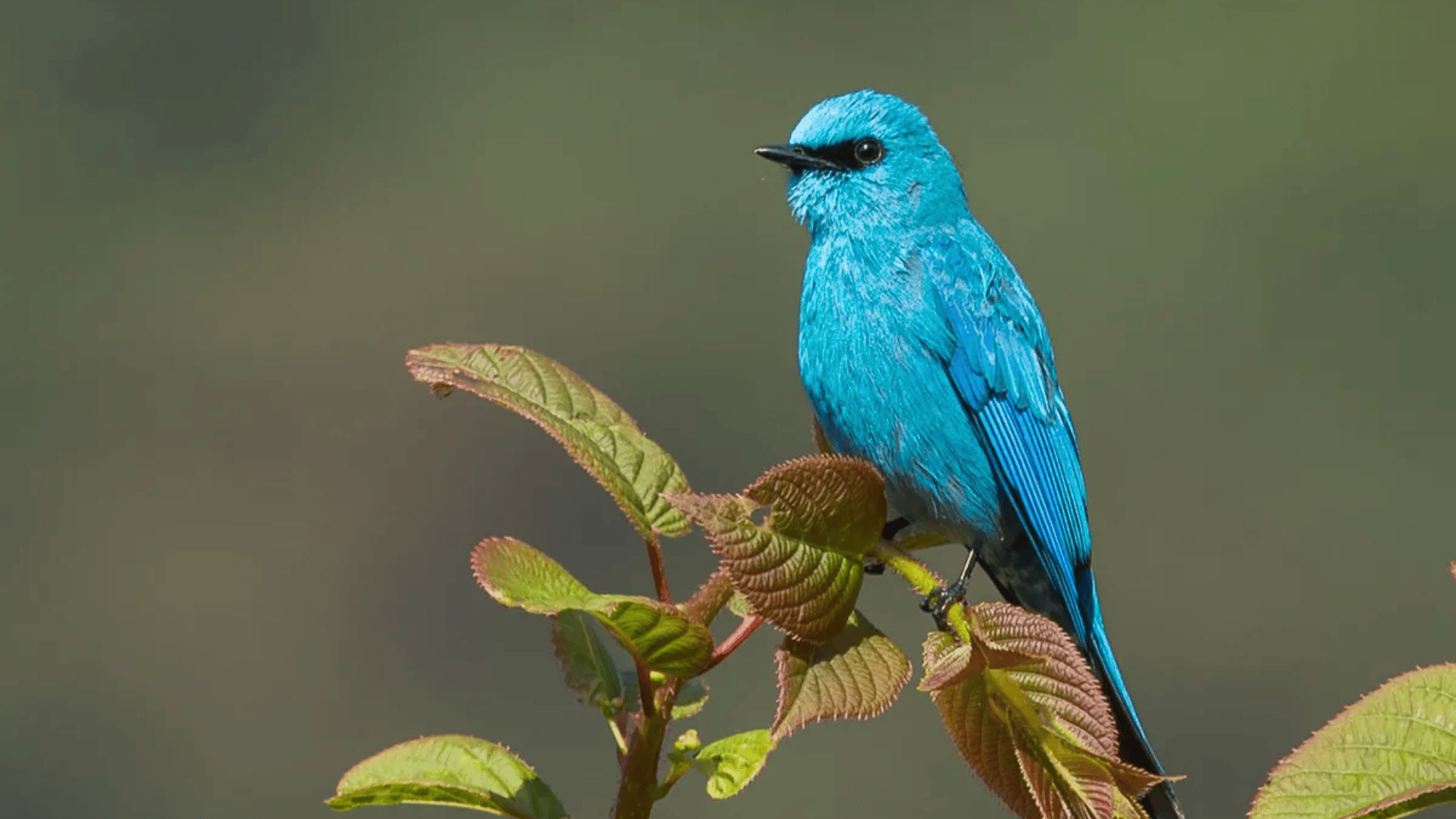
The Verditer Flycatcher is a strikingly bright, turquoise-blue flycatcher that stands out vividly against green forest backgrounds.
- Region of Habitat: Himalayan forests and Southeast Asia
- Scientific Name: Eumyias thalassinus
- Feeding Habits: Flying insects caught in aerial sallies from a perch
- What Sound They Make: Musical, thrush-like whistles and warbles
Fun Facts
The name “verditer” refers to a blue-green pigment historically used by artists, reflecting the bird’s unusual coloration. Unlike many birds, both males and females share the same brilliant blue feathers.
Some More Birds Starting With The Letter ‘V’
16. Variable Oystercatcher
17. Variable Hawk
18. Violet-backed Starling
19. Venezuelan Troupial
20. Volcano Hummingbird
21. Violet-crowned Hummingbird
22. Village Indigobird
23. Variable Seedeater
24. Vega Gull
25. Varied Sittella
26. Varied Tit
27. Violaceous Euphonia
28. Vinous-throated Parrotbill
29. Violet-eared Waxbill
30. Varied Honeyeater
31. Van Hasselt’s Sunbird
32. Velvet-fronted Nuthatch
33. Verreaux’s Eagle
34. Victoria Crowned Pigeon
35. Violet Cuckoo
36. Von der Decken’s Hornbill
37. Vulturine Guineafowl
38. Variable Sunbird
39. Variegated Flycatcher
40. Vegetarian Finch
41. Violet-tailed Sylph
42. Verreaux’s Eagle-owl
43. Variable Goshawk
44. Vernal Hanging Parrot
45. Varied Lorikeet
46. Vinaceous Dove
47. Violet Sabrewing
48. Violet Turaco
49. Vampire Ground Finch
50. Violet-bellied Hummingbird
51. Variable Antshrike
52. Velvet-mantled Drongo
53. Von Schrenck’s Bittern
54. Victoria’s Riflebird
55. Vieillot’s Barbet
56. Variable Wheatear
57. Violet-tailed Sunbird
58. Versicolored Emerald
59. Volcano Junco
60. Velasquez’s Woodpecker
61. Variegated Fairywren
62. Vinaceous-breasted Amazon
63. Violaceous Jay
64. Violet-headed Hummingbird
65. Vogelkop Bowerbird
66. Varied Triller
67. Vierzea Thrush
68. Velvety Black Tyrant
69. Venezuelan Flycatcher
70. Vermiculated Screech Owl
71. Vermilion Cardinal
72. Vermilion Tanager
73. Variegated Tinamou
74. Vervain Hummingbird
75. Vogelkop Superb Bird-of-paradise
76. Vanuatu Kingfisher
77. Variable Oriole
78. Velvet Asity
79. Vinous-breasted Starling
80. Victorin’s Warbler
81. Violaceous Quail-dove
82. Viridian Dacnis
83. Visayan Hornbill
84. Vitelline Masked Weaver
85. Volcano Swiftlet
86. Vulturine Parrot
87. Van Dam’s Vanga
88. Vanikoro Flycatcher
89. Vanuatu Megapode
90. Vanuatu Petrel
91. Variegated Antpitta
92. Variegated Laughingthrush
93. Varzea Piculet
94. Vaurie’s Nightjar
95. Velvet-browed Brilliant
96. Velvet-fronted Euphonia
97. Velvet-purple Coronet
98. Venezuelan Bristle Tyrant
99. Venezuelan Flowerpiercer
100. Venezuelan Parakeet
101. Venezuelan Sylph
102. Venezuelan Tyrannulet
103. Venezuelan Wood Quail
104. Veracruz Wren
105. Veraguan Mango
106. Vermiculated Fishing Owl
107. Verreaux’s Coua
108. Verreaux’s Monal-partridge
109. Versicolored Barbet
110. Versicolored Monarch
111. Vieillot’s Black Weaver
112. Vietnamese Crested Argus
113. Vietnamese Cutia
114. Vietnamese Greenfinch
115. Vigors’s Sunbird
116. Vilcabamba Brushfinch
117. Vilcabamba Tapaculo
118. Vilcabamba Thistletail
119. Vinaceous Rosefinch
120. Vincent’s Bunting
121. Vinous-breasted Sparrowhawk
122. Violaceous Coucal
123. Violet Crow
124. Violet Wood Hoopoe
125. Violet-backed Hyliota
126. Violet-breasted Sunbird
127. Violet-capped Hummingbird
128. Violet-capped Woodnymph
129. Violet-chested Hummingbird
130. Violet-fronted Brilliant
131. Violet-hooded Starling
132. Violet-necked Lory
133. Violet-throated Metaltail
134. Violet-throated Starfrontlet
135. Viridian Metaltail
136. Visayan Blue Fantail
137. Visayan Broadbill
138. Visayan Bulbul
139. Visayan Fantail
140. Visayan Miniature Babbler
141. Visayan Pygmy Babbler
142. Vitelline Warbler
143. Vivid Niltava
144. Vogelkop Melidectes
145. Vogelkop Owlet-nightjar
146. Vogelkop Scrubwren
147. Vogelkop Whistler
148. Variegated Bristle Tyrant
149. Varzea Schiffornis
150. Velvet Flycatcher
151. Velvet-fronted Grackle
152. Vanuatu Imperial Pigeon
153. Vanuatu White-eye
154. Vanikoro Monarch
155. Vanikoro White-eye
156. Variable Shrikethrush
157. Varied Solitaire
To Sum It Up
This colorful parade of V-named birds, a single letter of the alphabet, contains a world of avian diversity worth appreciating.
These birds, from the widespread to the rare, each play vital roles in their habitats while displaying nature’s boundless creativity.
The striking adaptations we’ve observed—specialized bills, territorial displays, unique nesting behaviors—reveal how these birds have mastered survival across varied landscapes.
Their brilliant plumages, distinctive songs, and remarkable flying abilities remind us of the wonders awaiting observation in wild places.
If you’re interested in more informative animal and wildlife content, feel free to click here and explore other blogs that you might enjoy!

